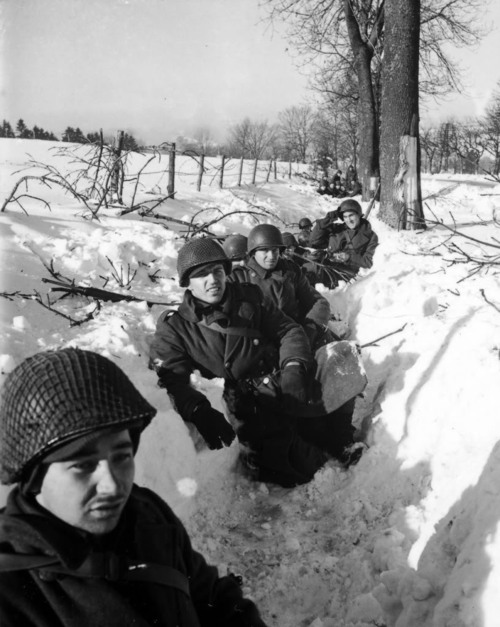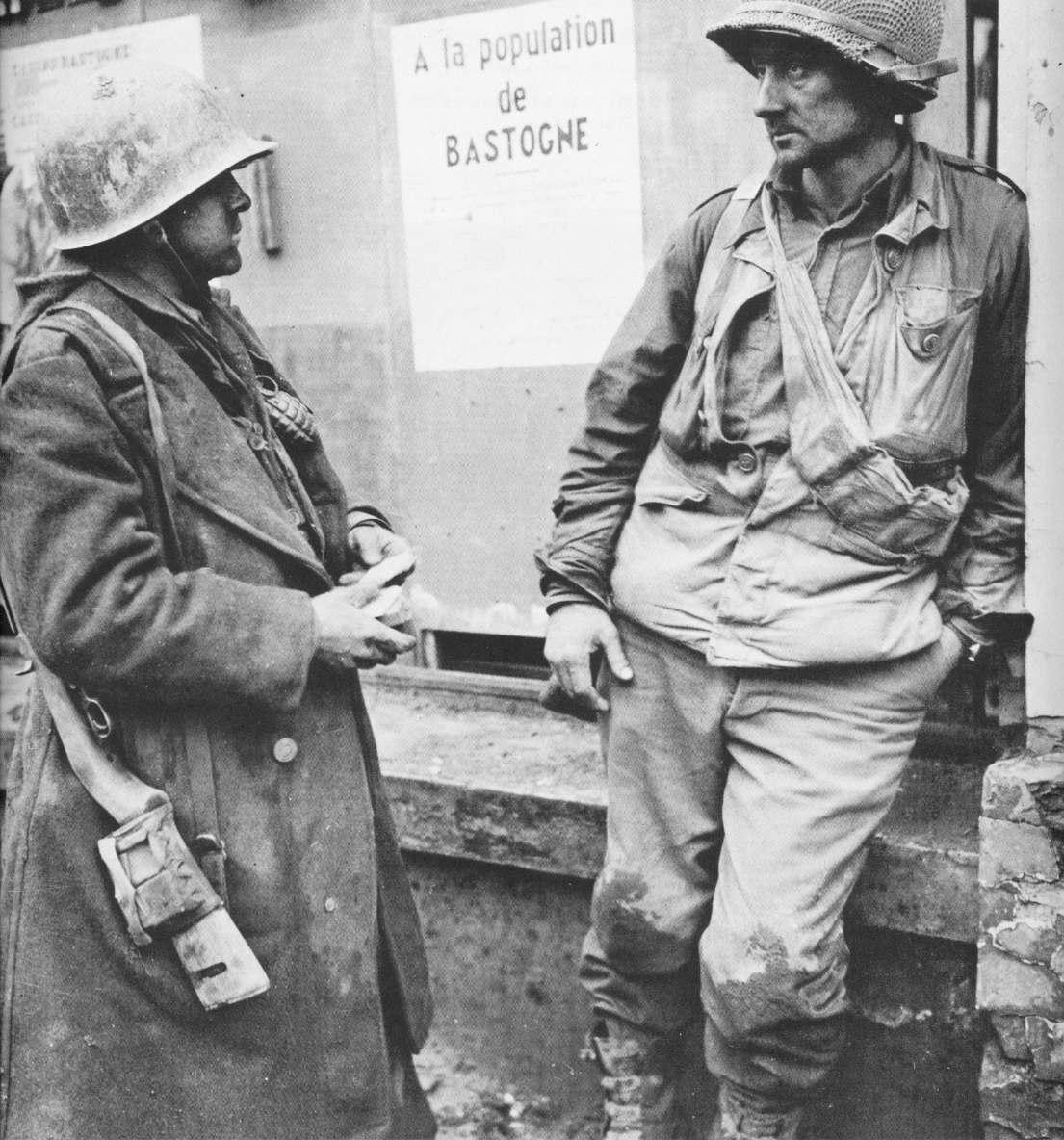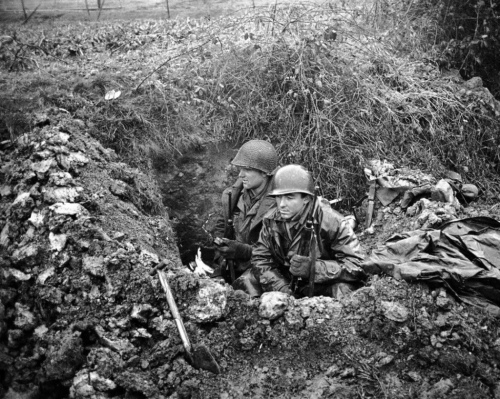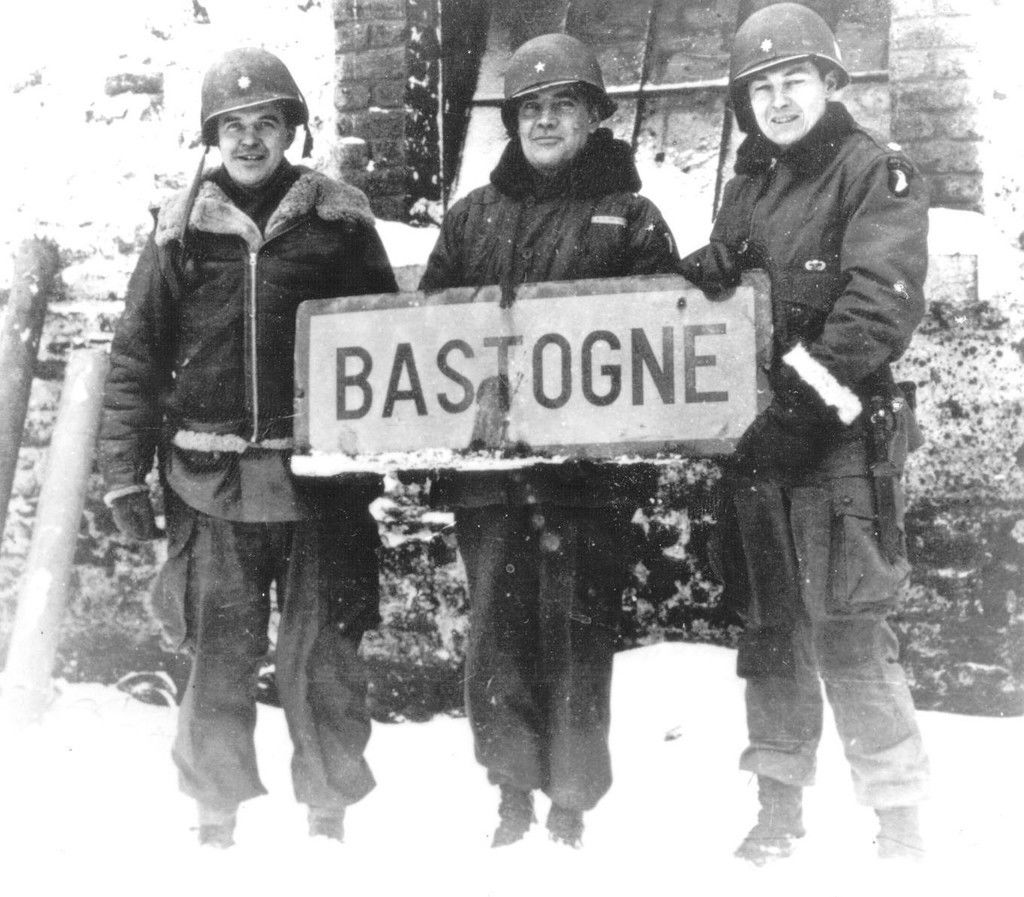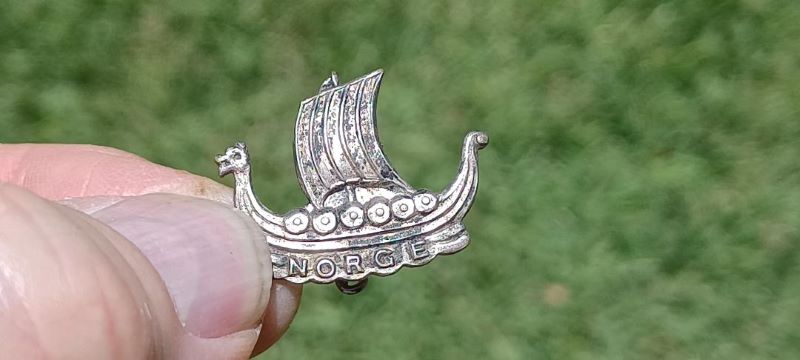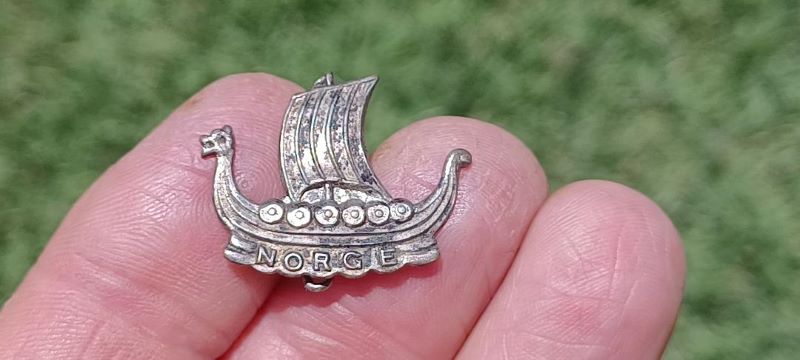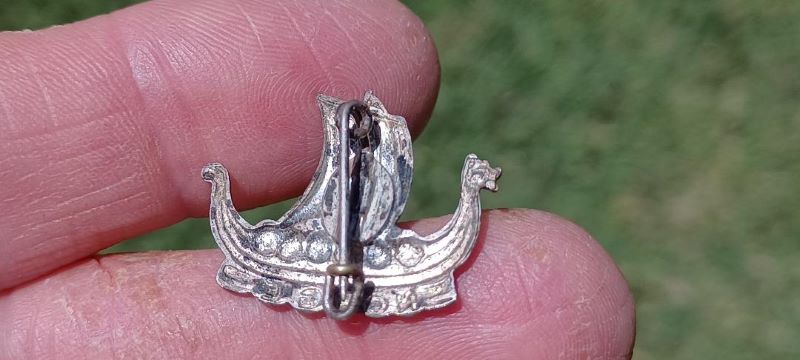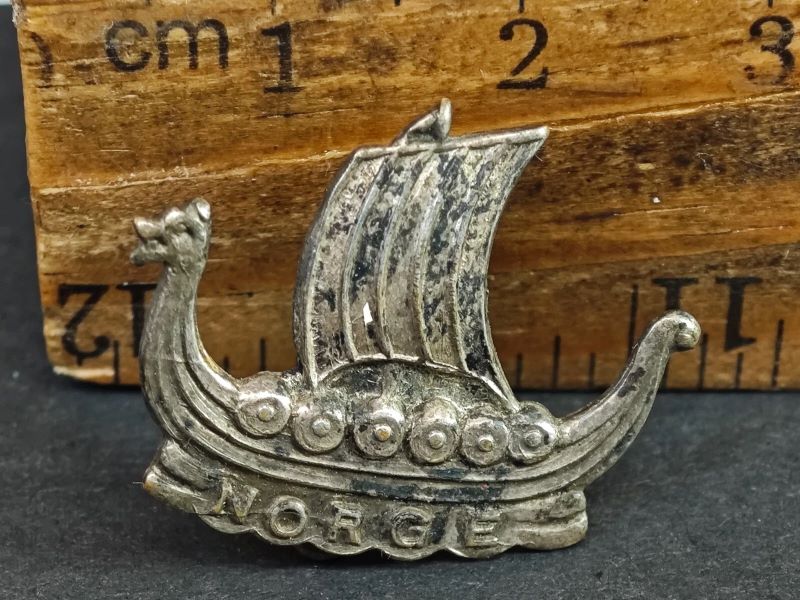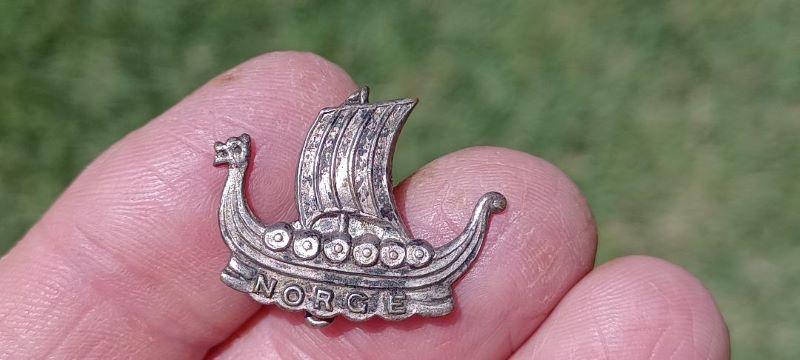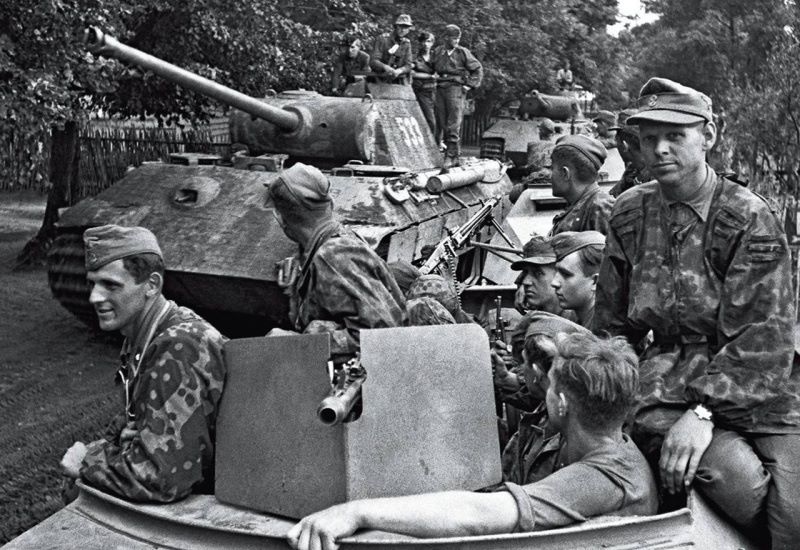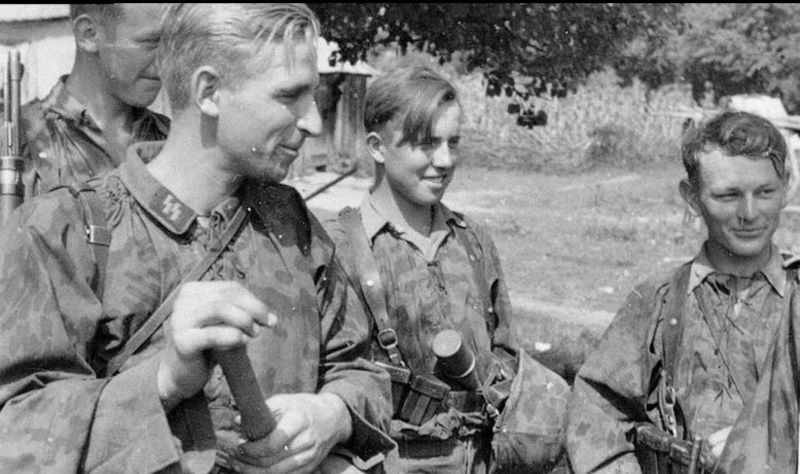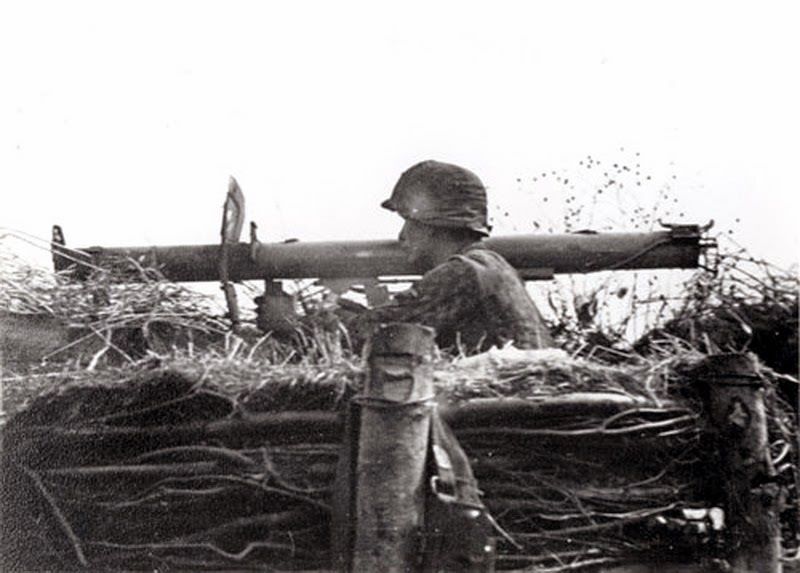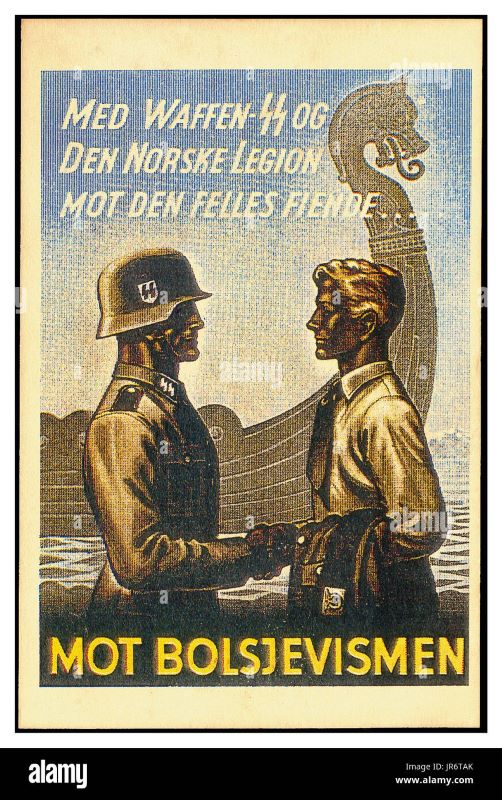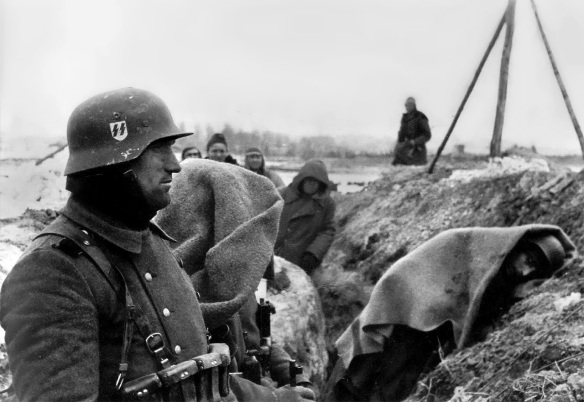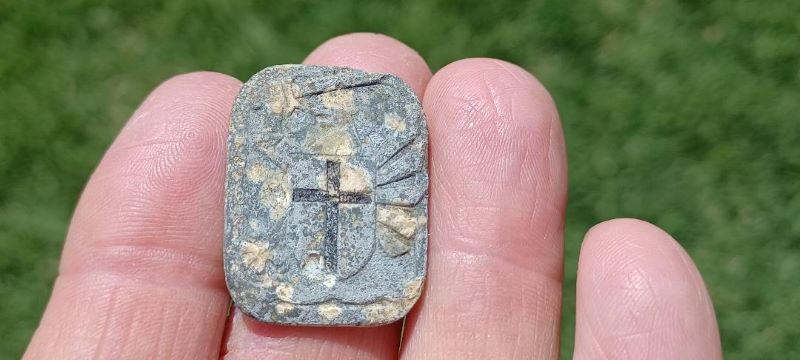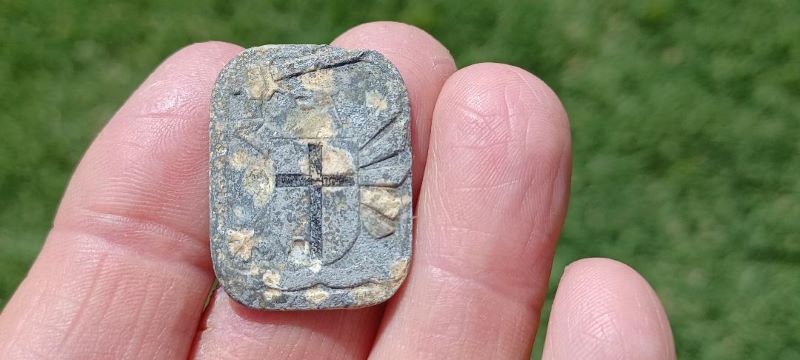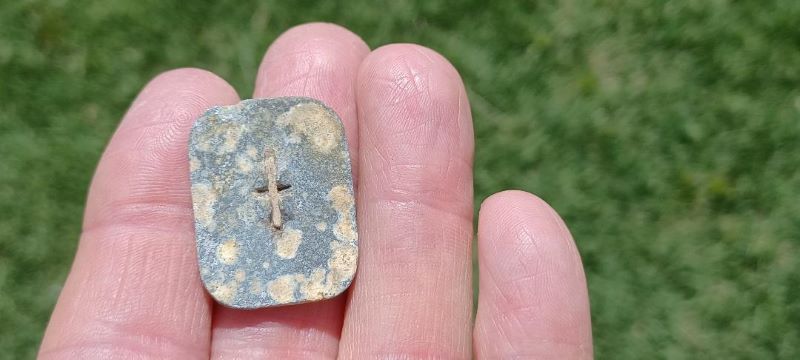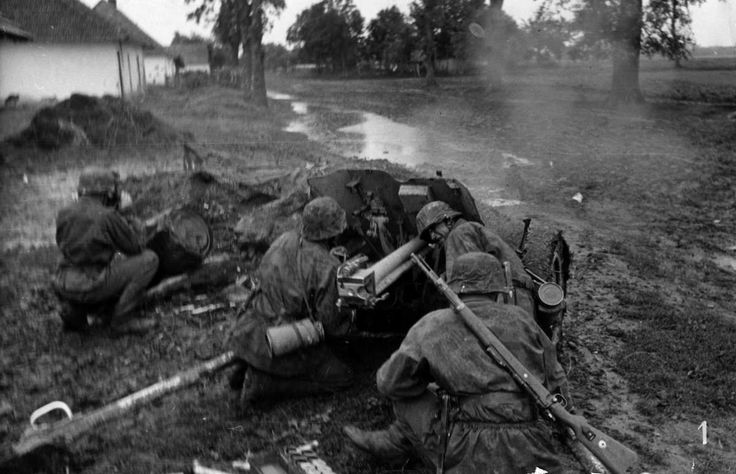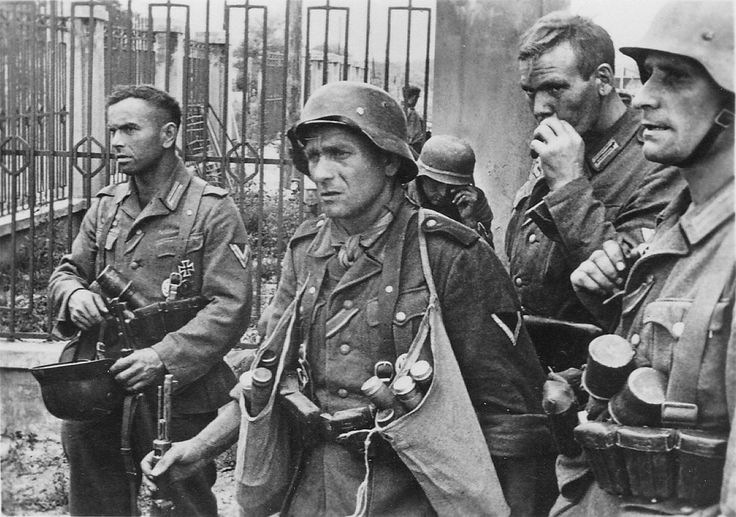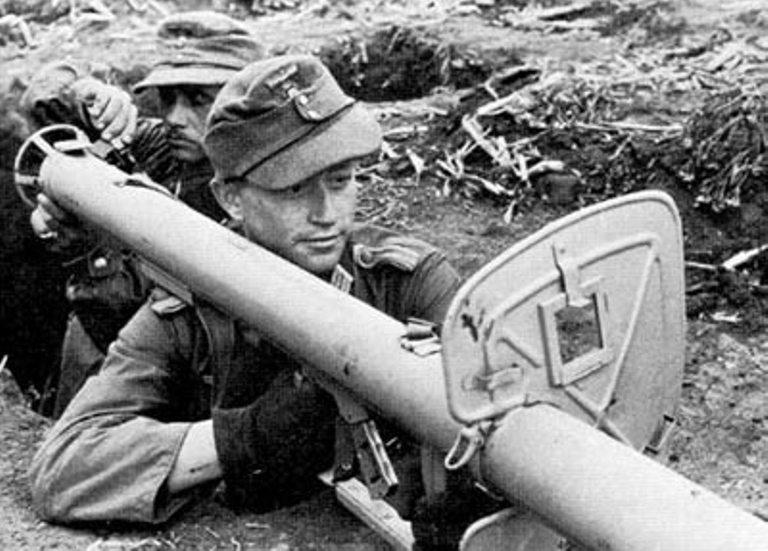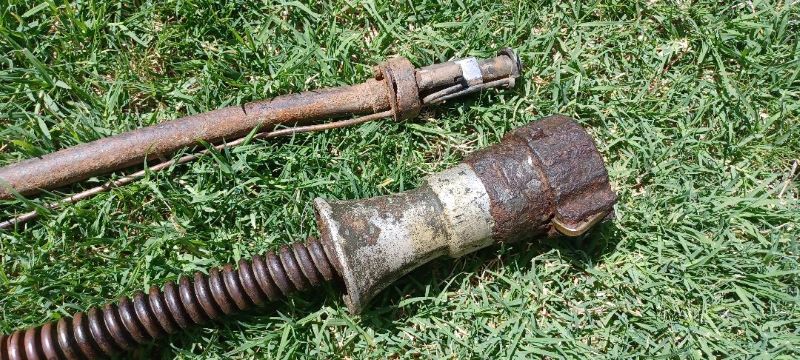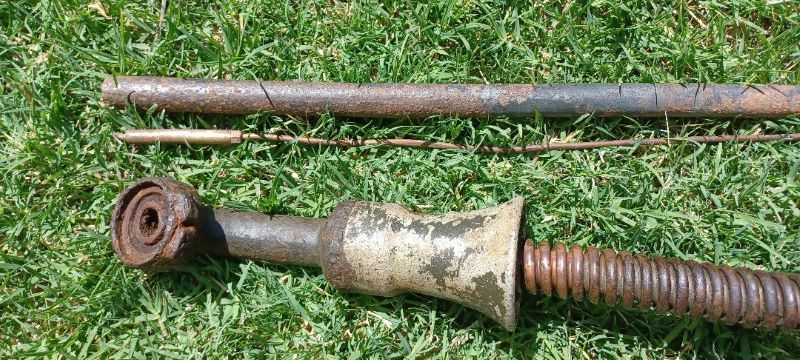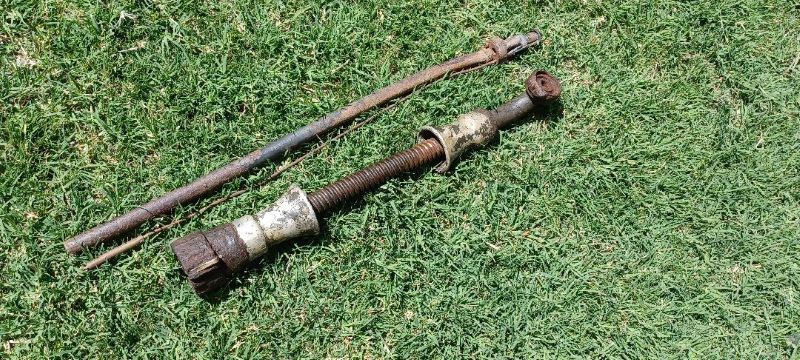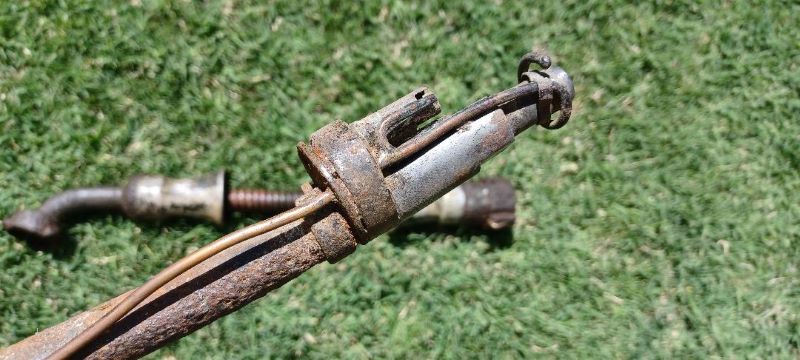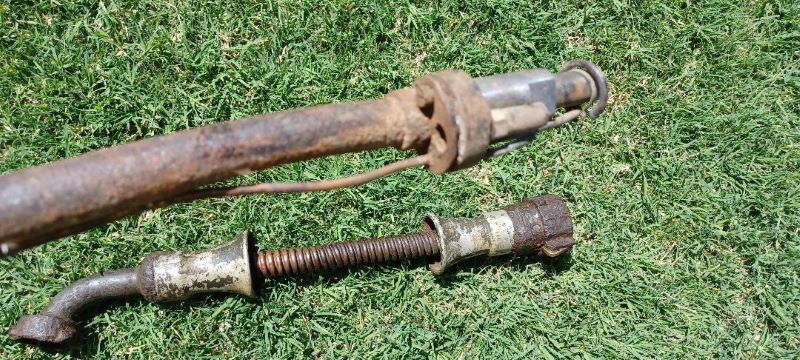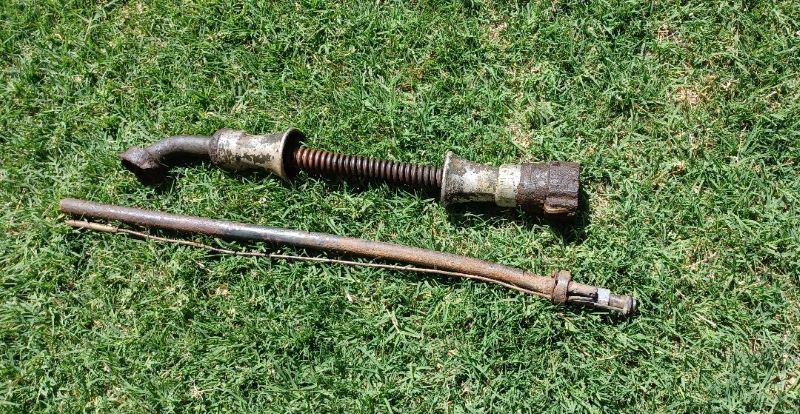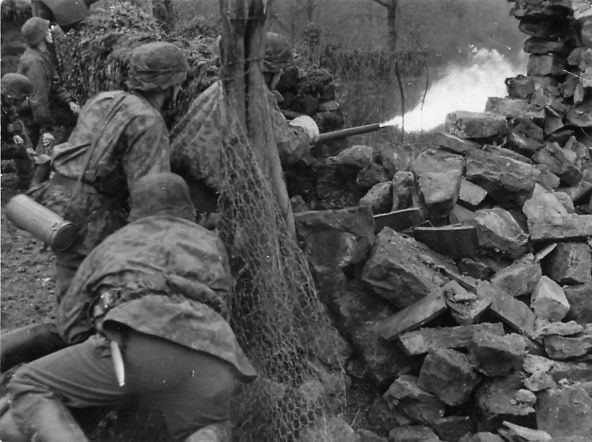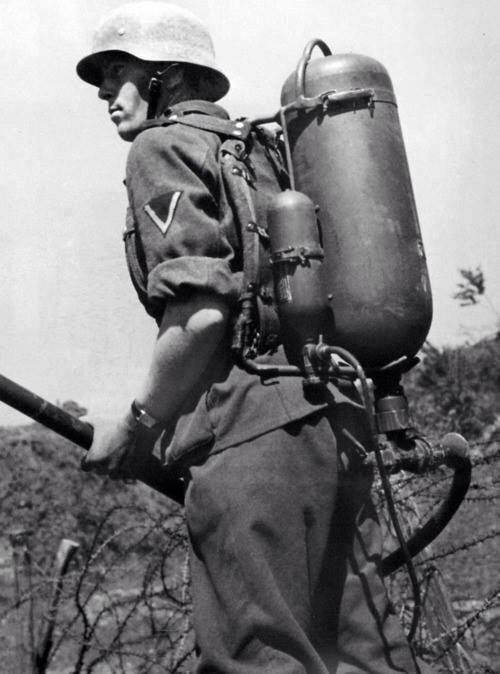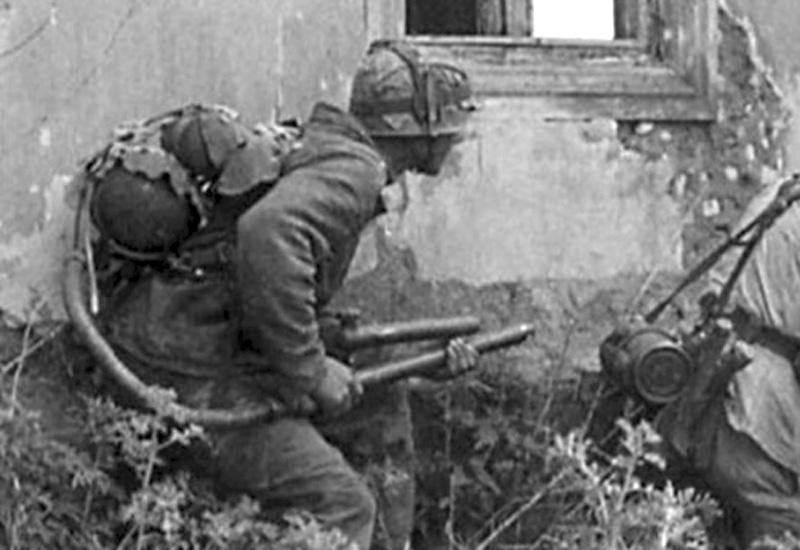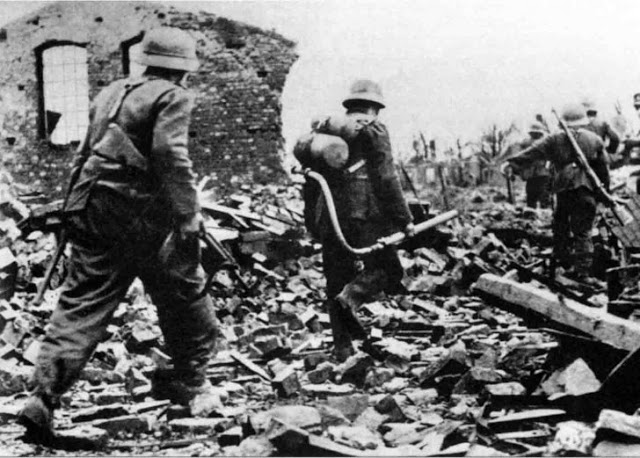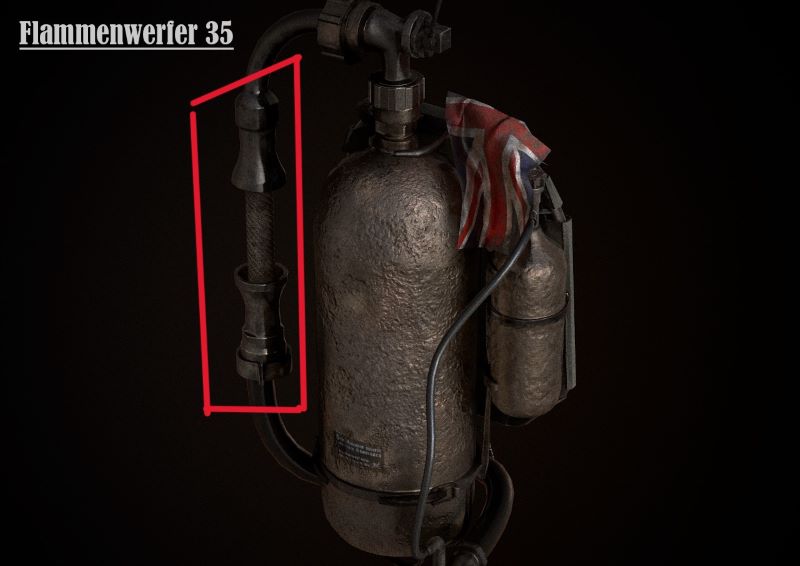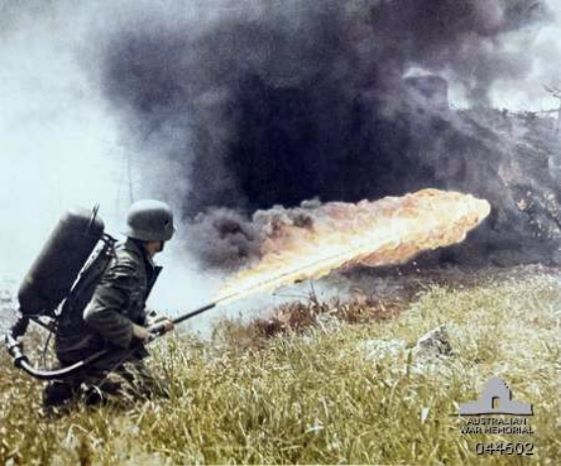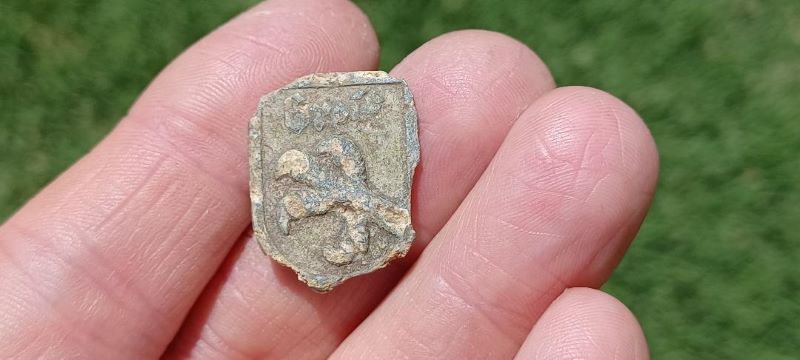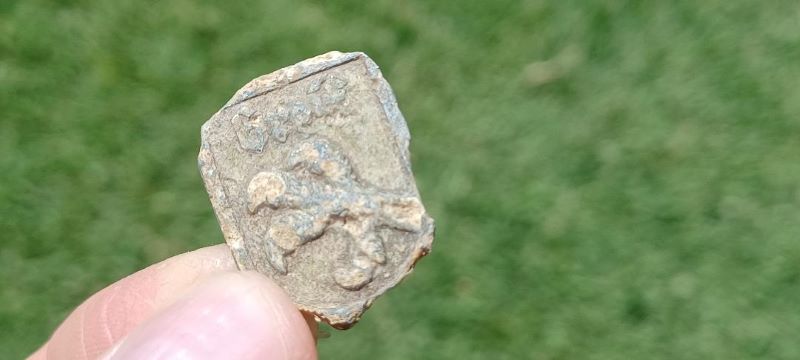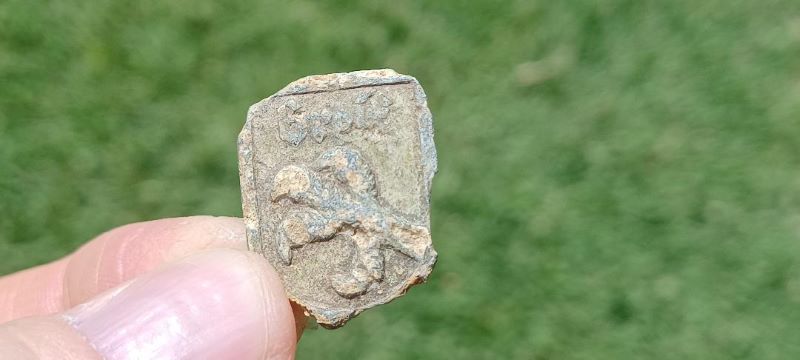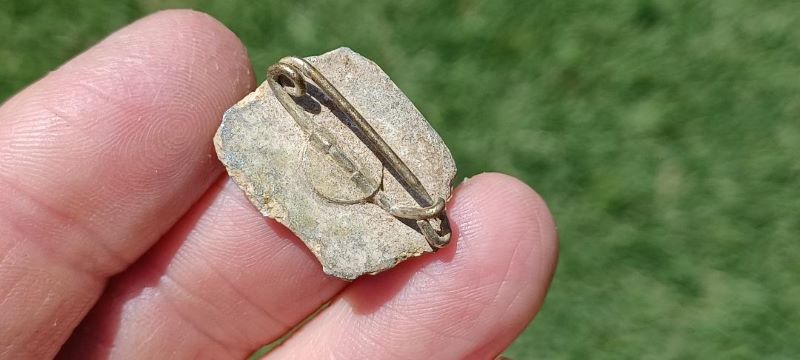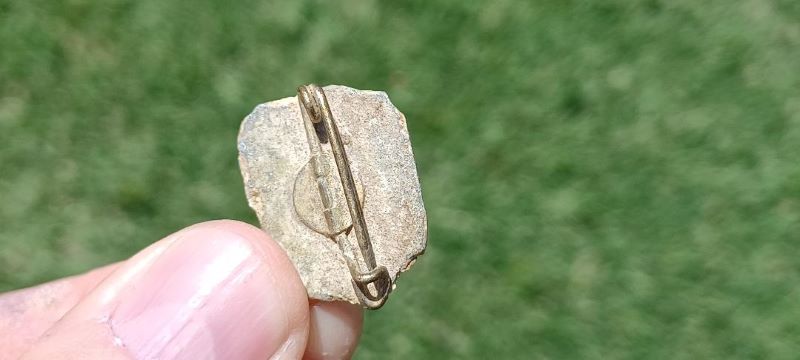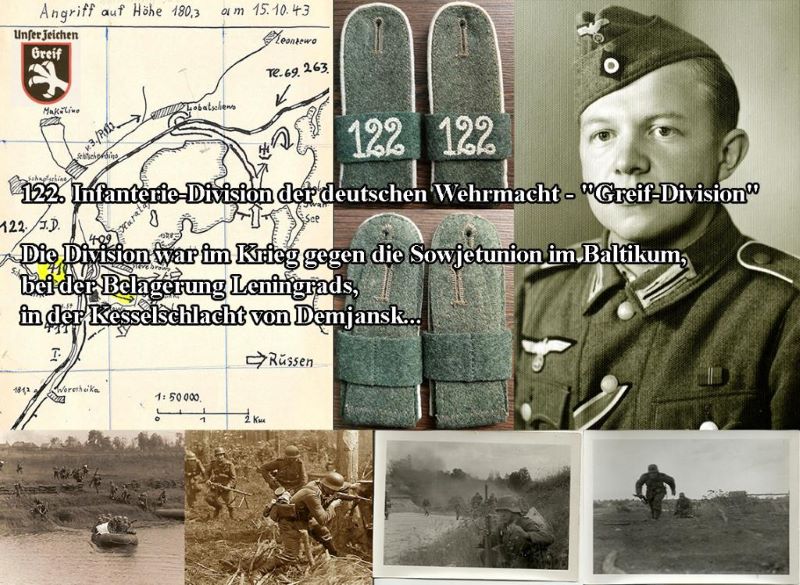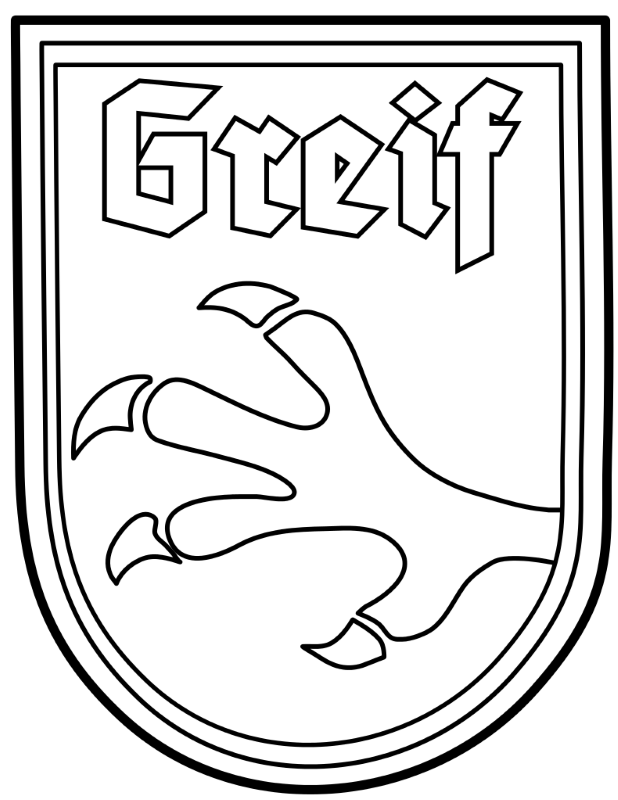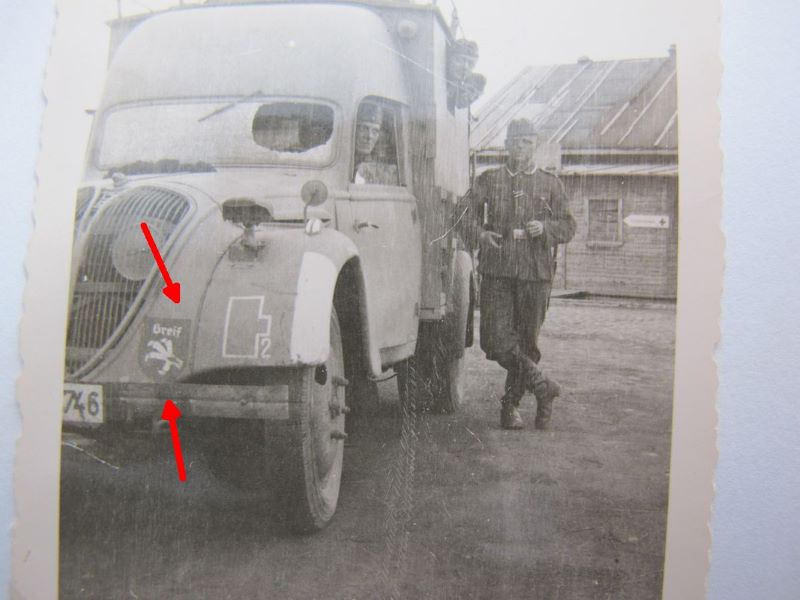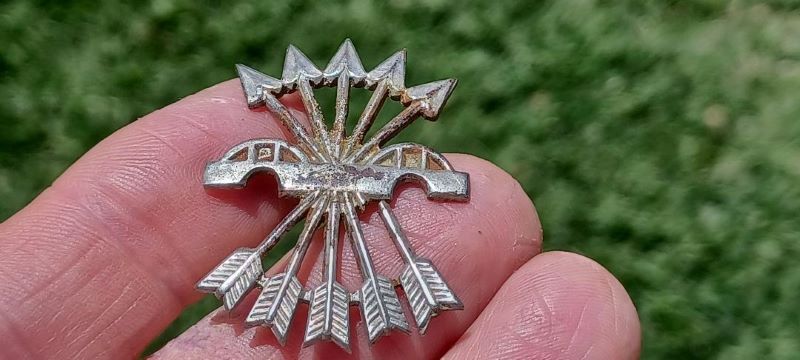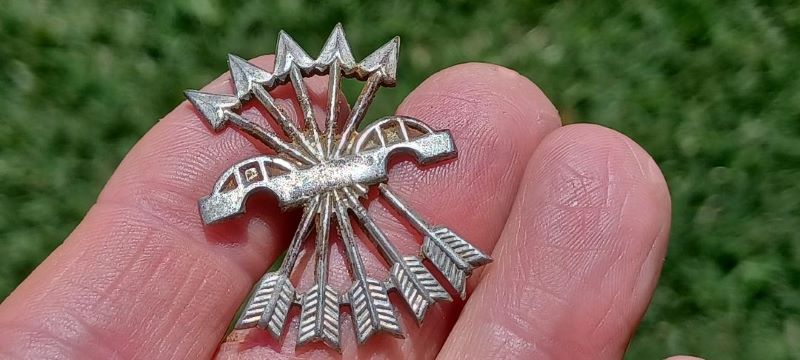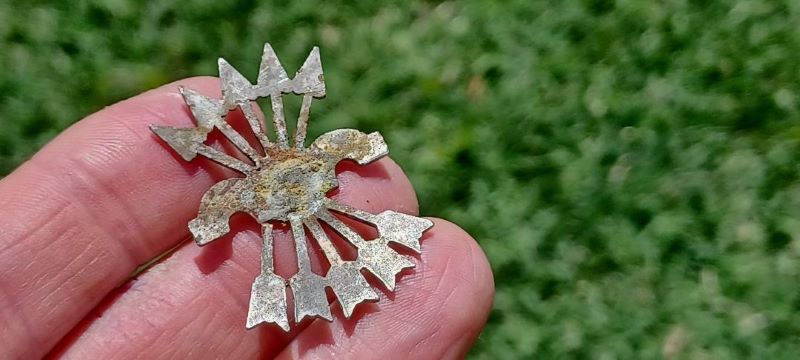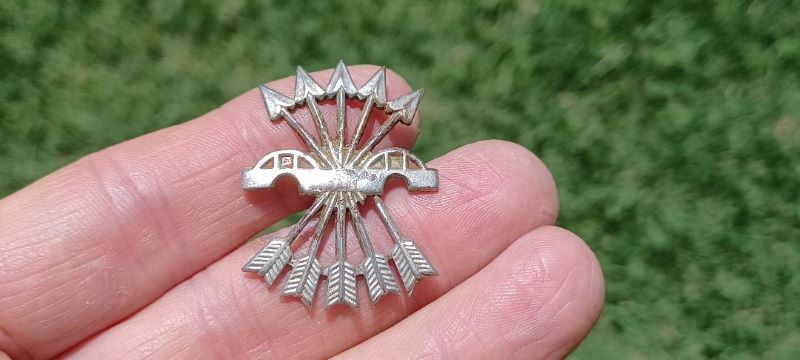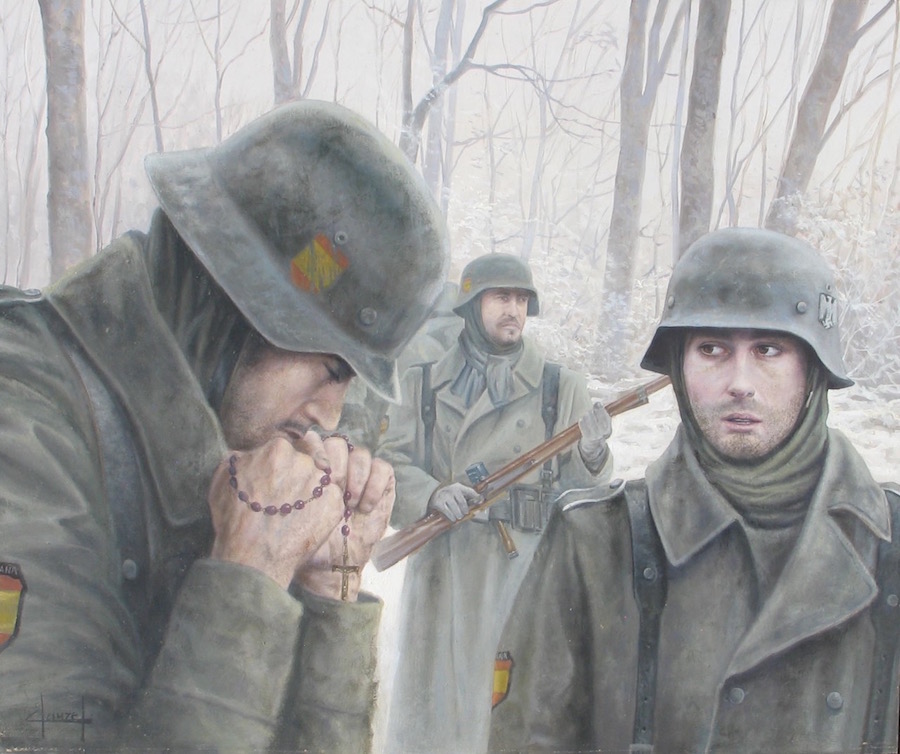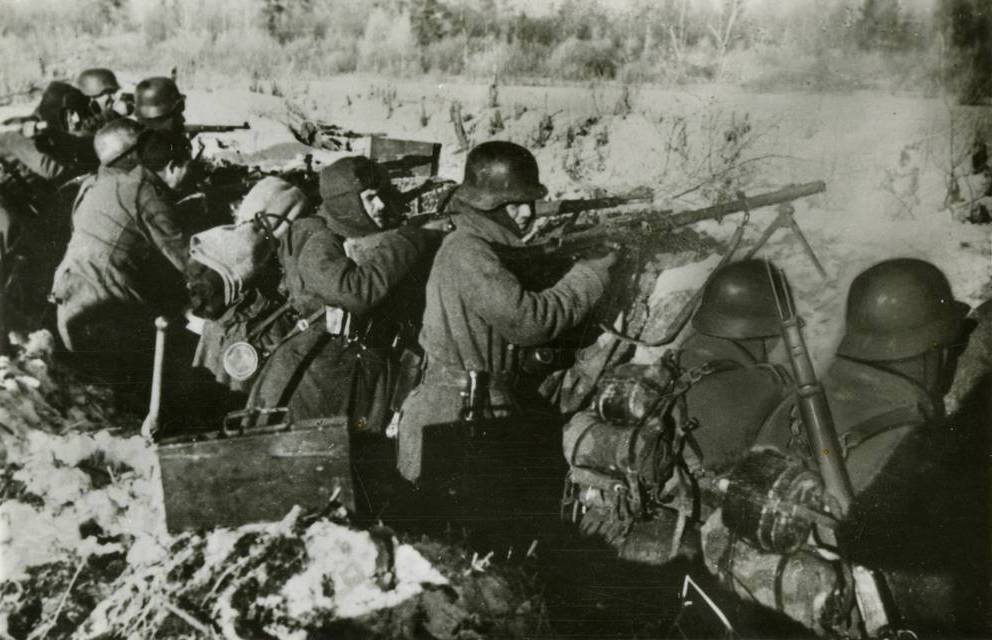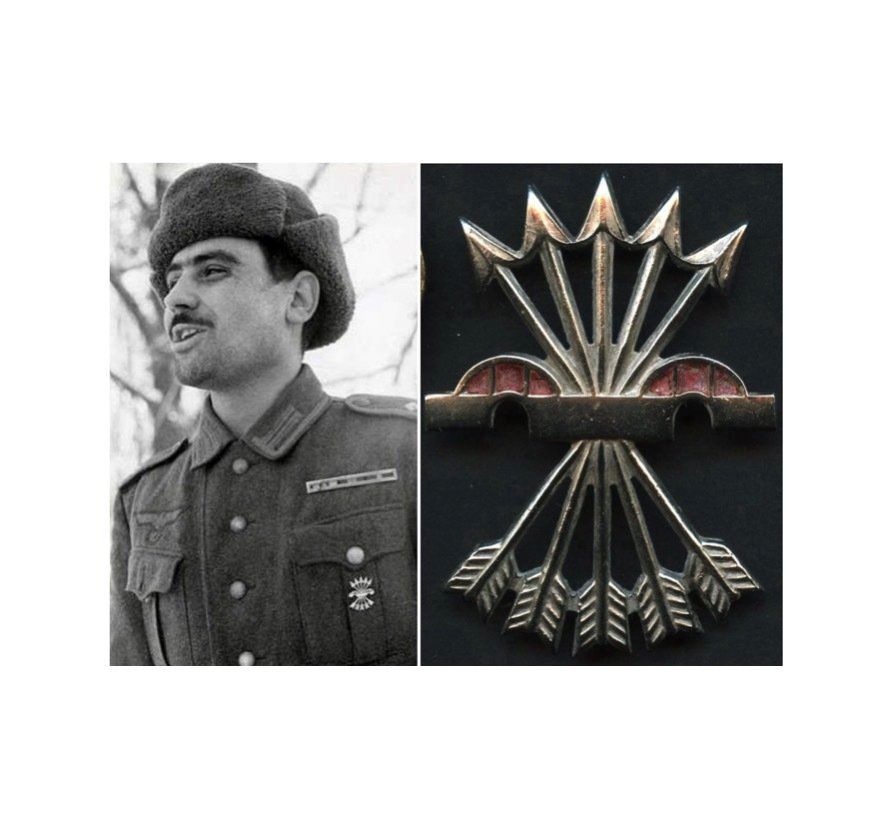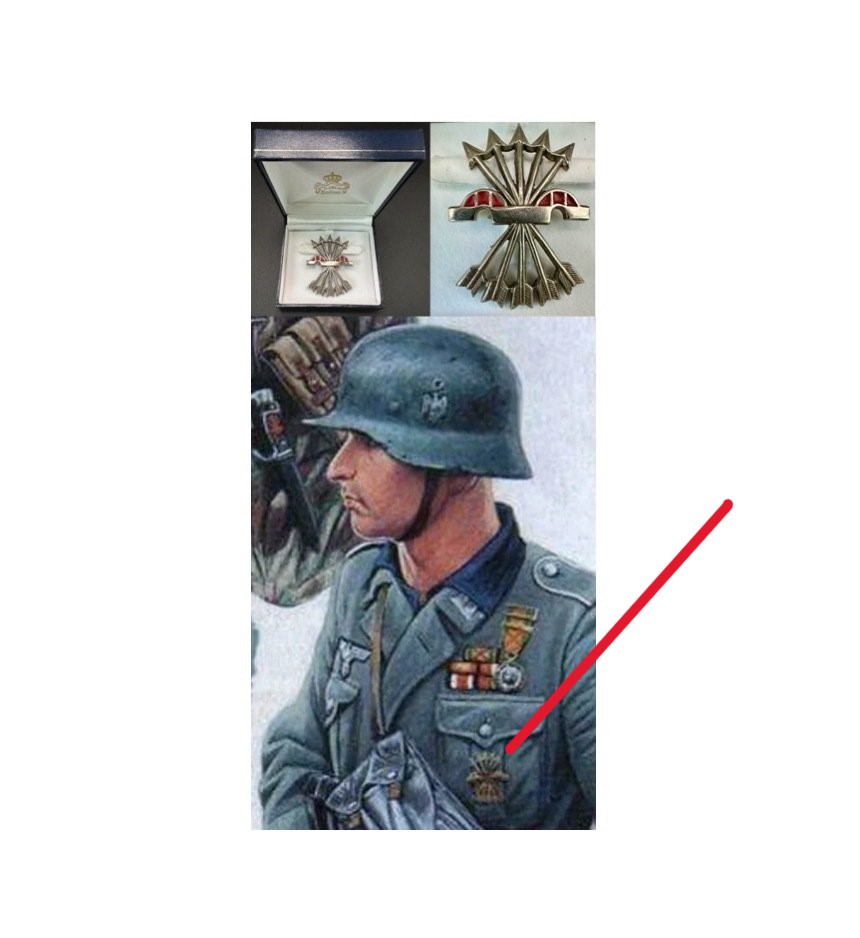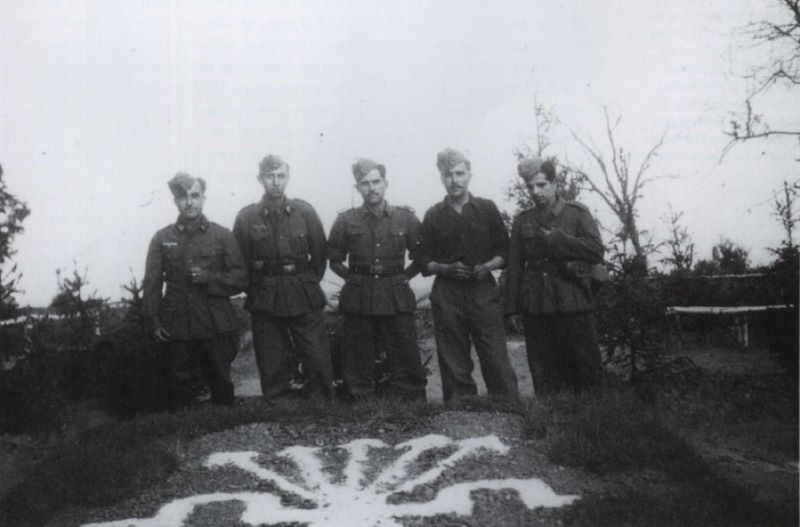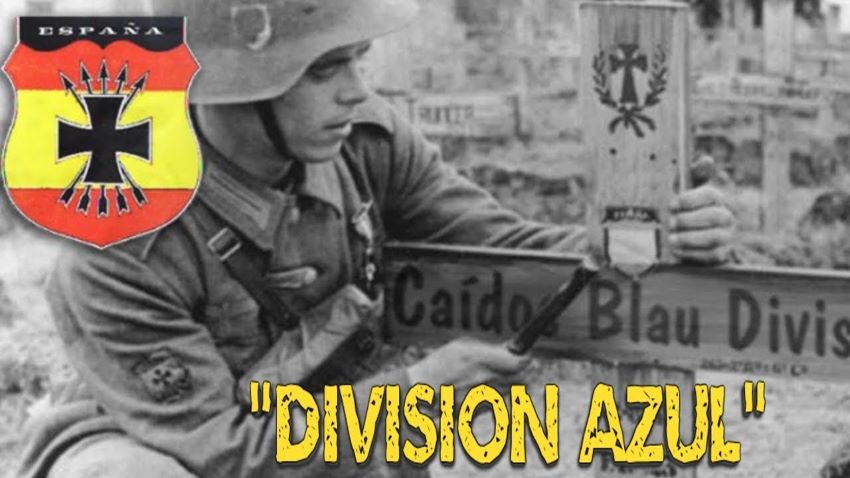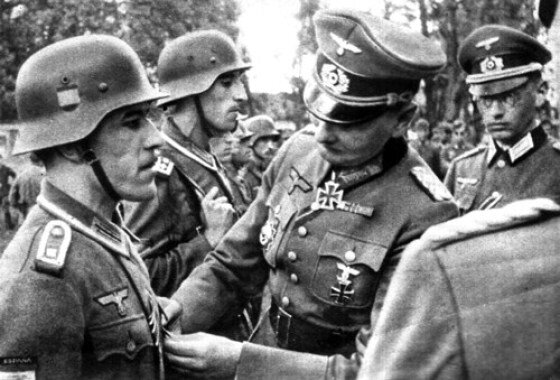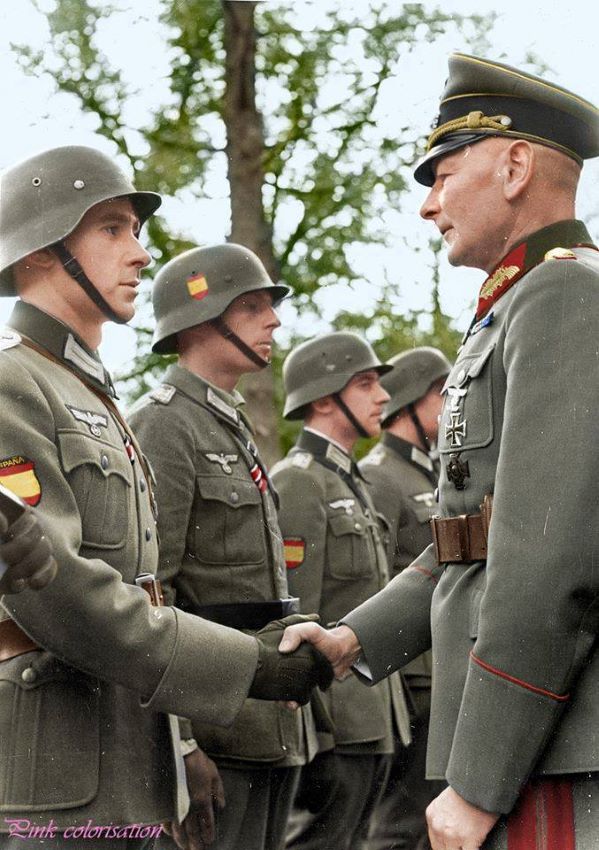|
Offering the rarest of the rare, most sought after GREAT WAR RELICS.
May God bless those who served. May His light be your guide. CONTACT
|
NEW RELICS |
IMPORTANT HISTORICAL MUSEUM-WORTHY ARTIFACT FIND ! Original D-DAY WWII "Dive Recovered Seabed Fossilized 20mm US Shell embedded in seabed ! ( Recovered Omaha Beach ) Here is an absolutely fascinating unique and historic museum artifact relic ! An original D-DAY Omaha Beach dive recovered 20mm shell round embedded in fossilozed seabed ,with seashells attached and encrused ! this artifact was recovered in the 1980s in a slavage expedition. commonly known as Omaha, was the code name for one of the five sectors of the Allied invasion of German-occupied France in the Normandy landings on 6 June 1944, during World War II. Omaha is located on the coast of Normandy, France, facing the English Channel, and is 5 miles (8 km) long, from east of Sainte-Honorine-des-Pertes to west of Vierville-sur-Mer on the right bank of the Douve River estuary. Landings here were necessary in order to link up the British landings to the east at Gold with the American landing to the west at Utah, thus providing a continuous lodgement on the Normandy coast of the Bay of the Seine. Taking Omaha was to be the responsibility of United States Army troops, with sea transport and naval artillery support provided by the U.S. Navy and elements of the British Royal Navy. On D-Day, the untested 29th Infantry Division, joined by the veteran 1st Infantry Division and nine companies of U.S. Army Rangers redirected from Pointe du Hoc, were to assault the western half of the beach. The battle-hardened 1st Infantry Division was given the eastern half. The initial assault waves, consisting of tanks, infantry, and combat engineer forces, were carefully planned to reduce the coastal defenses and allow the larger ships of the follow-up waves to land. LOA Provided / Free US Shipping / Installments Available ! $ 220 |
WOW !! ORIGINAL WW2 Battlefield FOUND Dug RUSSIAN Soldier "MEMORIAL TRENCH ART " with Shrapnel Danage ! Here is an incredible WW2 Battlefield found relic WW2 Russian Trench Art Kit with a shrapnel hole and a Soldiers Memorial Dated 1943 ! Russia’s military leaders had not been sitting idly by. Their intelligence had alerted them to a massive German offensive; they knew where it would be, the numbers involved and near enough when it would start. They decided on a defensive strategy to allow the Germans to wear themselves out. The defence of Kursk was put into the hands of two generals – Rokossovsky and Vatutin. In preparation for a massive counter-offensive (and also to be used if the Germans were initially successful) a huge force of reserves was based in the rear led by Koniev. In charge of all these men was Marshall Zhukov The Russians had also placed vast numbers of men and equipment in the Kursk bulge. 1.3 million soldiers were based there, 20,000 artillery pieces, 3,600 tanks and 2,400 planes. The Russians had guessed where the Germans would try to use their tanks in depth – and placed a large number of their anti-tank artillery guns there. Trenches and other anti-tank traps were dug. The depth of defences included the laying of 400,000 mines, which equated to 2,400 anti-tank and 2,700 anti-personnel mines every mile – more than at the Battle of Moscow and the Battle of Stalingrad. By June 1943, 300,000 civilians were helping the Russians build defences around the Kursk salient. They repaired 1,800 miles of road and dug thousands of miles of trenches. LOA Provided / $8 flat shipping $ 98
|
RARE WW2 Battlefield Dug Relic Pair of NAZI Insignia Pins ! ( Recovered Kurland Pocket Battlefield ) 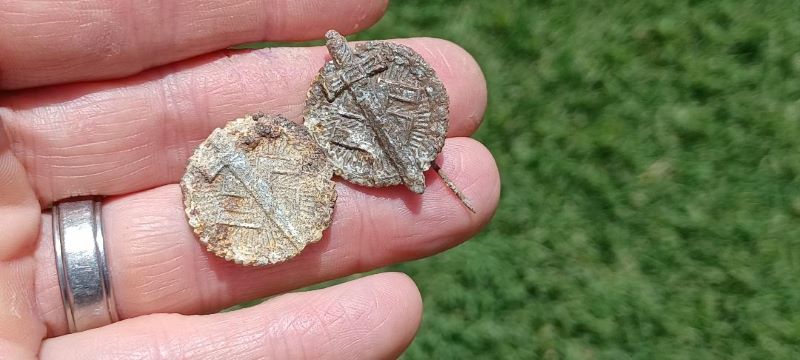 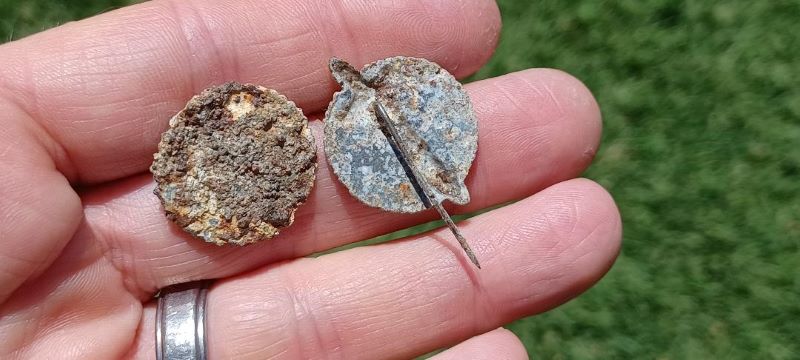 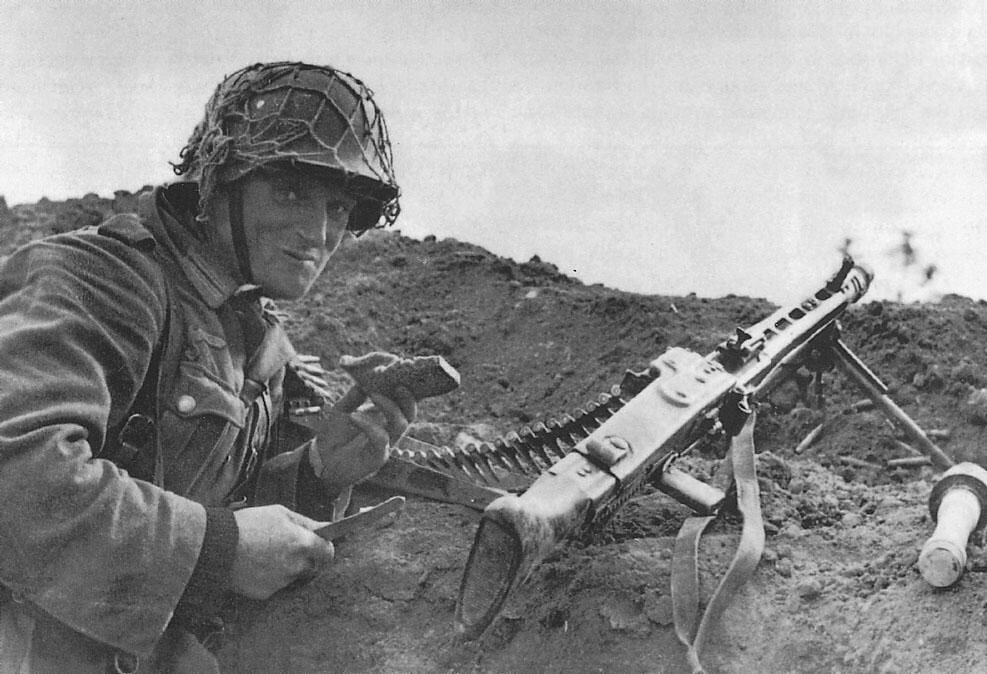 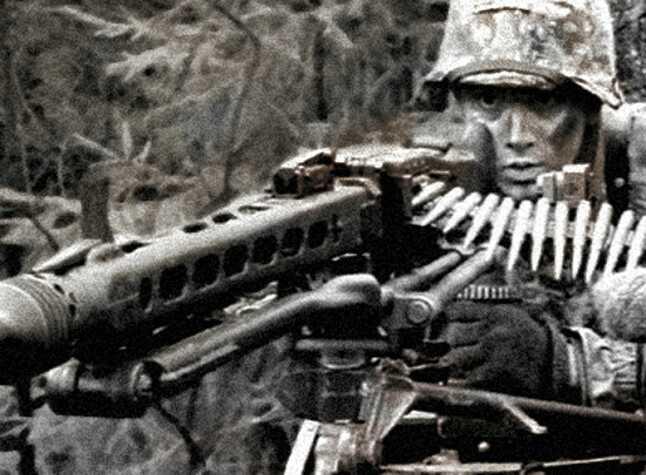 |
VERY COOL FIND ! Highly Cross Collectible WW2 Battlefield Dug Relic Wehrmacht Driver Proficiency Award Insignia Ok here is a unique relic that I picked up from a digger in Stalingrad. A German Driver Proficiency Award ! The Drivers badge was issued to drivers of all types of vehicles including motorcycles, trucks, command cars and armoured vehicles. The award was only issued after you had served and driven for a certain period of time, each type of vehicle had a different length of time before you could be issued the award for example a motorcycle despatch rider would need 90 days of service but a supply truck driver would need 165 days of service. After you had received the award you would be expected to maintain your vehicle to a high standard or the award could be taken away.Fantastic WW2 Collectible from a wicked historic battlefield. Don't let this one get away ! The Battle of Stalingrad was a major battle of World War II in which Nazi Germany and its allies fought the Soviet Union for control of the city of Stalingrad (now Volgograd) in southwestern Russia. The battle took place between 23 August 1942 and 2 February 1943. It was among the largest on the Eastern Front and was marked by its brutality and disregard for military and civilian casualties. It was amongst the bloodiest battles in the history of warfare with the higher estimates of combined casualties amounting to nearly two million deaths. In its defeat, the crippling losses suffered by Germany's military proved to be insurmountable for the war. The battle was a turning point in the war, after which the German forces attained no further strategic victories in the East.The German offensive to capture Stalingrad commenced in late summer 1942, supported by intensive Luftwaffe bombing which reduced much of the city to rubble. The German offensive eventually became bogged down in house-to-house fighting; and despite controlling over 90% of the city at times, the Wehrmacht was unable to dislodge the last Soviet defenders clinging tenaciously to the west bank of the Volga River. LOA Provided / Free US Shipping ! $ 59
|
EXTREMELY RARE WW2 Battlefield Found KATYUSHA ROCKET ( BM-13 ) Tail Fin Parts Battle - Damaged Here is a chance to own 2 battle damaged Katyusha rocket tail fin parts with an old museum number painted on one. Incredible Relics that were recovered on the Eastern Front ! Shock and devastating effects on the enemy was mainly due to the Katyusha battery’s capacity to deliver several tones of explosions in just a few seconds to cover an extensive area. Fire power of such salvo was comparable to that one of 70 heavy artillery guns combined. However, unlike the traditional artillery, BM-13s were mobile and could move quickly between firing spots. It made them hard to track down. The Katyusha’s missiles were also designed to leave a minimal trace, so it was not possible to identify the location of the battery and strike back. From 1942, they were mounted on American Studebaker trucks that the USSR received as a part of lend-lease program. Powerful and fast, they were ideal for the Katyushas. After the weapons proved its efficiency in combat, multiple new units of the rocket launchers were formed and sent to the front. The Katyusha became a widespread Soviet weapon and one of the main symbols of WWII for Russians. $ 140 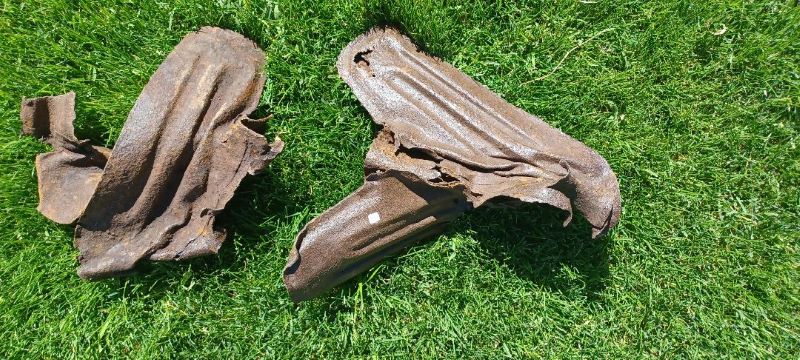 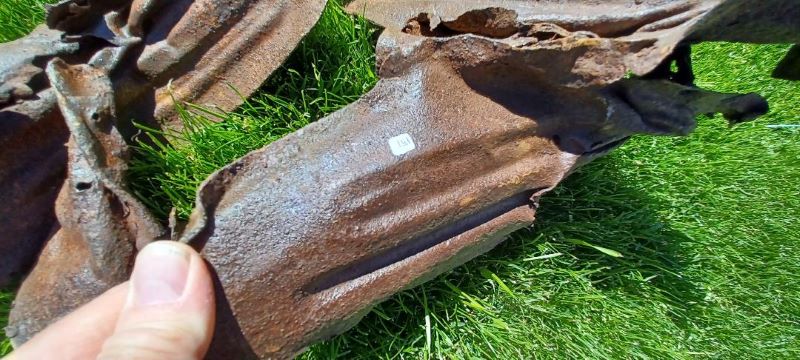 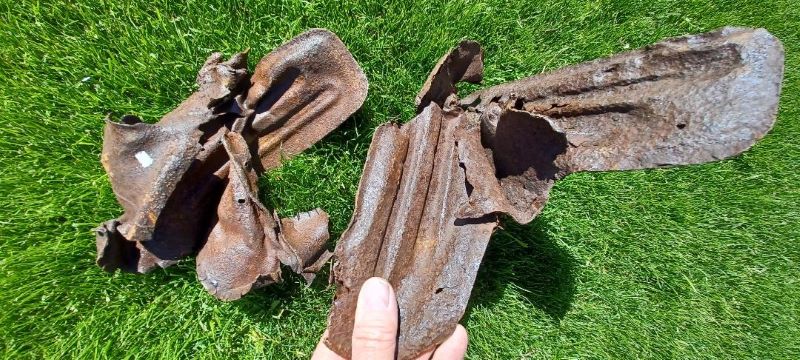 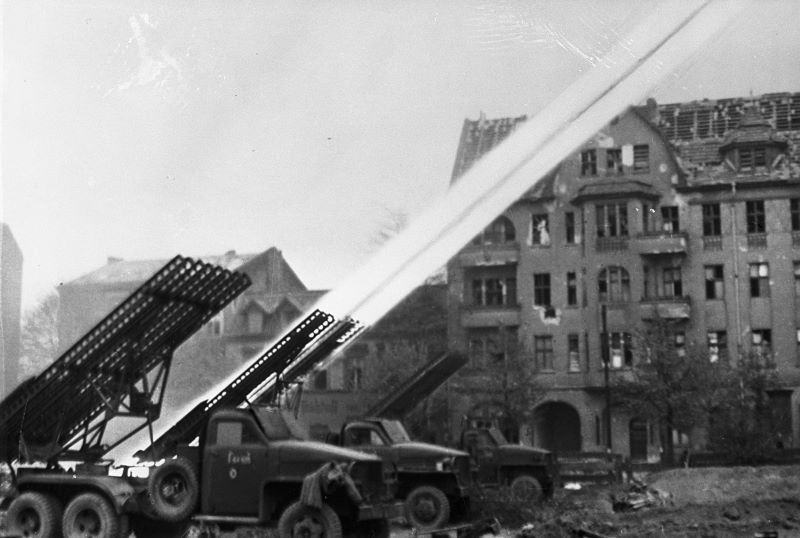 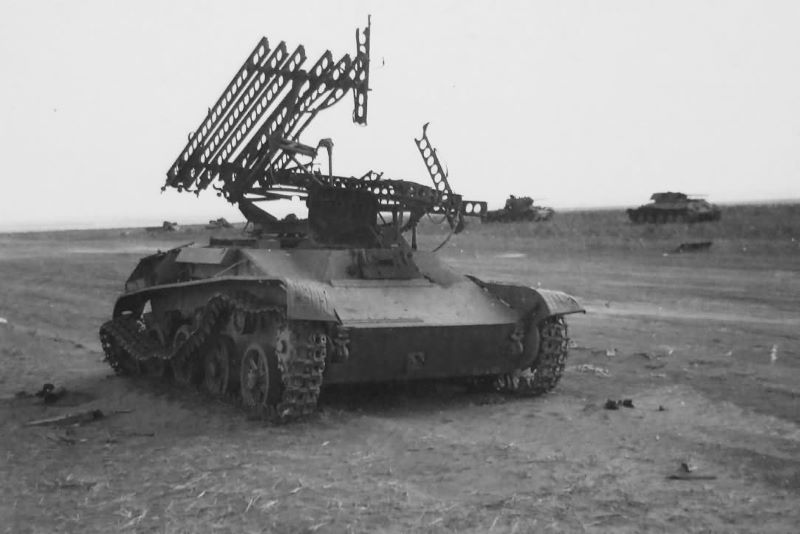 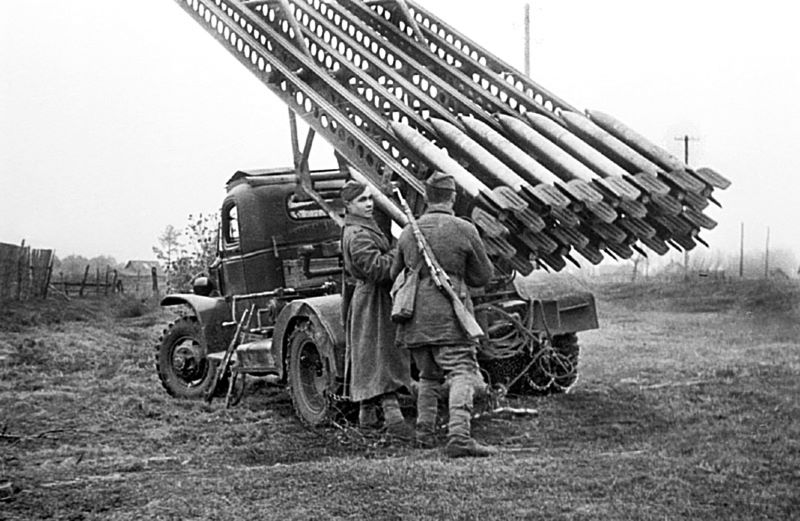 |
RARE FIND ! Dug WWII RELIC Large US M38A 100 lb. AERIAL BOMB SHELL ! ( AWESOME DISPLAY RELIC ) Here is a chance to own an original dug up WWII US Aerial Bomb. The Display is 2 sections the bomb body with cone and the Tailfin ! Impressive Display relic ! In late 1943, the 'Pointblank' attacks manifested themselves in the infamous Schweinfurt raids (first and second). Despite the use of combat boxes and the assembly ships to form them, formations of unescorted bombers were no match for German fighters, which inflicted a deadly toll. In despair, the Eighth halted air operations over Germany until a long-range fighter could be found in 1944; it proved to be the P-51 Mustang, which had the range to fly to Berlin and back. $ 270
|
INCREDIBLE WW2 Wehrmacht Tactical Flag of KOMANDERS HQ. 11.Fusiliers Battalion - Kurland ( Courland Pocket ) Battlefield Surrender Site of Army Group North
|
IMPORTANT HISTORICAL MUSEUM-WORTHY ARTIFACT FIND ! Original D-DAY WWII "Dive Recovered Seabed Fossilized Artillery Shell embedded in seabed. ( Recovered Omaha Beach ) Here is an absolutely fascinating unique and historic museum artifact relics ! An original D-DAY Omaha Beach dive recovered large mortar/ artillery shell round embedded in seabed ,with seashells as encrused ! this artifact was recovered in the 1980s in a slavage expedition. commonly known as Omaha, was the code name for one of the five sectors of the Allied invasion of German-occupied France in the Normandy landings on 6 June 1944, during World War II. Omaha is located on the coast of Normandy, France, facing the English Channel, and is 5 miles (8 km) long, from east of Sainte-Honorine-des-Pertes to west of Vierville-sur-Mer on the right bank of the Douve River estuary. Landings here were necessary in order to link up the British landings to the east at Gold with the American landing to the west at Utah, thus providing a continuous lodgement on the Normandy coast of the Bay of the Seine. Taking Omaha was to be the responsibility of United States Army troops, with sea transport and naval artillery support provided by the U.S. Navy and elements of the British Royal Navy. On D-Day, the untested 29th Infantry Division, joined by the veteran 1st Infantry Division and nine companies of U.S. Army Rangers redirected from Pointe du Hoc, were to assault the western half of the beach. The battle-hardened 1st Infantry Division was given the eastern half. The initial assault waves, consisting of tanks, infantry, and combat engineer forces, were carefully planned to reduce the coastal defenses and allow the larger ships of the follow-up waves to land. LOA Provided / Free US Shipping / Installments Available ! $ 440
|
RARE FIND ! Dug WWII RELIC Large US M38A 100 lb. AERIAL BOMB SHELL Relic Pieces ! ( AWESOME WW2 US Aircraft DISPLAY RELICS ) Here is a chance to own an original dug up WWII US Aerial Bomb relic pieces. These were from a collectors estate collection so unfortunately no recovery information but great for display ! In late 1943, the 'Pointblank' attacks manifested themselves in the infamous Schweinfurt raids (first and second). Despite the use of combat boxes and the assembly ships to form them, formations of unescorted bombers were no match for German fighters, which inflicted a deadly toll. In despair, the Eighth halted air operations over Germany until a long-range fighter could be found in 1944; it proved to be the P-51 Mustang, which had the range to fly to Berlin and back.
|
FANTASTIC RELIC Part of Wehrmacht Machine Gun MG34 Drum Magazine "DroppelTrommel" Part Relic ! Battlefield Recovered Kursk ! $ 70
|
RARE WW2 Battlefield Dug Relic Wehrmacht MG-34 Flash Protector Muzzle Brake - Recovered Kurland Pocket Here is a cool affordable piece of a highly collectible WW2 weapon. MG-34 Flash Protector Muzzle dug from Kurland Battlefield Eastern Front. Kurland Pocket battlefield area. At the start of Operation Barbarossa in 1941, Courland, along with the rest of the Baltic, was overrun by Army Group North headed by Field Marshal Wilhelm Ritter von Leeb. In 1944, the Red Army lifted the siege of Leningrad and re-conquered the Baltic area along with much of Ukraine and Belarus. However, some 200,000 German troops held out in Courland. With their backs to the Baltic Sea. they were trapped in what became known as the Courland Pocket, blockaded by the Red Army and the Red Baltic Fleet. Colonel-General Heinz Guderian, the Chief of the German General Staff, insisted to Adolf Hitler that the troops in Courland should be evacuated by sea and used for the defense of Germany. Hitler refused, and ordered the Wehrmacht, Waffen-SS, Luftwaffe and zKriegsmarine forces in Courland to continue the defence of the area. Hitler believed them necessary to protect Kriegsmarine submarine bases along the Baltic coast. On January 15, 1945, Army Group Courland (Heeresgruppe Kurland) was formed under Colonel-General Dr. Lothar Rendulic The blockade by elements of the Leningrad Front remained until May 8, 1945, when the Army Group Courland, then under its last commander, Colonel-General Carl Hilpert, surrendered to Marshal Leonid Govorov, the commander of the Leningrad Front (reinforced by elements of the 2nd Baltic Front) on the Courland perimeter. At this time the group consisted of the remnants of some 31 divisions. After May 9, 1945, approximately 203,000 troops of Army Group Courland began moving to Soviet prison camps in the East. The majority of them never returned to Germany. Free US Shipping / LOA Provided stg $ 59 |
VERY HISTORIC PACIFIC RELIC Lot of Japanese WW2 MG Shell Casings from Okinawa ! Japanese Collection - Rare Historic pieces selling Individually ! Here is a fantastic collection of Japanese WW2 MG Rifle Casings ( marked ) from Okinawa and the Phillipines. The Battle of Okinawa, codenamed Operation Iceberg, was fought on the Ryukyu Islands of Okinawa and was the largest amphibious assault in the Pacific War of World War II. The 82-day-long battle lasted from early April until mid-June 1945. After a long campaign of island hopping, the Allies were approaching Japan, and planned to use Okinawa, a large island only 340 mi (550 km) away from mainland Japan, as a base for air operations on the planned invasion of Japanese mainland (coded Operation Downfall). Four divisions of the U.S. 10th Army (the 7th, 27th, 77th, and 96th) and two Marine Divisions (the 1st and 6th) fought on the island while the 2nd Marine Division remained as an amphibious reserve and was never brought ashore. The invasion was supported by naval, amphibious, and tactical air forces.The battle has been referred to as the "Typhoon of Steel" in English, and tetsu no ame ("rain of steel") or tetsu no bōfū ("violent wind of steel") in Japanese. The nicknames refer to the ferocity of the fighting, the intensity of kamikaze attacks from the Japanese defenders, and to the sheer numbers of Allied ships and armored vehicles that assaulted the island. The battle resulted in the highest number of casualties in the Pacific Theater during World War II. Japan lost over 100,000 troops killed or captured, and the Allies suffered more than 50,000 casualties of all kinds. Simultaneously, tens of thousands of local civilians were killed, wounded, or committed suicide. The atomic bombings of Hiroshima and Nagasaki caused Japan to surrender just weeks after the end of the fighting at Okinawa Free US Shipping ! $170 for the lot 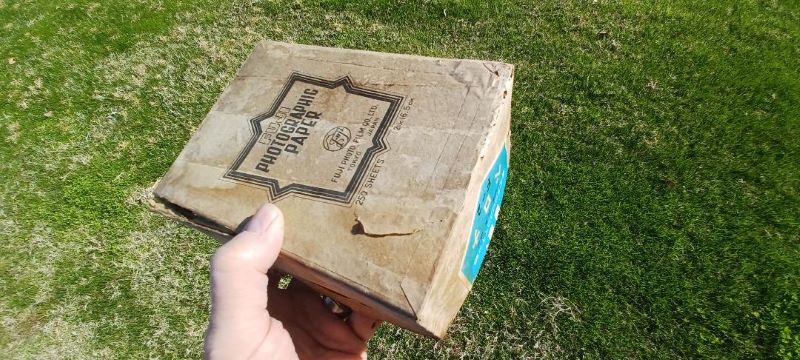 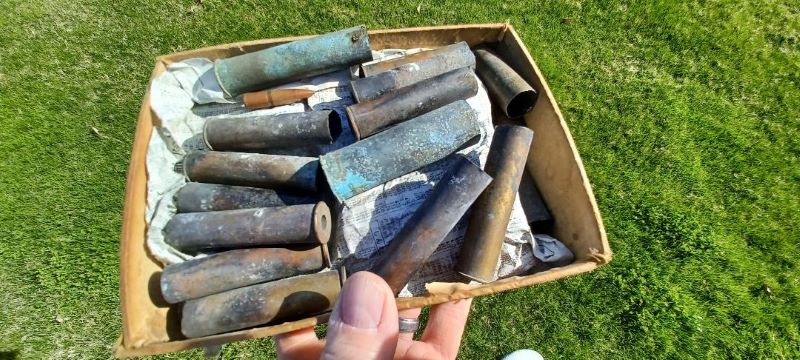 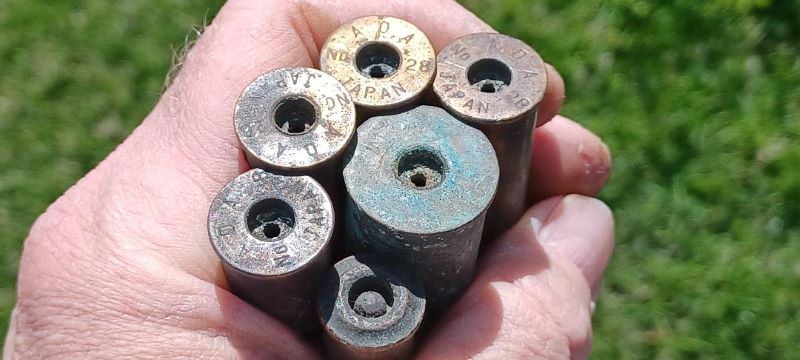 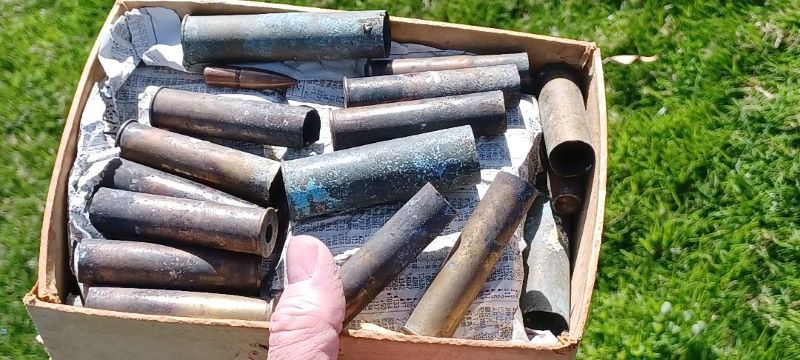 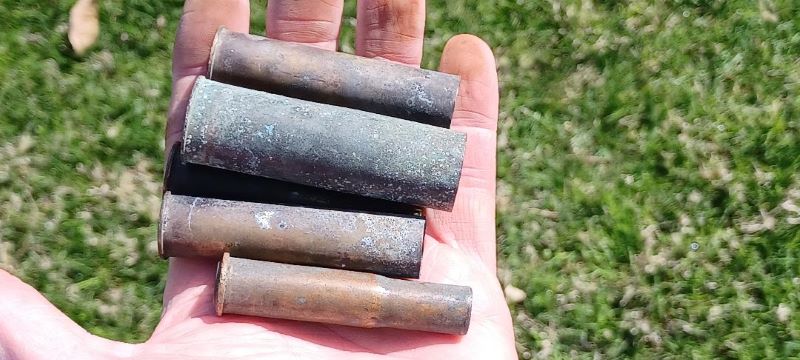 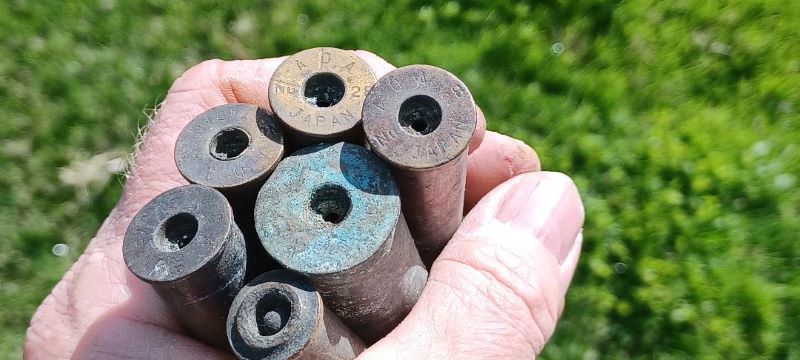 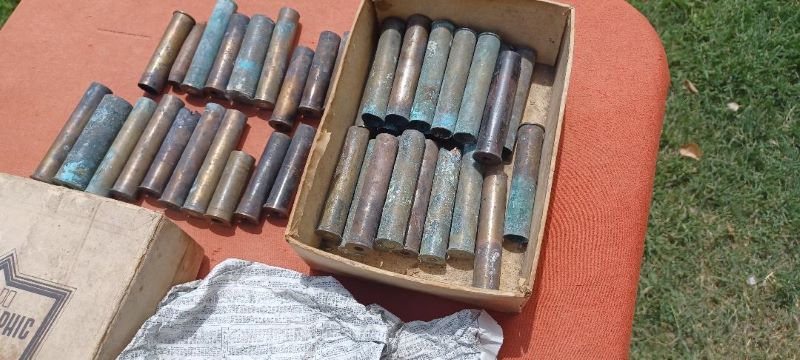 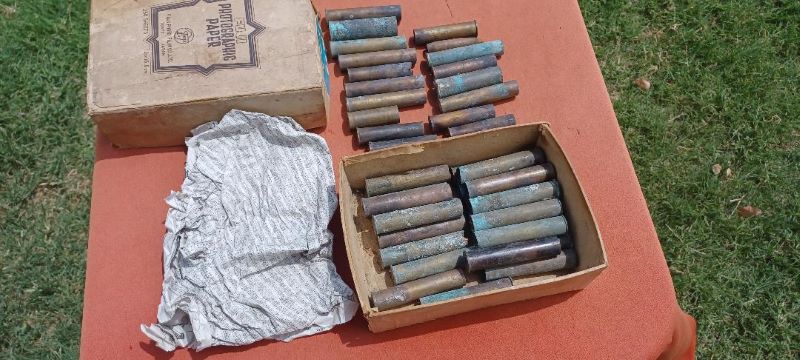 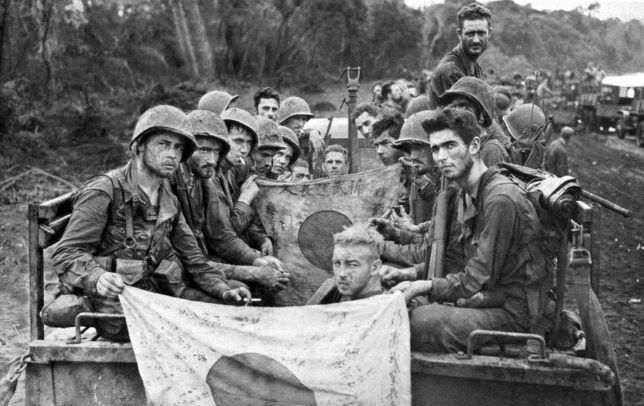 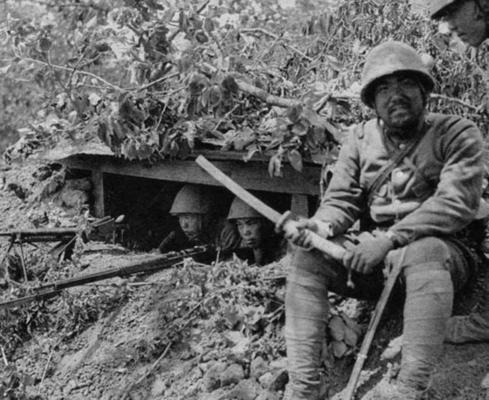 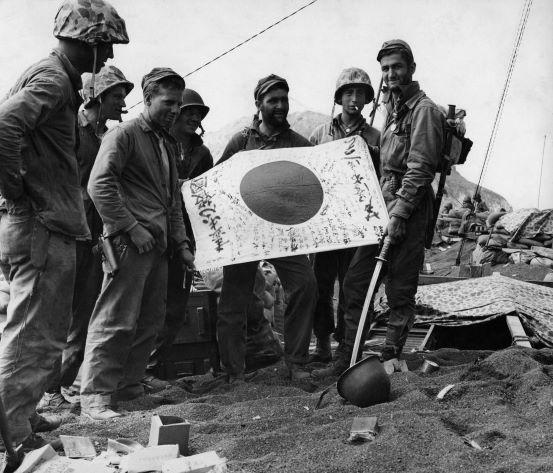 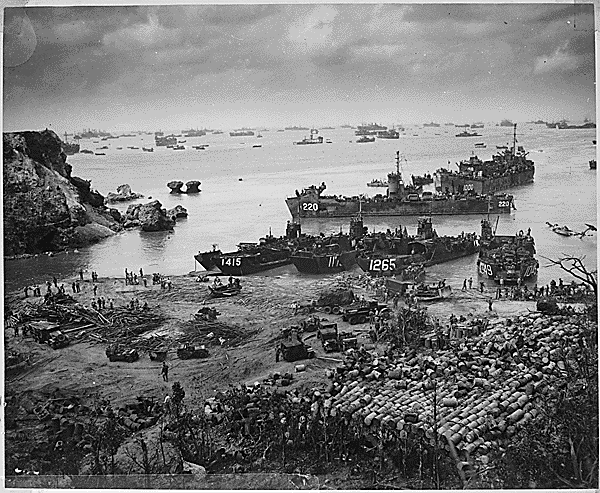 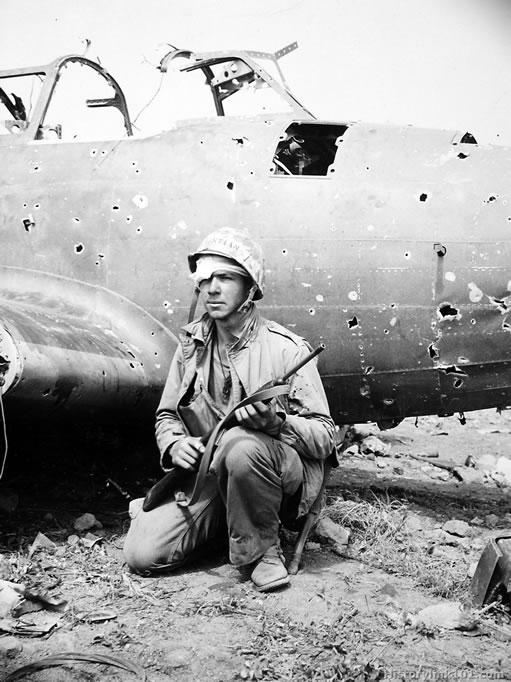 |
INCREDIBLE HISTORIC Lot of WWI Battlefield Dug Relic German EGG GRENADE Marked ! - ( Recovered Ypres, Flanders Fields, Belgium ) Here is an incredible consignment collection of WWI grenades that were recovered Belgium, Ypres Battlefield. The First Battle of Ypres, also called the First Battle of Flanders was a First World War battle fought for the strategically important town of Ypres in western Belgium in October and November 1914. The German and Western Allied attempts to secure the town from enemy occupation included a series of further battles in and around the West Flanders Belgian municipality.The strategy of both the Allied and German armies is not entirely clear. The accepted and mainstream reasoning for the Ypres battle was the British desire to secure the English Channel ports and the British Army's supply lines; Ypres was the last major obstacle to the German advance on Boulogne-sur-Mer and Calais. The French strategy was to prevent German forces from outflanking the Allied front from the north. This was the last major German option, after their defeats at the First Battle of the Aisne and First Battle of the Marne. The Ypres campaign became the culmination of the Race to the Sea. The opposing armies engaged in offensive operations until a big German offensive in mid-October, which forced the Allies onto the strategic defensive and limited to counter-attacks. Free Shipping / LOA Provided / Instalments Available
|
RARE WW2 Battlefield Dug Relic Wehrmacht Anti-Tank Pak 37mm Round with Casing ! Beautiful complete Display Here is an incredible inact display relic Wehrmacht Pak 37mm Anti-Tank Shell and Casing round ! Recovered Battle of Berlin. The Pak 36 (Panzerabwehrkanone 36) is a 3.7 cm / 37mm caliber German anti-tank gun used during the Second World War. It was the main anti-tank weapon of Wehrmacht Panzerjäger units until 1942. Developed by Rheinmetall in 1933, it was first issued to the German Army in 1936, with 9,120 being available by the beginning of the war in September 1939 and a further 5,339 produced during the war. As the predominant anti-tank gun design in the world during the late 1930s. $ 550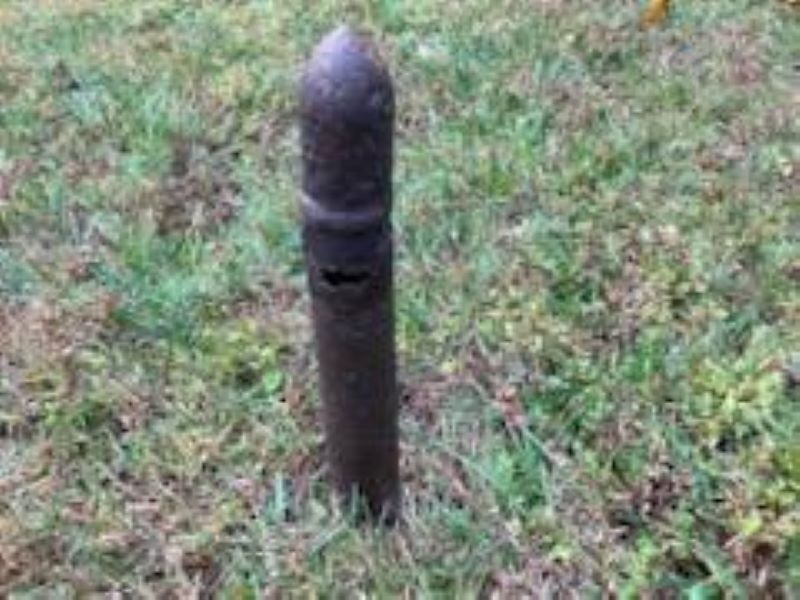 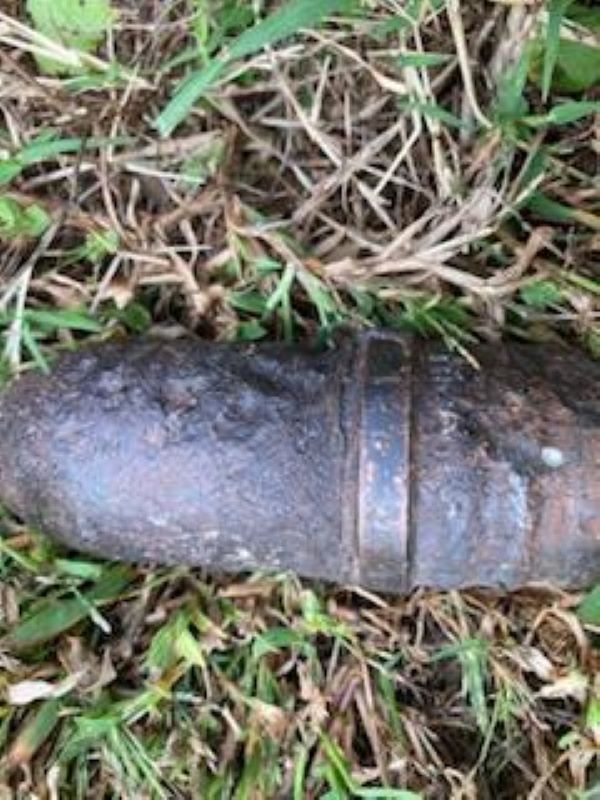 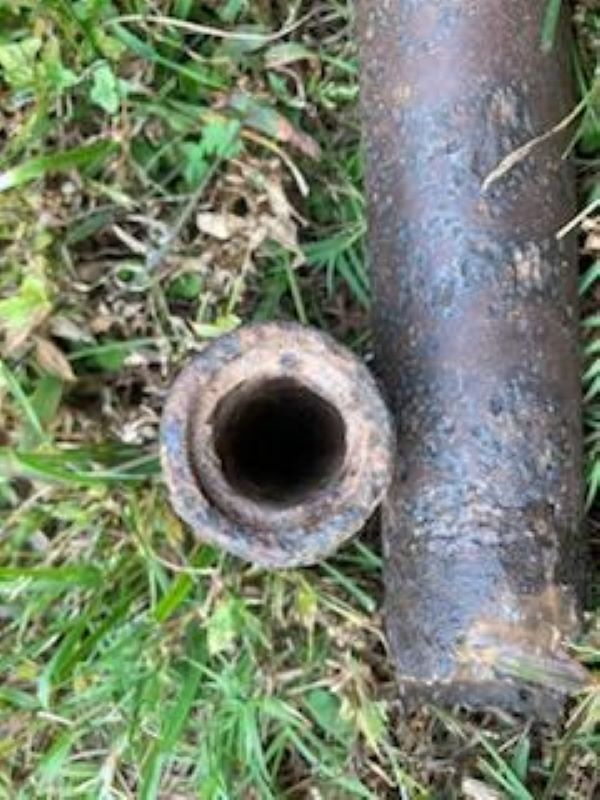 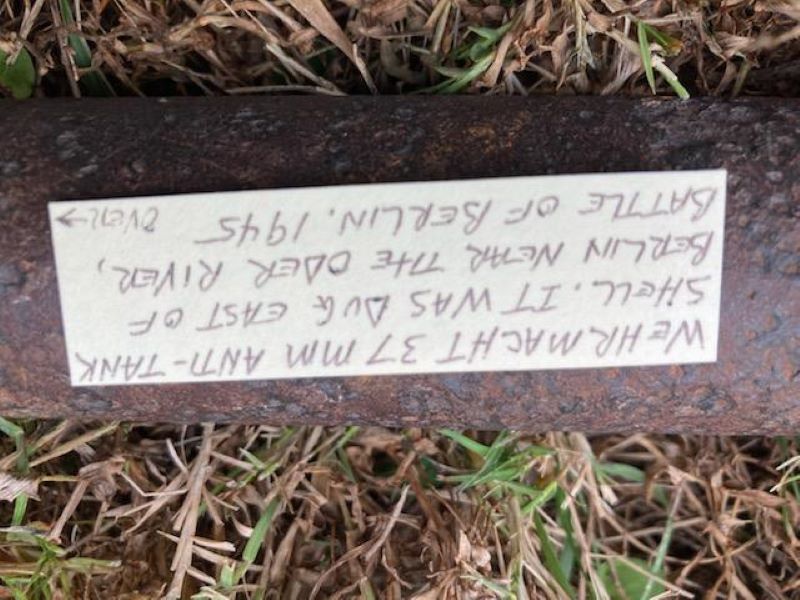 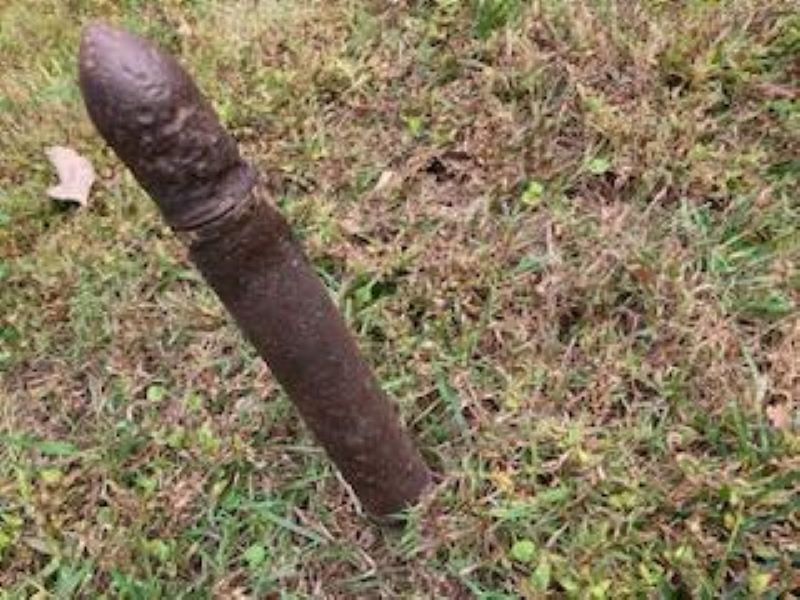 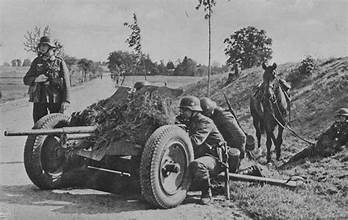 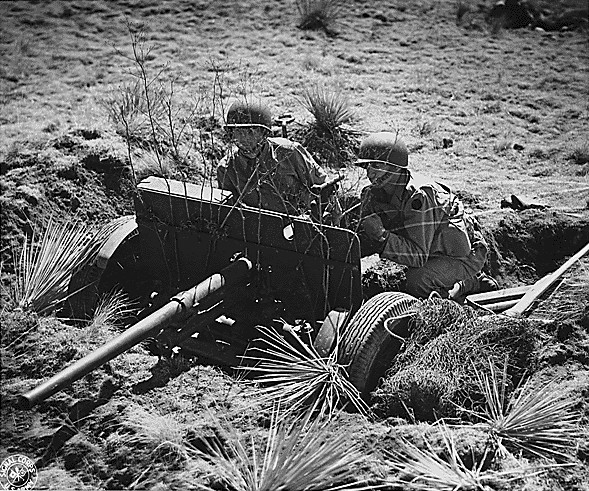 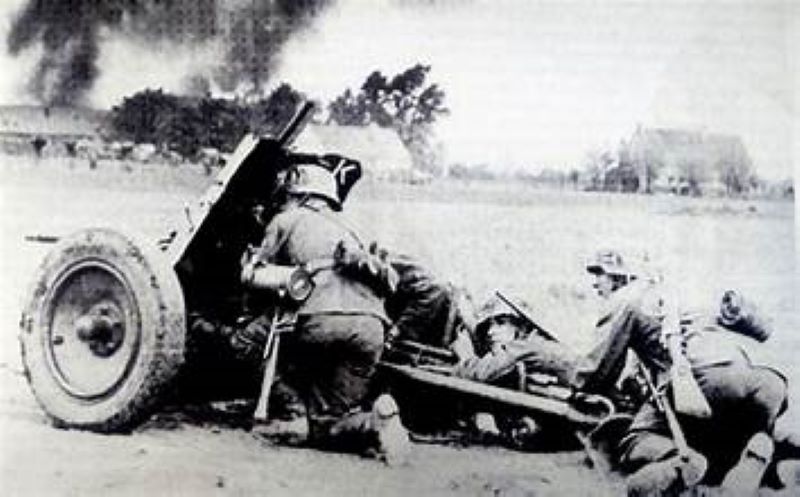 |
Here is a large lot of WW2 Mauser Rifle Casings recovered from the Market Garden campaign. Fantastic for display .. Headstamps visible on most ..On 5 September, Model's forces were bolstered by the arrival of the II SS Panzer Corps, which consisted of the 9th SS and 10th SS Panzer Divisions under the command of Lieutenant General Wilhelm Bittrich. The Corps had been reduced to approximately 6,000–7,000 men, 20–30% of its original strength in the course of continuous action since late June including in the Falaise pocket; losses in officers and NCOs had been especially high Model ordered the two divisions to rest and refit in 'safe' areas behind the new German line; these areas coincidentally were to be Eindhoven and Arnhem.The 10th SS Panzer Division was to be restored to full strength in order to provide an armoured reserve and thus the 9th SS Panzer Division was ordered to transfer all of its heavy equipment to its sister division; it was intended that the 9th would then be transported to Germany for replenishment.At the time of Operation Market-Garden, the 10th SS Panzer Division had an approximate strength of 3,000 men; an armoured infantry regiment, divisional reconnaissance battalion, two artillery battalions and an engineer battalion, all partially motorized.Other formations were appearing to strengthen the German defences. Between 16 and 17 September two infantry divisions from Fifteenth Army assembled in Brabant, understrength but well-equipped and able to act as a reserve. Near Eindhoven and Arnhem a number of scratch formations were being assembled. Several SS units, including an NCO training battalion and a panzergrenadier reserve battalion, were being prepared to enter combat and Luftwaffe and Kriegsmarine personnel were being grouped into Fliegerhorst and Schiffstammabteilung formations. There were also a number of training battalions that were being equipped, several depot battalions from the Hermann Goering Panzer Division and various artillery, anti-aircraft and field police units scattered throughout the north of the Netherlands. incredible relics ! 5 casings for $29 shipped! Free shipping within the US.
|
NCREDIBLE HISTORY ! WW1 Belgian Artillery Officers Tunic Jacket with "Shrapnel Damage" from Shelling during WW2 Battle of the Bulge Provenance to positions of US 82nd Airborne Paratrooper Division. ( Other Bulge Items in photo not included ) Here is an incredible historic piece with WW1 and WW2 History as well as Battle of the Bulge ! A Belgian Artillery Officers Uniform Jacket with shrapnel damage and cool provenance that it was recovered from an attic home in Belgium that was shelled during the Battle of the Bulge causing damage to a wardroble of a WW1 veteran. 82nd Airborne relation per the attached museum tag. "In December 1944, Adolph Hitler attempted to split the Allied armies in northwest Europe by means of a surprise blitzkrieg thrust through the Ardennes to Antwerp. Caught off-guard, American units fought desperate battles to stem the German advance at St.-Vith, Elsenborn Ridge, Houffalize and Bastogne. As the Germans drove deeper into the Ardennes in an attempt to secure vital bridgeheads, the Allied line took on the appearance of a large bulge, giving rise to the battle's name. Lt. Gen. George S. Patton's successful maneuvering of the Third Army to Bastogne proved vital to the Allied defense, leading to the neutralization of the German counteroffensive despite heavy casualties." While Belgian civilians were preparing for Christmas in their new-found freedom after the liberation of Belgium in September 1944, the firing suddenly resumed. The inhabitants were trapped in the heart of the battle: the German Ardennes Offensive in December 1944, also called the Battle of the Bulge. With a death toll mounting to 3,000, the Battle exacted a heavy tribute from the civilian population. 250 civilians were murdered by the German troops. The nefarious acts of massacre, as in Stavelot and Bande, were perpetrated by the SS and SD. However, an equal number of Belgian deaths must be ascribed to the Allied forces. Located at important crossroads in a hilly region crossed by marshy areas that made the roads vital for tanks to advance, the small towns in the Ardennes were the scene of savage and destructive fighting. Bastogne was one such, as were Malmedy, Houffalize, La Roche and Saint Vith, a large marshalling yard that was almost entirely flattened by the American Army Air Force and the Royal Air Force. In the three Belgians provinces of Namur, Liège and Luxembourg at least 11,000 buildings were destroyed. Caught in the net like the troops, the civilians took shelter in the region's thick-walled stone cellars, that provided relatively safe shelter during the ground fighting. But no place was safe when the bombs rained down. Most civilians took refuge in the cellars, with no food, no clothing and no heat during this most severe winter in memory. After the war the houses in the Ardennes were rebuilt, but death lingered on in the region. The very ground was deadly, being sown with hundreds of thousands of unexploded munitions. LOA Provided / Free US Shipping / Installments Available ! $350
|
RARE to Find from Battlefield ! WW2 Battlefield found relic US GAS MASK that was Recovered Historic Battle of the Bulge - 99th US Infantry Division 393rd Regiment Northeast of Rocherath n early December, the 2nd Infantry Division was assigned to capture a vital crossroads marked by a customs house and a forester’s lodge named Wahlerscheid, at the southern tip of the Battle of Hürtgen Forest. They transitioned through the 99th division's lines and after a deadly, costly battle, captured the crossroads. But the Germans counterattacked in what the Americans initially thought was a localized spoiling action, but was actually a leading element of the Battle of the Bulge. The 2nd ID consolidated their lines, pulling back into Hünningen, and then to the twin villages of Rocherath-Krinkelt, and finally at the dug-in positions held by the 99th ID at Elsenborn Ridge. In a fierce battle lasting 10 days, the American and German lines were often confused. During the first three days, the battle was for the twin villages of Rocherath-Krinkelt, during which American G.I.s were at times isolated in individual buildings surrounded by German armor. Attacking Elsenborn Ridge itself, the Germans, although superior in numbers, were stopped by the Americans' well-prepared and deeply dug-in defensive positions. General Robertson's plan for moving his 2d Division south was to "skin the cat," pulling the most advanced battalions in the Wahlerscheid sector back through the others. In addition to the main supply road, a part of the division could use the secondary route running more or less parallel to the Wahlerscheid road until the two met at a fork about a mile north of Rocherath.The 395th Infantry was in the woods east of the northernmost section of the 2d Division withdrawal route and would provide cover for the first stage of the tricky move parallel to and close behind the rapidly deteriorating front. Then too the enemy at the Wahlerscheid road junction seemed hardly strong or aggressive enough to make even a daylight disengagement difficult.The danger zone would be the twin villages. Roads from the east led into Rocherath and Krinkelt. And, to the east, as information from the 99th Division rifle battalions warned, the Germans had made a deep penetration and were liable at any moment to come bursting out of the forest. Rocherath and Krinkelt had to be held if the 2d Division was to reach the Elsenborn position intact and with its heavy weapons and vehicles. The 99th Division had long since thrown its last reserve into the battle; therefore the 2d Division (with the attached 395th) alone had to provide for the defense of this endangered sector of the corridor south. The leading company, now alone, entered Rocherath at dusk but found no guides and marched on through the next village until met by bullet fire. Twice the company doubled back on its trail until finally found by the battalion executive and directed to the proper position. Company B arriving about 2130, moved in on the left of Company A but was still on the surface (not having had time to entrench) when German tanks and infantry struck from the northeast at Krinkelt. Company A, well dug in and with all its weapons emplaced, let the tanks roll past and then took on the infantry. Its neighbor, Company B, exposed and without its supporting weapons, was riddled, only one platoon managing to escape. The Company B survivors, joined by what was left of Company C, fell back to the regimental command post in Rocherath and joined the antitank company in the street fight raging there.Back at Krinkelt three German tanks with infantry clinging to their decks got into the eastern streets: with this foothold won more Germans appeared as the night went on. The fight for Krinkelt surged back and forth, building to building, hedgerow to hedgerow. Men on both sides were captured and recaptured as the tide of battle turned. A German attempt to seize the heavy-walled church on the northern edge of the village was beaten off by the reconnaissance company of the 644th Tank Destroyer Battalion, which had lost a platoon at Büllingen during the morning. The communications officer of the 1st Battalion, 38th Infantry, 1st Lt. Jesse Morrow, knocked out a tank with only a rifle grenade. (Morrow later was awarded the DSC.) The situation in Krinkelt was further confused by retreating troops from the 99th Division, intermixed as they were with the infiltrating enemy. One German, using a captured American to give the password, got past two outposts, but a sentry finally killed both men. At midnight a column of 99th Infantry vehicles started pouring through the town and continued the rest of the night.At Rocherath, the Germans who had so boldly entered the village earlier in the evening destroyed three American tanks as these inched their way out of the village to help Company K of the 38th Infantry. Here too the fight was bitter and confused. At one time a battalion commander of the 38th was reported to have men from sixteen different companies fighting under his command. By midnight, however, the enemy tanks behind the American lines had been accounted for and the German infantrymen captured or killed. When the wild night of fighting drew to a close, the Americans still were in control of the two villages and the near sector of the Wahlerscheid withdrawal. Your chance to own a piece of WW2 US legendary history.. LOA Provided / Free US Shipping / Installments available $ 620
|
INCREDIBLE HISTORIC RELIC ! WW2 Battlefield found Wehrmacht " Bullet-Struck" DRGM AFRIKA COCONUT Canteen ! Here is a neat and rare bullet struck Wehrmacht COCONUT Canteen/Flask with a bullet strike that was recovered in the Kurland Pocket ! The Battle has come to be known as the Battle of the European SS because the majority of the defenders were European volunteers. Joining the Nordland were the formations from all over Europe. The Dutchman of the 4th SS Volunteer Panzergrenadier Brigade Nederland, the Walloons of the 5th SS Volunteer Sturmbrigade Wallonien, the Flemings of the 6th SS Volunteer Sturmbrigade Langemarck, the Estonians of the 20th Waffen Grenadier Division of the SS (1st Estonian), as well as regular German formations. Altogether, the defenders of the Narva River line amounted to 50,000 men. Against them, the Soviets threw 200,000 men of the Leningrad Front.The original attack was launched on February 13th, with the Soviets attacking right across the line, as well as launching an amphibious assault from the Baltic near Mereküla. The Nordland annihilated the Soviet landing force. Over the next five months, the European SS held against the Soviet attacks, the Nordland seeing very heavy fighting. In March, the Soviets managed to destroy the Narva Bridge, cutting off the troops on the far side of the river. The men of Nordland's Pioneer Battalion quickly rebuilt the bridge while under heavy fire. The launch of Operation Bagration in June 1944 resulted in Army Group North becoming trapped in the Kurland Pocket. After months of heavy fighting, the Hermannsberg bridge over the Narva was blown and the defenders were moved 25 kilometers west to the Tannenberg Line.An incredible amount of captured German material were buried by the Russians and have been found at the battlefield surrender site. Helmets insignia, weapons, etc. Some of these still have portions of the cap material still attached. They are priced each and in 2 categories. Either complete and fairly nice or broken partial remains. In 1944, the Red Army lifted the siege of Leningrad and re-conquered the Baltic area along with much of Ukraine and Belarus. However, some 200,000 German troops held out in Courland. With their backs to the Baltic Sea. they were trapped in what became known as the Courland Pocket, blockaded by the Red Army and the Red Baltic Fleet. Colonel-General Heinz Guderian, the Chief of the German General Staff, insisted to Adolf Hitler that the troops in Courland should be evacuated by sea and used for the defense of Germany. Hitler refused, and ordered the Wehrmacht, Waffen-SS, Luftwaffe and Kriegsmarine forces in Courland to continue the defence of the area. Hitler believed them necessary to protect Kriegsmarine submarine bases along the Baltic coast. On January 15, 1945, Army Group Courland (Heeresgruppe Kurland) was formed under Colonel-General Dr. Lothar Rendulic The blockade by elements of the Leningrad Front remained until May 8, 1945, when the Army Group Courland, then under its last commander, Colonel-General Carl Hilpert, surrendered to Marshal Leonid Govorov, the commander of the Leningrad Front (reinforced by elements of the 2nd Baltic Front) on the Courland perimeter. At this time the group consisted of the remnants of some 31 divisions. After May 9, 1945, approximately 203,000 troops of Army Group Courland began moving to Soviet prison camps in the East. The majority of them never returned to Germany. LOA Provided / Monthly Installments Available / Free US Shipping ! $490 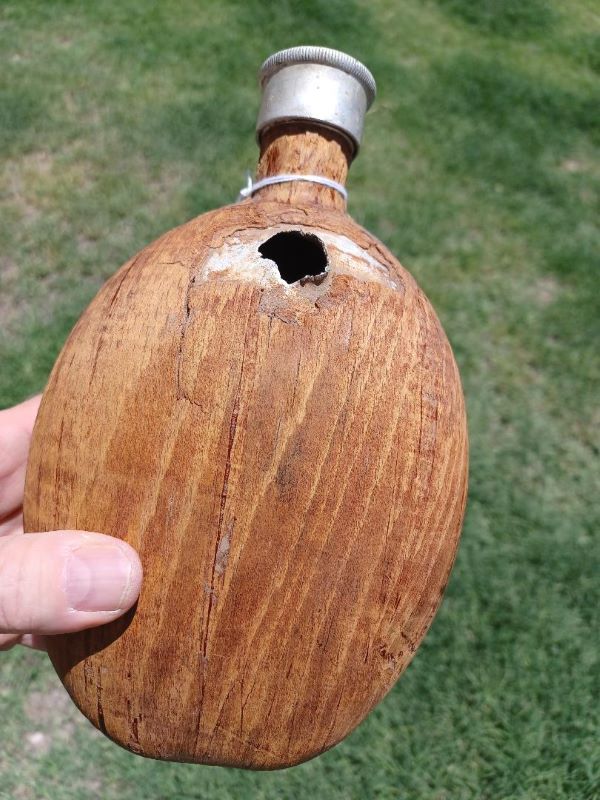 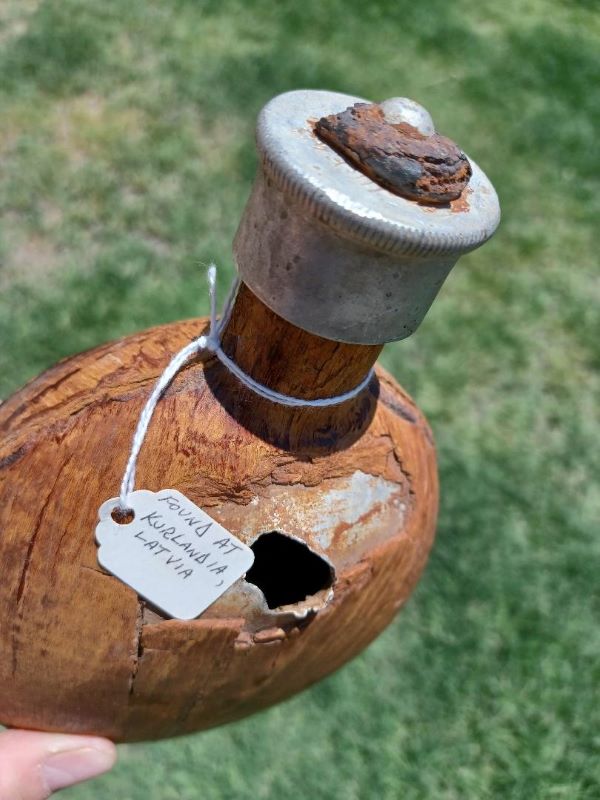 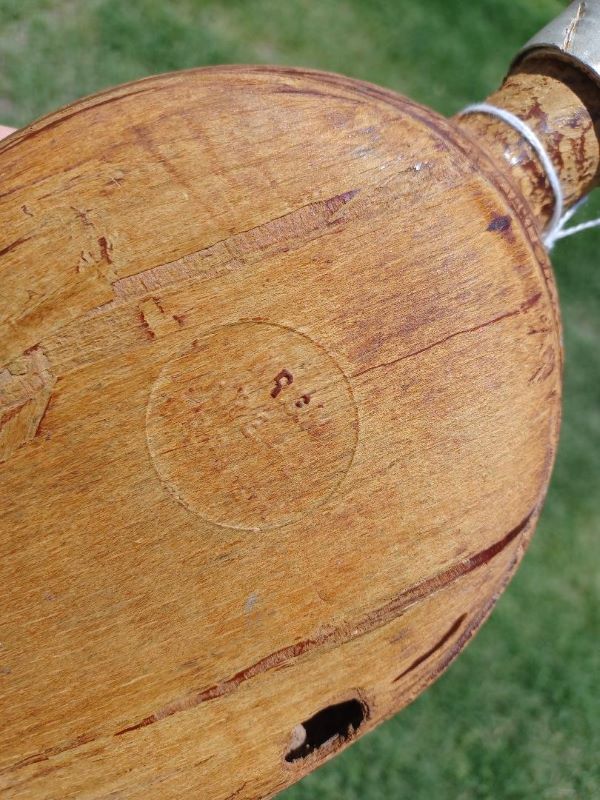 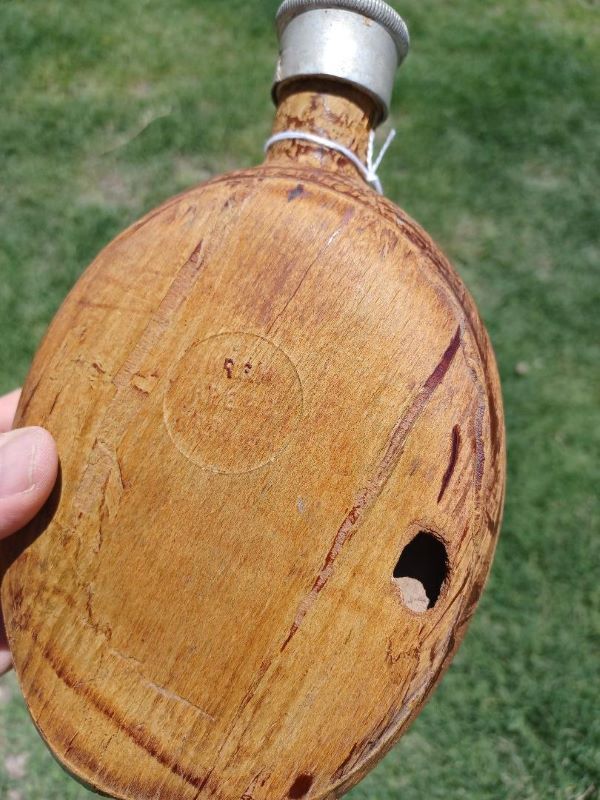 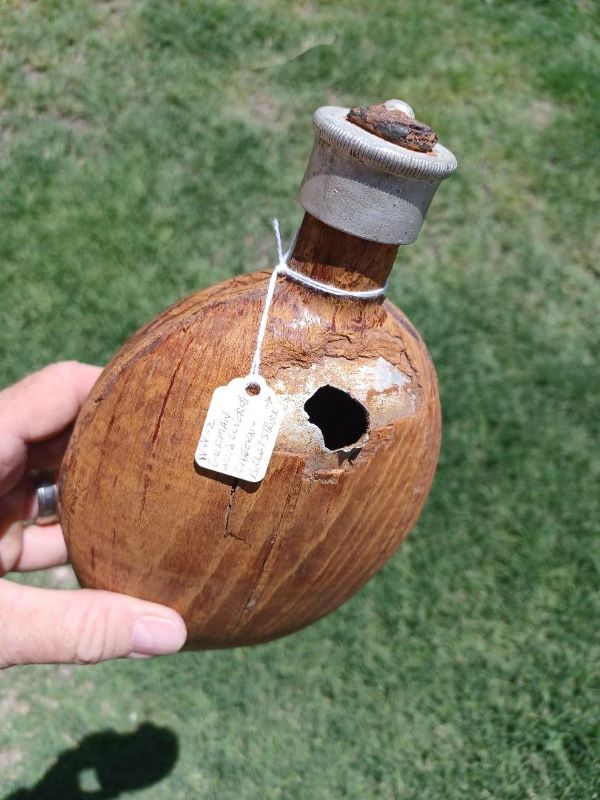 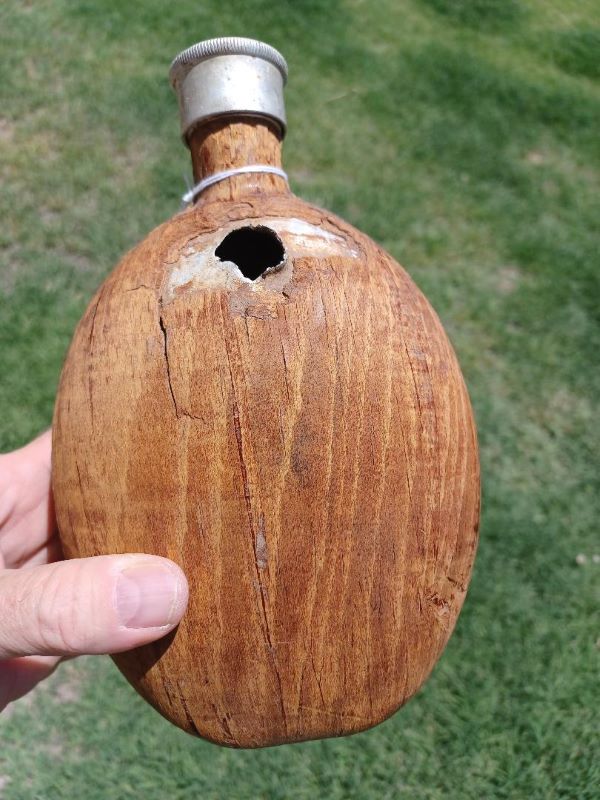 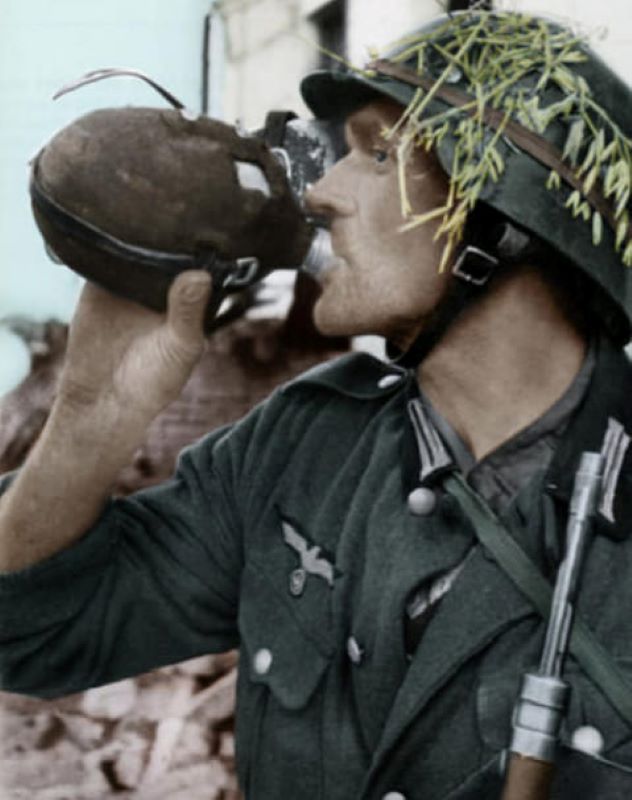 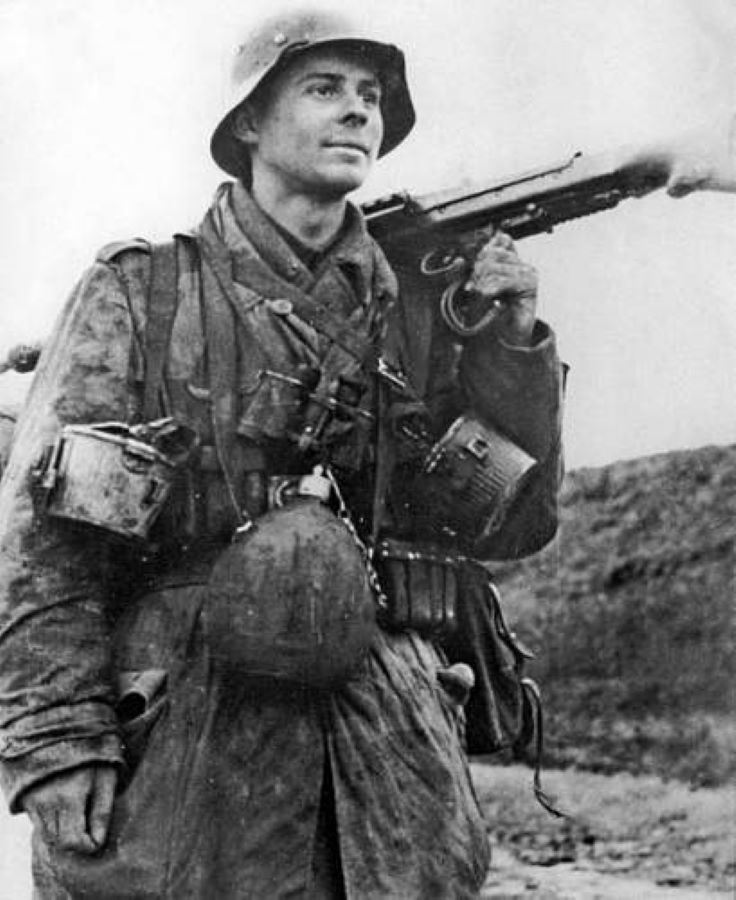
|
IMPRESSIVE GIGANTIC HISTORICAL ARTIFACT ! WW2 Battlefield Dug Relic BLOWN UP GIANT RUSSIAN TANK SU-122 ( Self-Propelled MAN GUN BARREL ) Thick Barrel Iron peeled back like a banana revealing the rifling grooves ! ( Recovered Kurland Pocket )
Here is an incredible museum worthy relic ! An actual huge section of an original WW2 Russian Self-Propelled Tank Main Gun Barrel section that has been blown up by either a charge to disable it or by an artillery round that exploded. The barrel was peeled back like a banana ! Incredible display artifact of the horrific fighting in the Kurland Pocket !
The first SU-122s produced in December 1942 were sent to training centers and two new combat units, the 1433rd and 1434th self-propelled artillery regiments. Initially, each of these mixed regiments consisted of two batteries with four SU-122s each and four batteries with four SU-76 tank destroyers each. Each regiment had an added SU-76 tank destroyer as a command vehicle. It was planned to raise 30 self-propelled artillery regiments operating within armoured and mechanized corps.In January 1943, the 1433rd and 1434th self-propelled artillery regiments were sent to the Volkhov Front near Leningrad as part of the 54th Army. On 14 January, they saw combat for the first time in Smierdny region. After that, it was decided SU-122s should follow between 400 m and 600 m behind the attacking tanks; sometimes this distance was shortened to between 200 m and 300 m.The use of SU-76 tank destroyers together with SU-122s proved unsuccessful. Based on combat experience, the organization of self-propelled artillery regiments was changed; the new regimental organization consisted of two batteries of SU-76 tank destroyers and three batteries of SU-122s, for a total of 20 self-propelled guns. In April, the organization of self-propelled artillery regiments was again changed. Separate regiments were created for SU-76 tank destroyers (light self-propelled artillery regiment) and SU-122s (medium self-propelled artillery regiment).The medium self-propelled artillery regiment consisted of four batteries of four SU-122s each. Each regiment was also equipped with either an added SU-122 or a T-34 for the commander and a BA-64 armoured car. This organization remained in place until the start of 1944 when the SU-122 began to be replaced by the SU-152, ISU-122 and ISU-152 heavy self-propelled guns, and the SU-85 tank destroyers.The SU-122 proved effective in its intended role of direct fire on strongholds. The massive concussion of the 122 mm high explosive round was reportedly enough to blow the turret off even a Tiger I if a direct hit was scored, a trait shared with the larger 152 mm howitzers. A new BP-460A high-explosive anti-tank (HEAT) projectile was introduced in May 1943; however, its primitive warhead design was only minimally more effective than brute concussive effects of the older high explosive shell. However, like most howitzers, the accuracy of the M-30 was less than that of contemporary weapons designed for anti-tank warfare.At least one SU-122 was captured by the German Army. Few SU-122s survived the war. Currently only one exists and is on display in the Kubinka Tank Museum LOA Provided / Monthly Installments available /
For Local Pick-up - If Buyer would like shipped it will a destination request with all details of shipping being buyer arranged, as its very heavy and large. 120 lbs.
$ 1200 Plus shipping
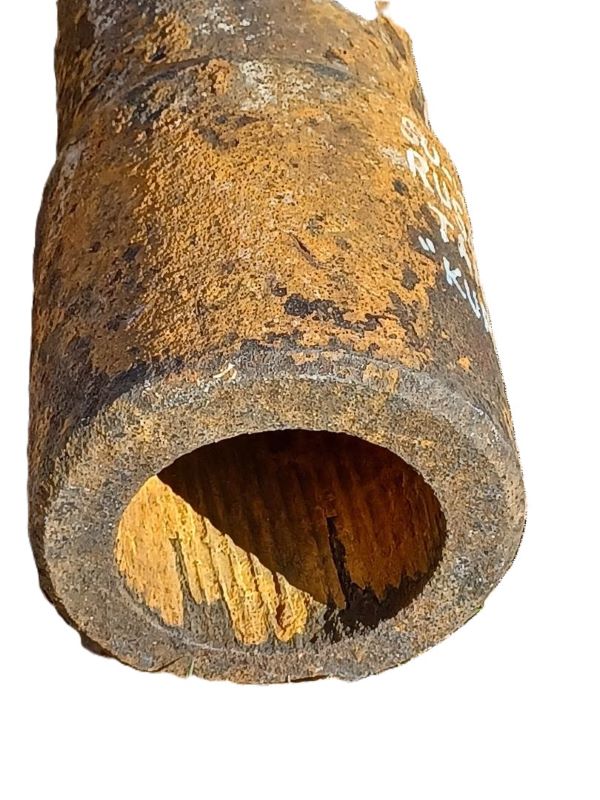 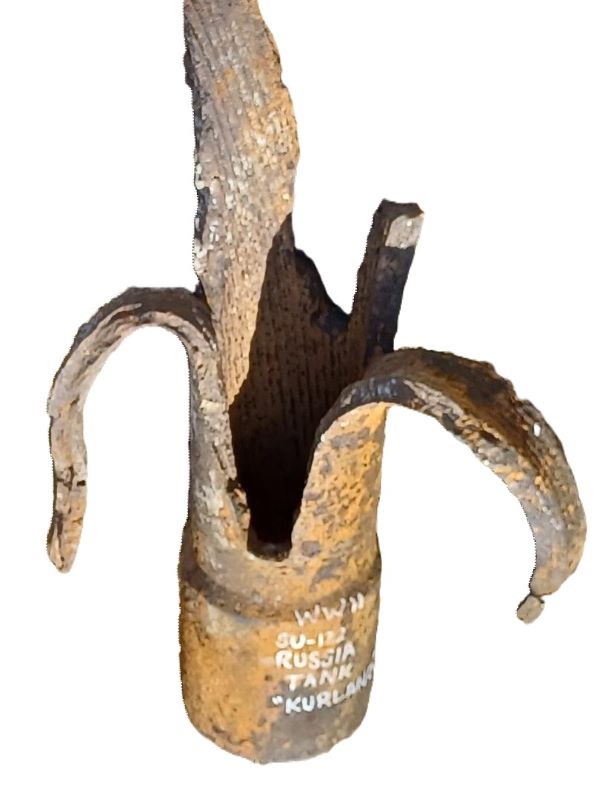 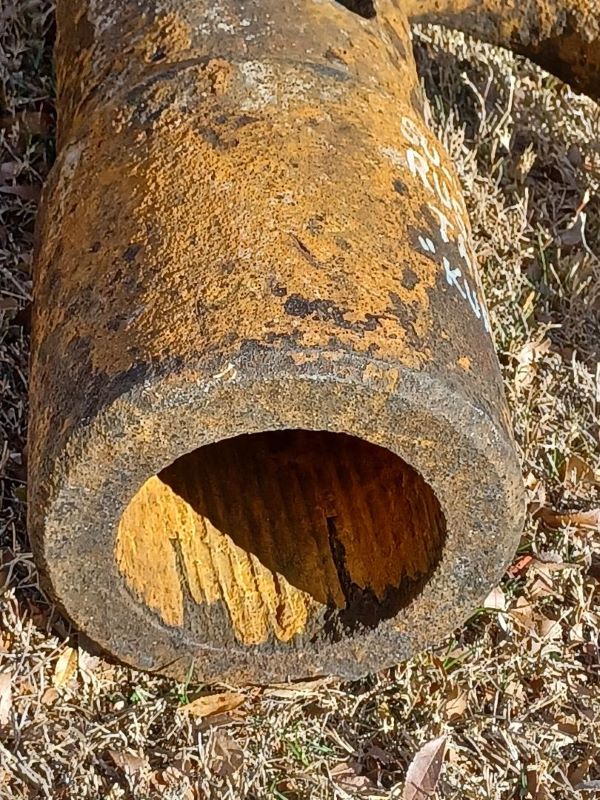 .jpg) 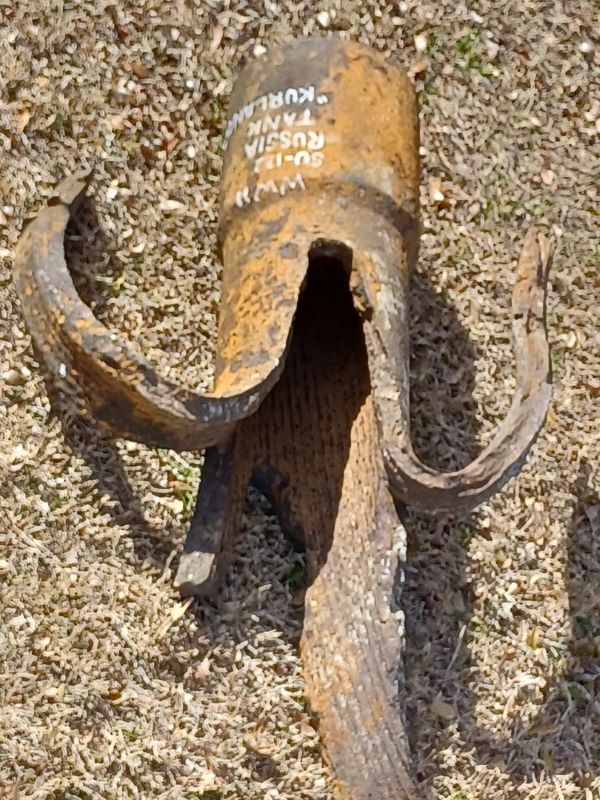 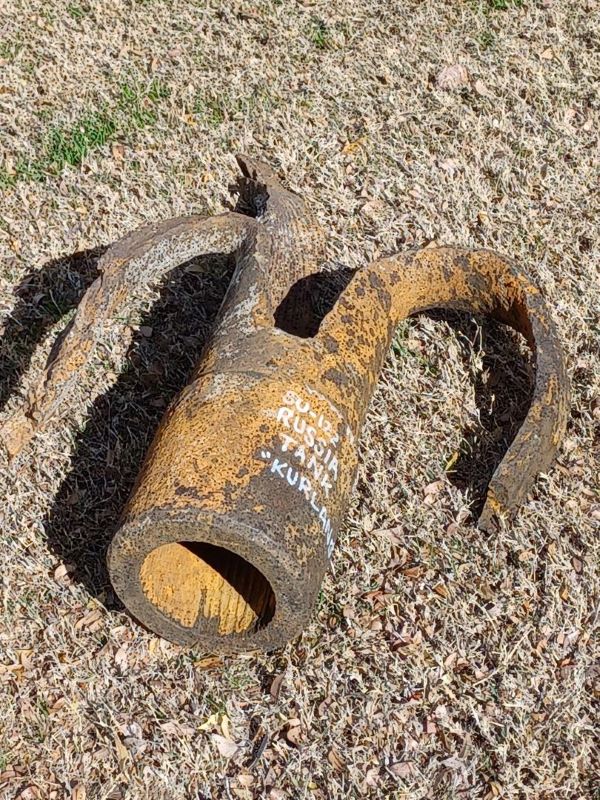 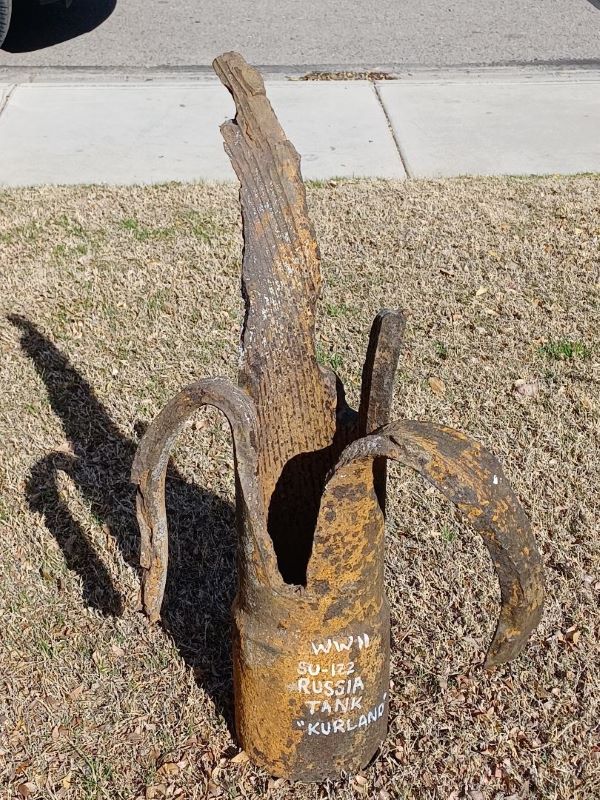 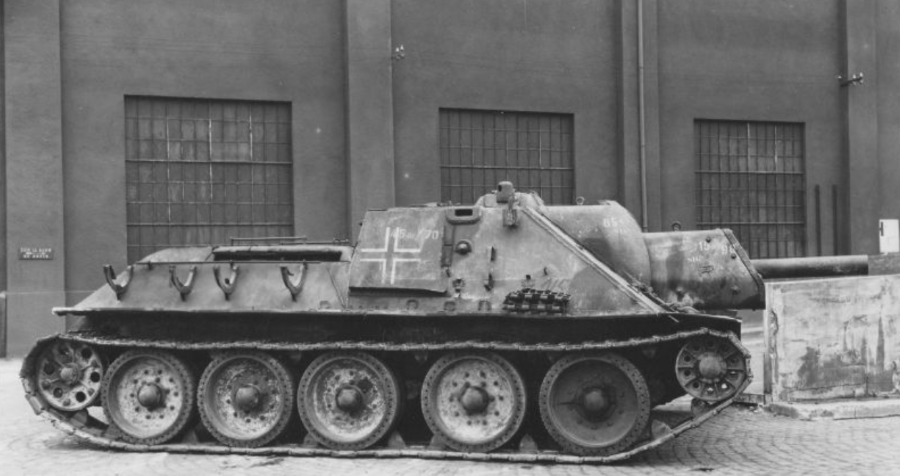 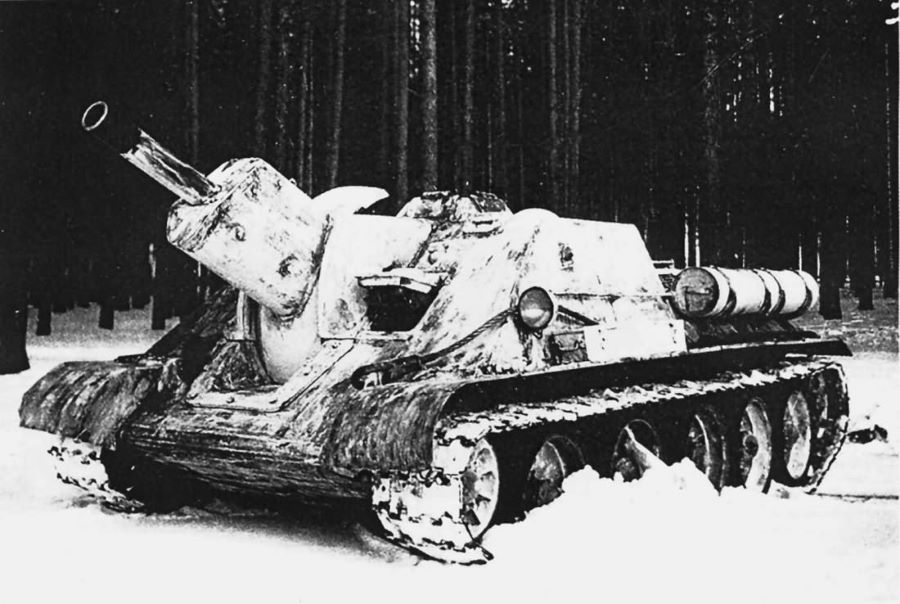 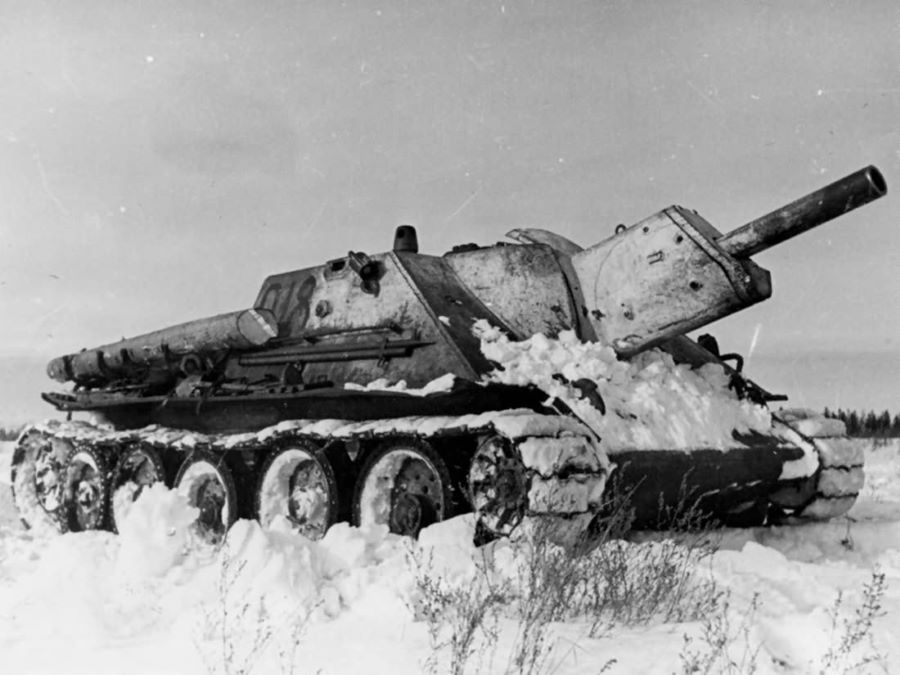 |
RARE WWII Lot of Dug RELIC Found US P-38 20mm Cannon Shells ! Here is a cool lot of WWII Dug Relic 20mm Shells. These were used most notably on the P38. Aircraft. First conceived in 1937 by Lockheed chief engineer Hall L. Hibbard and his then assistant, Clarence "Kelly" Johnson, the twin-boomed P-38 was the most innovative plane of its day, combining speed with unheard-of advances: two supercharged engines and a potent mix of four 50-caliber machine guns and a 20-mm cannon. Upon its official introduction in 1940, the P-38 was capable of climbing to 3,300 feet in a single minute and reaching 400 mph, 100 mph faster than any other fighter in the world. It also doubled as an intimidating long-range threat, capable of carrying a larger payload than early B-17s and boasting a range of 1,150 miles. Its versatility and ruggedness were legendary. It could sink a ship. Strafed enemies on the ground. Crippled tanks. Destroyed entrenched pillboxes and shot down numerous fighters and bombers in all theaters of war. When a long-range battle-tested airplane was needed for the Allies' first round-trip mission to Berlin, a modified P-38 was chosen. While the fighters were engaging in dogfights over the Rhineland, the critical air battles were raging over the Ardennes. Nothing was more important than slowing down the relentless panzer tide, and the two P-38 groups at Florennes were sent after Manteuffel's lead outfit, the 2nd Panzer Division, streaking for Dinant, the Meuse River, and the fighter pilots' own base. All night long ground crew at Florennes could hear and see the distant boom and flashes of heavy artillery to the east. At dawn, it was cold but clear. Mechanics got the P-38s ready. The 474th was one of the last groups to operate the massive twin-engined fighter, and despite their effectiveness as tank killers they were maintenance headaches. In the cold, pilots walked out to their waiting aircraft. Ground crews pulled out chocks, and the P-38s rumbled down the runway and into action. Once airborne, the 474th flew nine separate missions against the enemy. One flight hit a column belonging to the German 89th Infantry Division just west of Rocherath. The ragtag group of a depleted company was marching along in dispersed order when six P-38s hit them at 5 pm. Eight of the 50 Germans were killed and another 12 wounded. Not every attack went well. Another flight of four P-38s spotted a concentration of German vehicles from the 9th SS Panzer Division near Vielsalm. Major Ernest Nuckols reported a "juicy convoy of possibly 200 vehicles" and swooped in. Then his bomb refused to drop. The rest of the flight returned with little better result. A second strike on the 9th SS Panzer Division met with heavy flak, which damaged planes. Lieutenant Adrian Knox was hit by flak fire and parachuted out of his plane. Only after the war did his pals learn that he was killed. But the big story for the 474th was the German spearhead near Dinant. The attacks were all-out, and even a P-61 night fighter was committed on a rare day mission. The objectives were the roads between St. Hubert and Marche, and 2nd Panzer Division's vehicles were all over them.At noon the supply column of the 3rd Battalion, 766th Volks Artillery Corps, moved into the village of Foy Notre Dame, less than five miles from the Meuse. Soon after the Germans arrived, so did the 474th and its P-38s. The dreaded "Jabos" swooped down on the column and immediately burned six trucks and three half-tracks, exploding the battalion's only fuel truck, wiping out 3,400 liters of gasoline. The 2nd Panzer Division was soon out of gas. Free Shipping !
$ 29 each
|
RARE WW2 Battlefield Dug Relic Wehrmacht "MUSHROOM" Division Insignia of the 205. Infanterie Division - ( Recovered Kurland Pocket Surrender Site of Army Group North ) The 205th Infantry Division (German: 205. Infanterie-Division) was a German division during the Second World War.Initially formed as the 14th Militia Division (German: 14. Landwehr Division), the division was mobilized a few days before the invasion of Poland in 1939, and remained on garrison duty in Germany throughout that campaign. It was the only Landwehr unit mobilized during 1939-1945 (others that were mobilized were reorganized as 3rd-Wave-style divisions), though the 97th Landwehr Division had been mobilized for the 1938 Anschluss.It was renamed the 205th Infantry Division on January 1, 1940 and sent to France near the end of the western campaign. It was demobilized in July, but mobilized again in early 1941, and served as a garrison against potential any Allied invasion until early 1942. It was then sent to the Russian Front, where it served with Army Group Center in the "little Stalingrad" at Velikiye Luki over the winter of 1942-1943. The division was transferred to Army Group North in late 1943 and eventually trapped in the Courland Pocket, where it surrendered to the Soviets in 1945. LOA Provided / $7 shipping
|
ONE OF A KIND ! RARE HISTORIC WW2 German "Battlefield Dug" PANZER 24. Division ( LEAPING HORSEMEN ) Jerrycan for Armoured Vehicle and Tank Fuel with TACTICAL SYMBOLS and Panzer Division SYMBOL ! Relic ( Recovered Positions of the 24th Panzer Div. Historic STALINGRAD ) From my personal collection here is an absolutely INCREDIBLE and IMPRESSIVE Beautiful display Relic ! Battlefield Dug German Panzer Vehicle Jerrycan for fuel with Tactical Markings and the RARE Symbol of the Leaping Horseman 24. Panzer Division that was destroyed at Stalingrad ! On 1 January 1942, the 4th Panzer Group was redesignated 4th Panzer Army. The 4th Panzer Army held defensive positions in the spring of 1942 and then was heavily reinforced and re-fit and was transferred to Army Group South for its offensive in Southern Russia. As Operation Blue progressed, Hitler divided Army Group South into two army groups. Army Group A which was composed of the German 17th Army and 1st Panzer Army and Army Group B which was composed of 6th Army and the 4th Panzer Army.
Army Group B's objective was to anchor itself on the Volga while Army Group A drove into the oil fields of the Caucasus. The 4th Panzer Army approached Stalingrad from the South while the 6th Army approached it from the west. Their aim was to meet up at Stalingrad and encircle the Soviet 62nd and 64th armies outside the city. However, the 6th Army was faced by a strong counterattack by the Soviet forces and failed to meet up with the 4th Panzer Army for three crucial days, allowing the two Soviet armies to withdraw into Stalingrad. HOLD
|
AMAZING WW2 HISTORIC RELICS - Lot of US .50 CAL. ROUNDS from the Battle of Bulge !
Here is a chance to own a historic and incredible artifact lot of 50 Calibre US Bullets. These were found with a metal detector near Bastogne. Panzer columns took the outlying villages and widely separated strongpoints in bitter fighting, and advanced to points near Bastogne within four days. The struggle for the villages and American strongpoints, plus transport confusion on the German side, slowed the attack sufficiently to allow the 101st Airborne Division (reinforced by elements from the 9th and 10th Armored Divisions) to reach Bastogne by truck on the morning of 19 December. The fierce defense of Bastogne, in which American paratroopers particularly distinguished themselves, made it impossible for the Germans to take the town with its important road junctions. The panzer columns swung past on either side, cutting off Bastogne on 20 December but failing to secure the vital crossroads. In the extreme south, Brandenberger's three infantry divisions were checked by divisions of the U.S. VIII Corps after an advance of 6.4 km (4 mi); that front was then firmly held. Only the 5th Parachute Division of Brandenberger's command was able to thrust forward 19 km (12 mi) on the inner flank to partially fulfill its assigned role. Eisenhower and his principal commanders realized by 17 December that the fighting in the Ardennes was a major offensive and not a local counterattack, and they ordered vast reinforcements to the area. Within a week 250,000 troops had been sent. General Gavin of the 82nd Airborne Division arrived on the scene first and ordered the 101st to hold Bastogne while the 82nd would take the more difficult task of facing the SS Panzer Divisions; it was also thrown into the battle north of the bulge, near Elsenborn Ridge.
$ 90 for all !
|
SOLD'S & HOLD'S |
RARE WW2 Battlefield Found WAFFEN-SS "NORGE" Norwegian Legion / SS Division Nordland / Viking Dragon Ship Insignia - Recovered Kurland Pocket SOLD |
RARE "Battlefield Dug" German Wehrmacht "121. Infanterie Division" "EAGLE - KNIGHT" Zinc Insignia Badge ! Here is a very rare find ! A Battlefield dug relic German Wehrmacht "Eagle Knight" 121st Infantry Division Insignia Pin made of zinc missing pinback. The 121st was part of the 28th Corps of Army Group North. At the start of Operation Barbarossa in 1941, Courland, along with the rest of the Baltic, was overrun by Army Group North headed by Field Marshal Wilhelm Ritter von Leeb. In 1944, the Red Army lifted the siege of Leningrad and re-conquered the Baltic area along with much of Ukraine and Belarus. However, some 200,000 German troops held out in Courland. With their backs to the Baltic Sea. they were trapped in what became known as the Courland Pocket, blockaded by the Red Army and the Red Baltic Fleet. Colonel-General Heinz Guderian, the Chief of the German General Staff, insisted to Adolf Hitler that the troops in Courland should be evacuated by sea and used for the defense of Germany. Hitler refused, and ordered the Wehrmacht, Waffen-SS, Luftwaffe and Kriegsmarine forces in Courland to continue the defence of the area. Hitler believed them necessary to protect Kriegsmarine submarine bases along the Baltic coast. On January 15, 1945, Army Group Courland (Heeresgruppe Kurland) was formed under Colonel-General Dr. Lothar Rendulic The blockade by elements of the Leningrad Front remained until May 8, 1945, when the Army Group Courland, then under its last commander, Colonel-General Carl Hilpert, surrendered to Marshal Leonid Govorov, the commander of the Leningrad Front (reinforced by elements of the 2nd Baltic Front) on the Courland perimeter. At this time the group consisted of the remnants of some 31 divisions. After May 9, 1945, approximately 203,000 troops of Army Group Courland began moving to Soviet prison camps in the East. The majority of them never returned to Germany. LOA Provided / Free US Shipping SOLD
|
WOW ! Absolutely Impressive RARE WW2 "Battlefield" Dug German Wehrmacht Flammenwerfer-35 "FLAMETHROWER" BATTLE-DAMAGED Relic FlameTube Internal Part and Valve Hose Section Lot ! Here is an extremely rare battlefield dug relic German WW2 Battlefield Dug Flammenwerfer-35 Flamethrower tube and valve hose section from Historic Stalingrad ! I have never had an opportunity to own one of these ultra-rare relics and not too anxious to part with it. The Flamethrower was first used by the Germans in World War I. But by World War II the Axis and allies were using flamethrowers. The German flamethrower was used against fortifications or entrenched positions. The flamethrower was highly feared. The flamethrower was very heavy and if hit by explosives, shrapnel, bullets, or anything extra, the Operator would go up in flames. The flamethrower was a very dangerous role in the armies. The flamethrower had two tanks one held a flammable liquid the other nitrogen (sometimes differed). But when two pushed together through a tube it ignited and caused the flame. The flamethrower weighed about 79 pounds. The Flammenwerfer 35, or FmW 35 (flame thrower) was a one-man German flamethrower used during World War II to clear out trenches and buildings. It could project fuel up to 25 metres from the user.It weighed 35.8 kilograms (79 lb), and held 11.8 litres (2.6 imp gal; 3.1 US gal) of flaming oil, (Flammöl 19), petrol mixed with tar to make it heavier and to give it better range, which was ignited by a hydrogen torch providing about 10 seconds of continuous use. The firing device is activated at the same time with the Selbstschlussventil and is inside the protective pipe. The Flammenwerfer 35 was produced until 1941, when the lighter, slightly redesigned Flammenwerfer 41 began replacing it. Though initially successful, the German attacks stalled in the face of Soviet reinforcements brought in from across the Volga. The 13th Guards Rifle Division, assigned to counterattack at the Mamayev Kurgan and at Railway Station No. 1 suffered particularly heavy losses. Over 30 percent of its soldiers were killed in the first 24 hours, and just 320 out of the original 10,000 survived the entire battle. Both objectives were retaken, but only temporarily. The railway station changed hands 14 times in six hours. By the following evening, the 13th Guards Rifle Division had ceased to exist.Combat raged for three days at the giant grain elevator in the south of the city. About fifty Red Army defenders, cut off from resupply, held the position for five days and fought off ten different assaults before running out of ammunition and water. Only forty dead Soviet fighters were found, though the Germans had thought there were many more due to the intensity of resistance. The Soviets burned large amounts of grain during their retreat in order to deny the enemy food. Paulus chose the grain elevator and silos as the symbol of Stalingrad for a patch he was having designed to commemorate the battle after a German victory. Bitter fighting raged for every ruin, street, factory, house, basement, and staircase. Even the sewers were the sites of firefights. The Germans, calling this unseen urban warfare Rattenkrieg ("Rat War"), bitterly joked about capturing the kitchen but still fighting for the living room and the bedroom. Buildings had to be cleared room by room through the bombed-out debris of residential neighborhoods, office blocks, basements and apartment high-rises. Some of the taller buildings, blasted into roofless shells by earlier German aerial bombardment, saw floor-by-floor, close quarters combat, with the Germans and Soviets on alternate levels, firing at each other through holes in the floors. Fighting on and around Mamayev Kurgan, a prominent hill above the city, was particularly merciless; indeed, the position changed hands many times. LOA Provided / Included US Shipping / Instalments Available SOLD |
EXTREMELY RARE Wehrmacht INSIGNIA ! 122. Infantry Division "Greif" Griffon Talon - Recovered Surrender Site of Army Group North ! Here is a really cool Insignia Pin recovery from Kurland Pocket. A Truppeninternes Abzeichen der 122. Infanterie Division 'Greif'. The 122nd Infantry Division of the German Army, which fought on the Eastern Front during World War II. It surrendered to the Soviet forces in Kurland at the end of the war. It is constructed out of a die struck zinc base that has been silver washed. The obverse features a Giffon talon belo2w “Greif” all in a shield shape. The full back reverse features a soldered on tombak round plate that holds a well working pin assembly. It shows loss of its silver wash. It measures 7/8 of an inch tall by 11/16 of an inch wide. A unique piece! I have seen these sell upwards of 350 euro in this condition in the past and tough to find. LOA provided / Monthly Instalments Available / Free US Shipping SOLD
|
EXTREMELY RARE WW2 Battlefield Dug Wehrmacht Relic LEGENDARY "SPANISH 250th BLUE ( AZUL ) Infantry Division" Falange Breast Insignia ( Recovered Historic Kurland Pocket ) Here is a spectacular find, even more so in relic found condition. Have only had one other example in the last 20 years.! A very rare WW2 Spanish Blue Insignia broken pin and lost in battle, this insignia was there !! and was recovered Kurland Pocket ! On the frigid morning of Feb. 10, 1943, the 5,900 soldiers of the 250th “Blue” Infantry Division — Spanish volunteers fighting for the Axis on the Eastern Front of World War II — were sitting in their trenches and dugouts when the high-explosive shells fired from hundreds of Soviet artillery pieces fell from the sky. For those soldiers, the world turned into fire.Two hours later, three Soviet infantry divisions stormed into the Axis defensive positions, marking the beginning of the battle of Krasny Bor, an obscure but significant battle near Leningrad — still under siege at this point — which culminated in an Axis victory at the cost of the Blue Division, which was virtually destroyed. Krasny Bor was part of the larger Soviet offensive Operation Polar Star, the brainchild of Gen. Georgy Zhukov following the success two weeks earlier of Operation Iska, which opened a short land — and soon rail — corridor into Leningrad, bringing badly needed supplies into the city. Polar Star was far more ambitious, however, and Zhukov tasked three Soviet fronts with doing no less than punching through to the Baltic states in another example of Soviet “deep operations,” trapping and annihilating Germany’s Army Group North in the forests south of Leningrad. A second objective was to cut off the nearby Demyansk salient, a thumb-shaped protrusion deep inside Soviet lines. Krasny Bor, situated 20 miles southeast of Leningrad’s city center, was a strategic point near the highway connecting besieged Leningrad to Moscow. It was here that the Blue Division sat when the artillery of Gen. Vladimir Sviridov’s 55th Army — some 38,000 soldiers combined — rained down. The first day of the battle became known as “Black Wednesday” for the Spanish. The battle was bloodier for the Soviets, who may have suffered some 20,000 casualties after penetrating five kilometers into Axis lines before the offensive stalled out. A comprehensive day-by-day summary and descriptions of the specific units involved is available at Steven’s Balagan, a website dedicated to Spanish and Portuguese military history.The 55th Army running out of steam halted operations on this important flank of Operation Polar Star, which ground to a bloody halt in other sectors as well. However, the Soviet defeat did not discredit the strategy of deep operations as the Red Army would rely on it for its later offensives. If Krasny Bor and Polar Star were victories for the Axis, they were Pyrrhic ones.Three quarters of the Blue Division’s troops were dead, wounded or had been taken prisoner, effectively ending the division as a fighting force, and the survivors soon retired to Spain by way of Germany. In January 1944, the Soviets fully lifted the siege of Leningrad in a massive push by more than 800,000 soldiers and more than 500 tanks. In the winter of 1943/44, the Blue Legion of Spanish volunteers (formerly part of the Blue Division, dissovled in late 1943) was initially attached to the 121st Division before its dissolution in March 1944 Free US Shipping / Layaway Instalments Available |
|
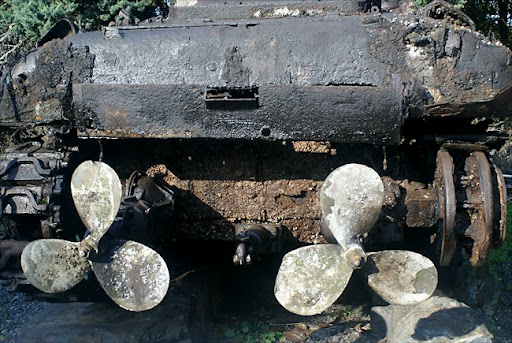
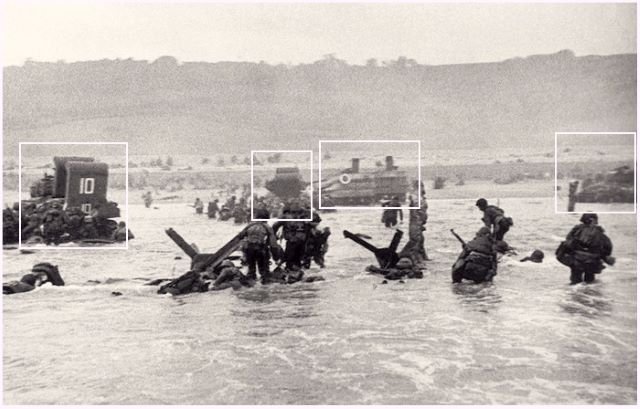
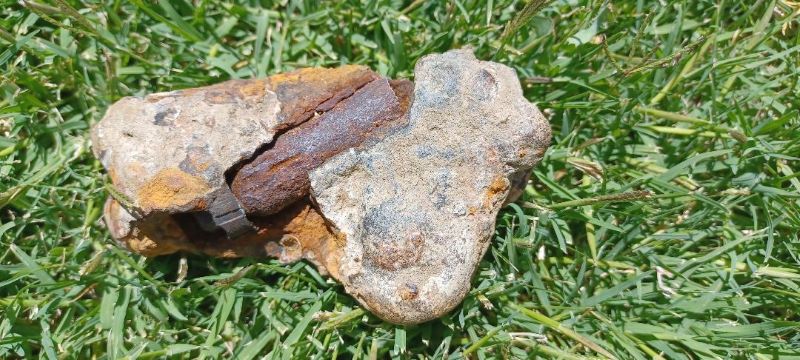
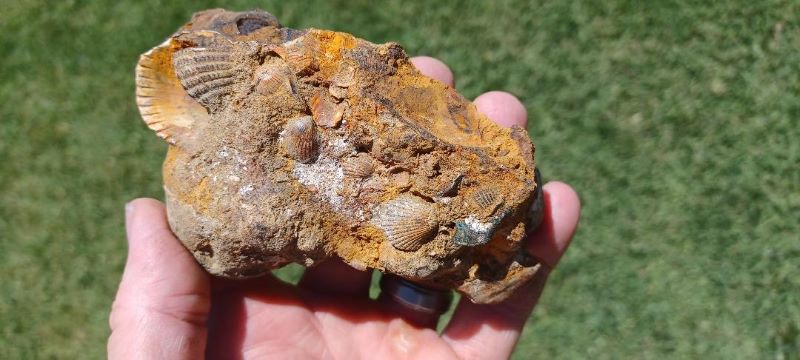
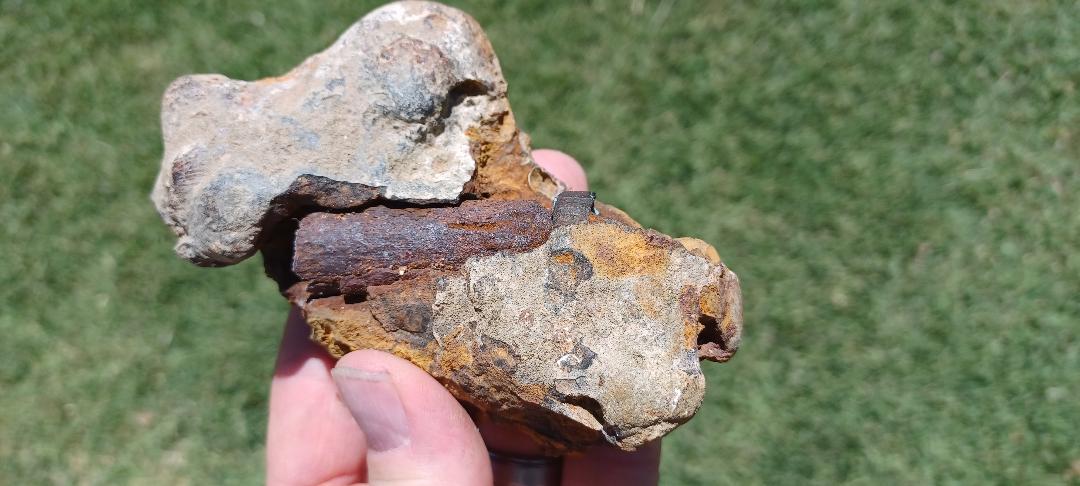
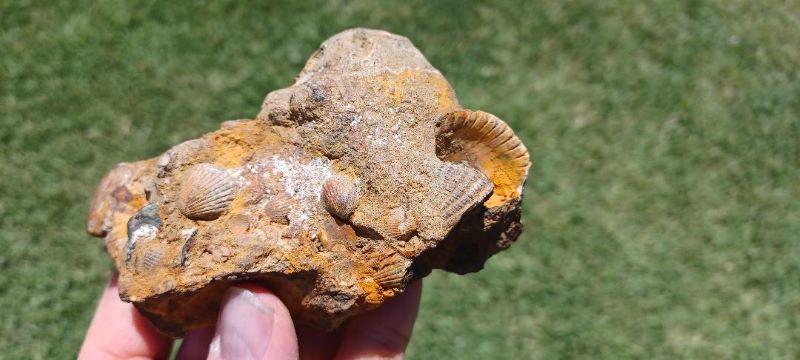
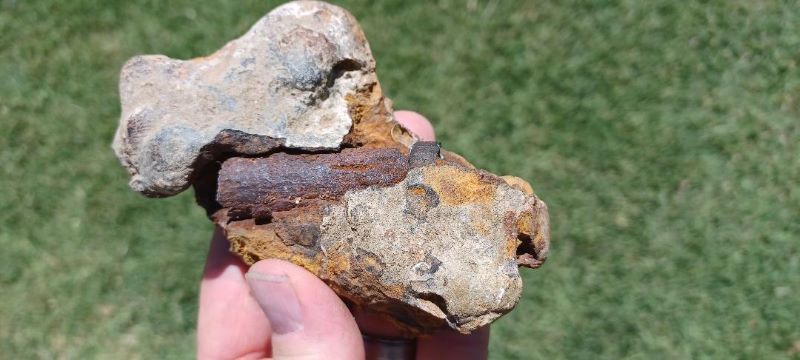
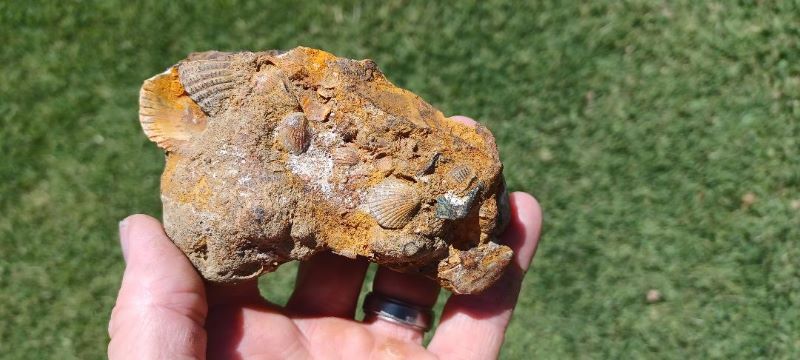
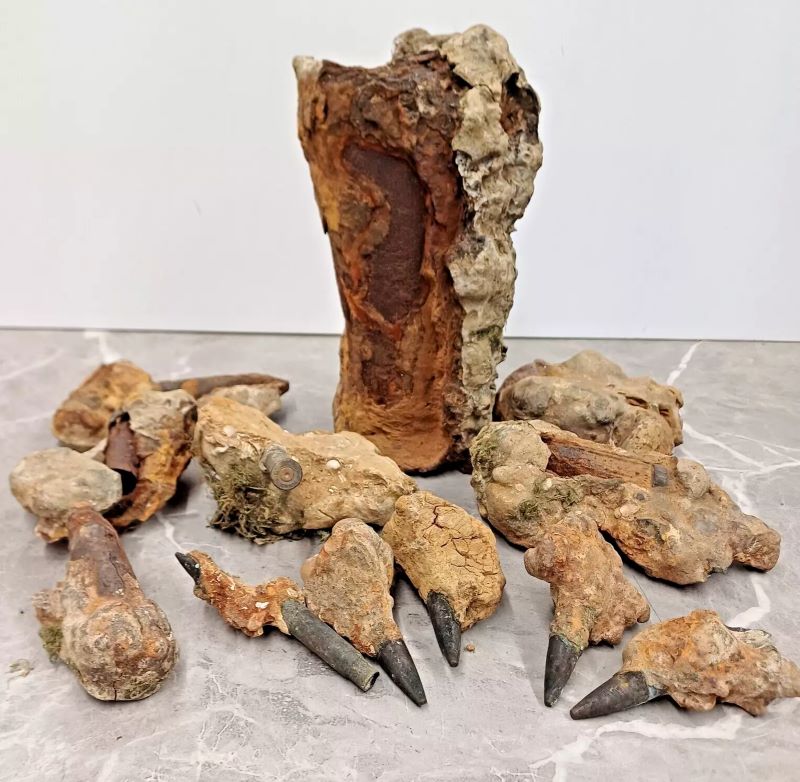
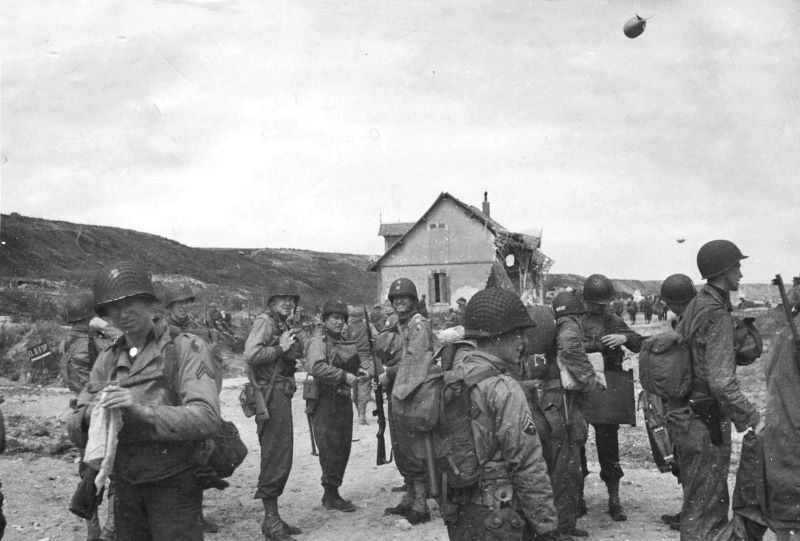
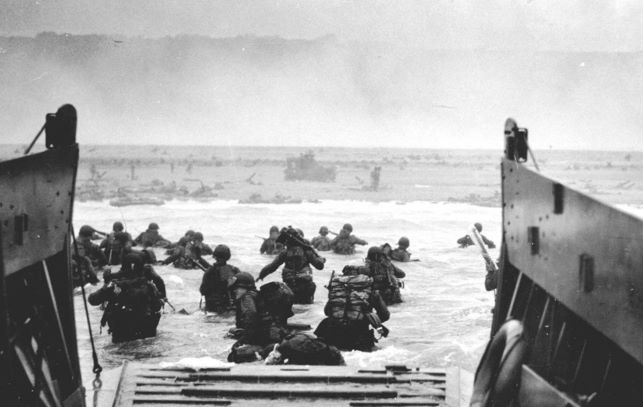
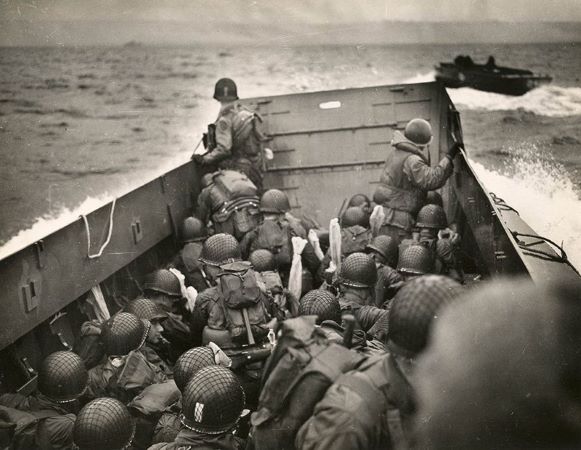
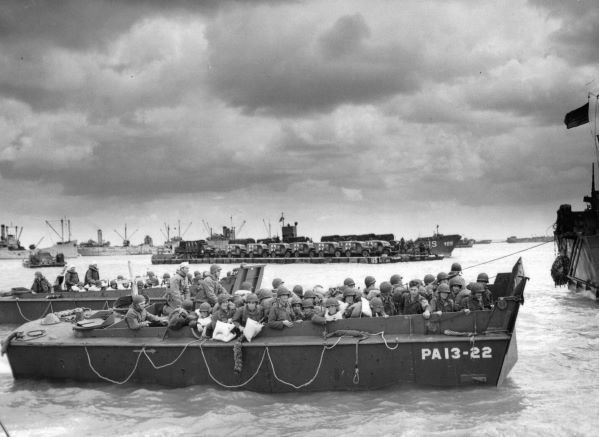

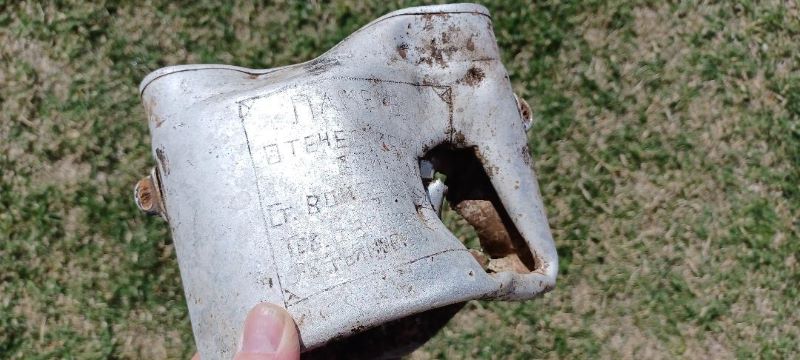
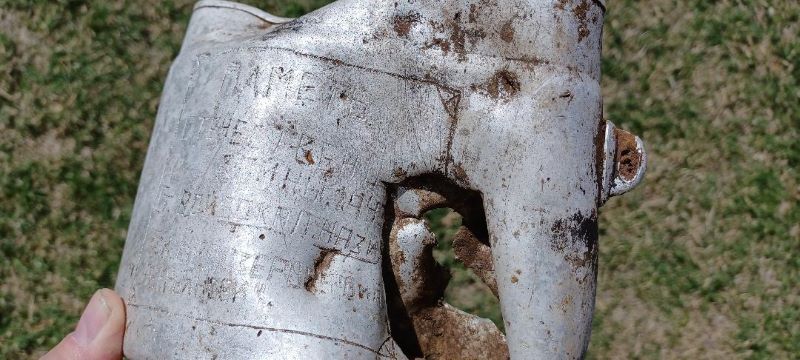
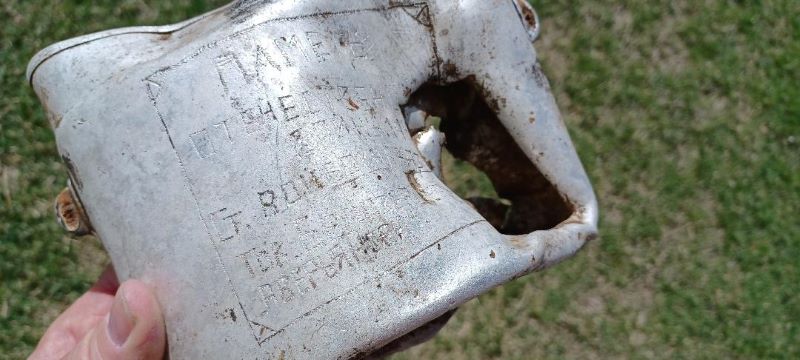
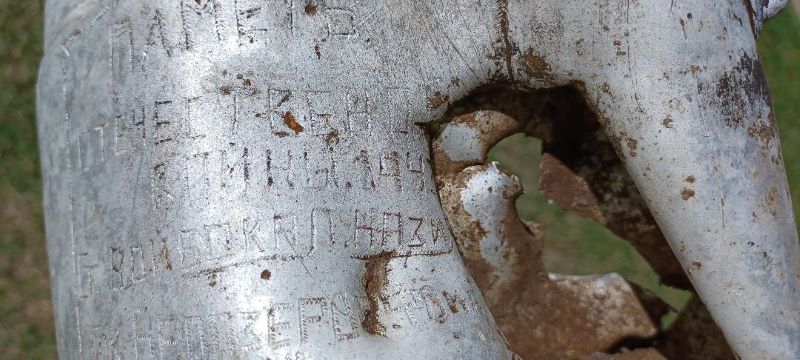
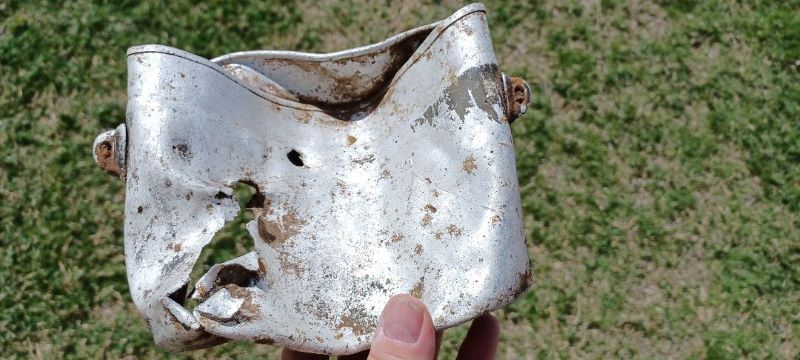
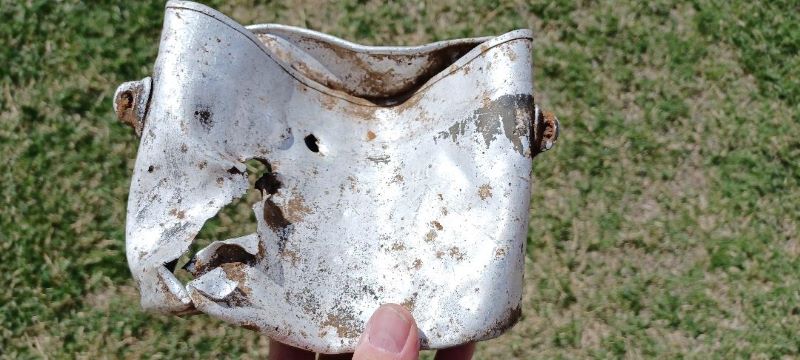
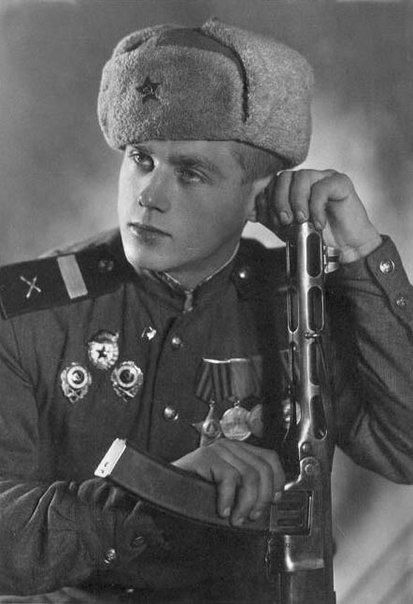
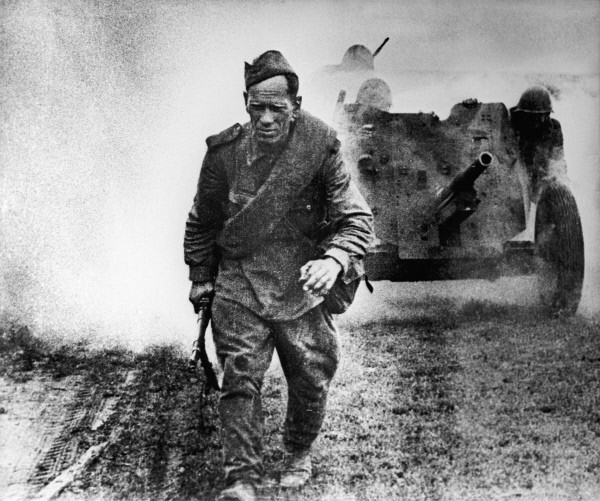
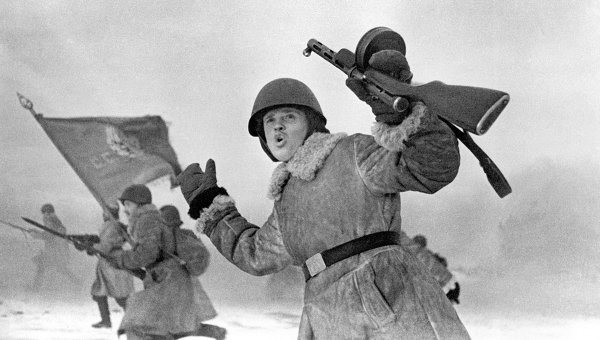
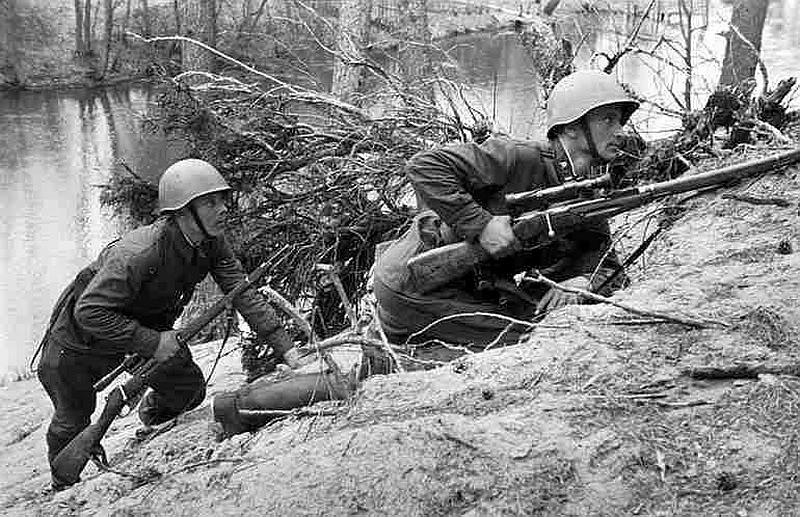
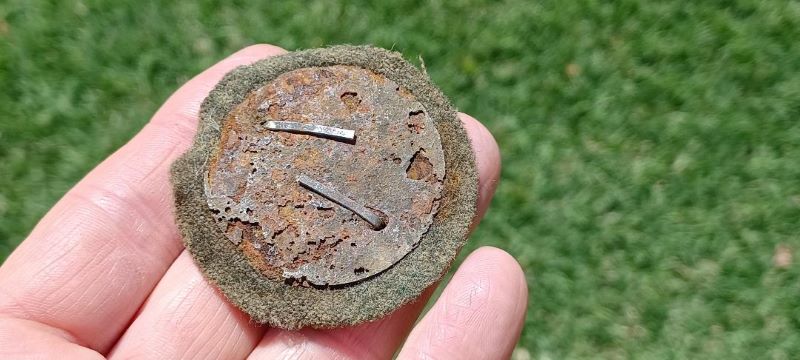
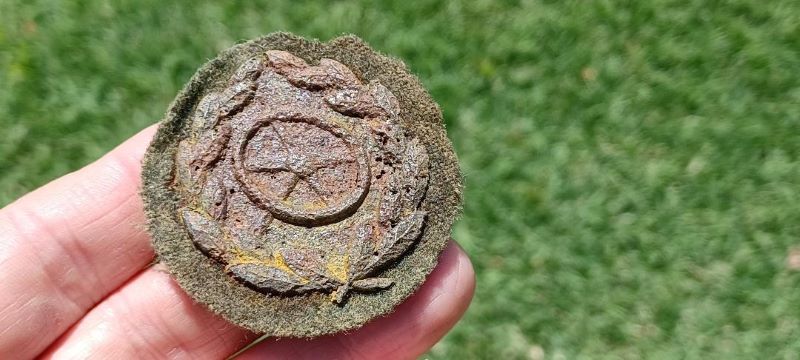
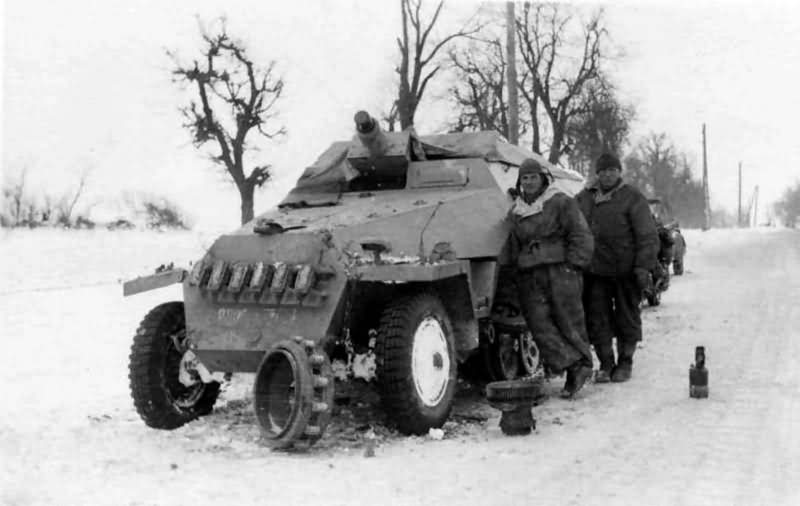
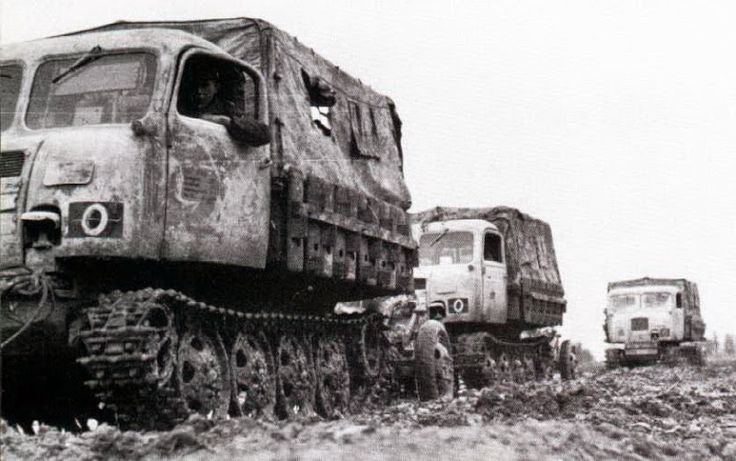
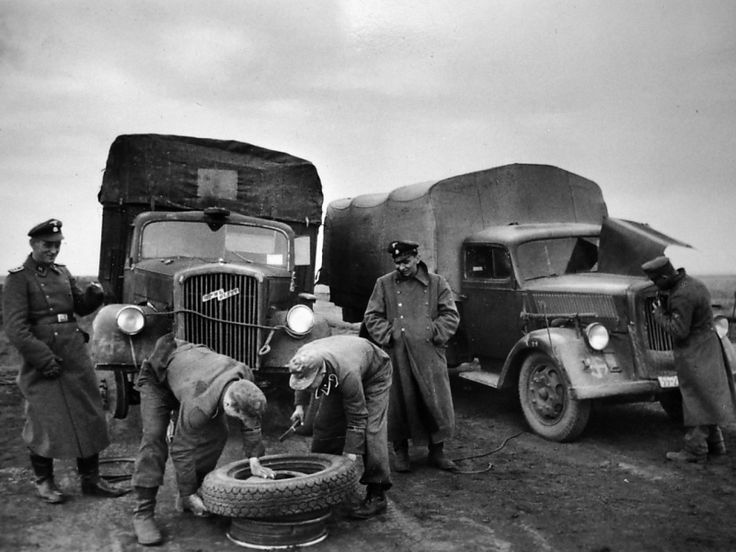
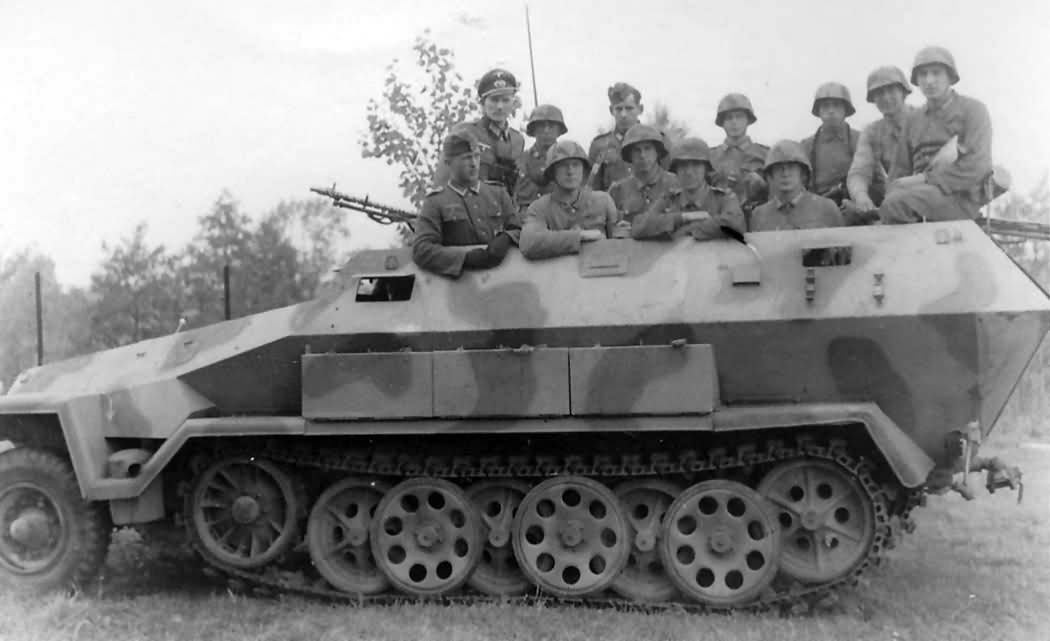
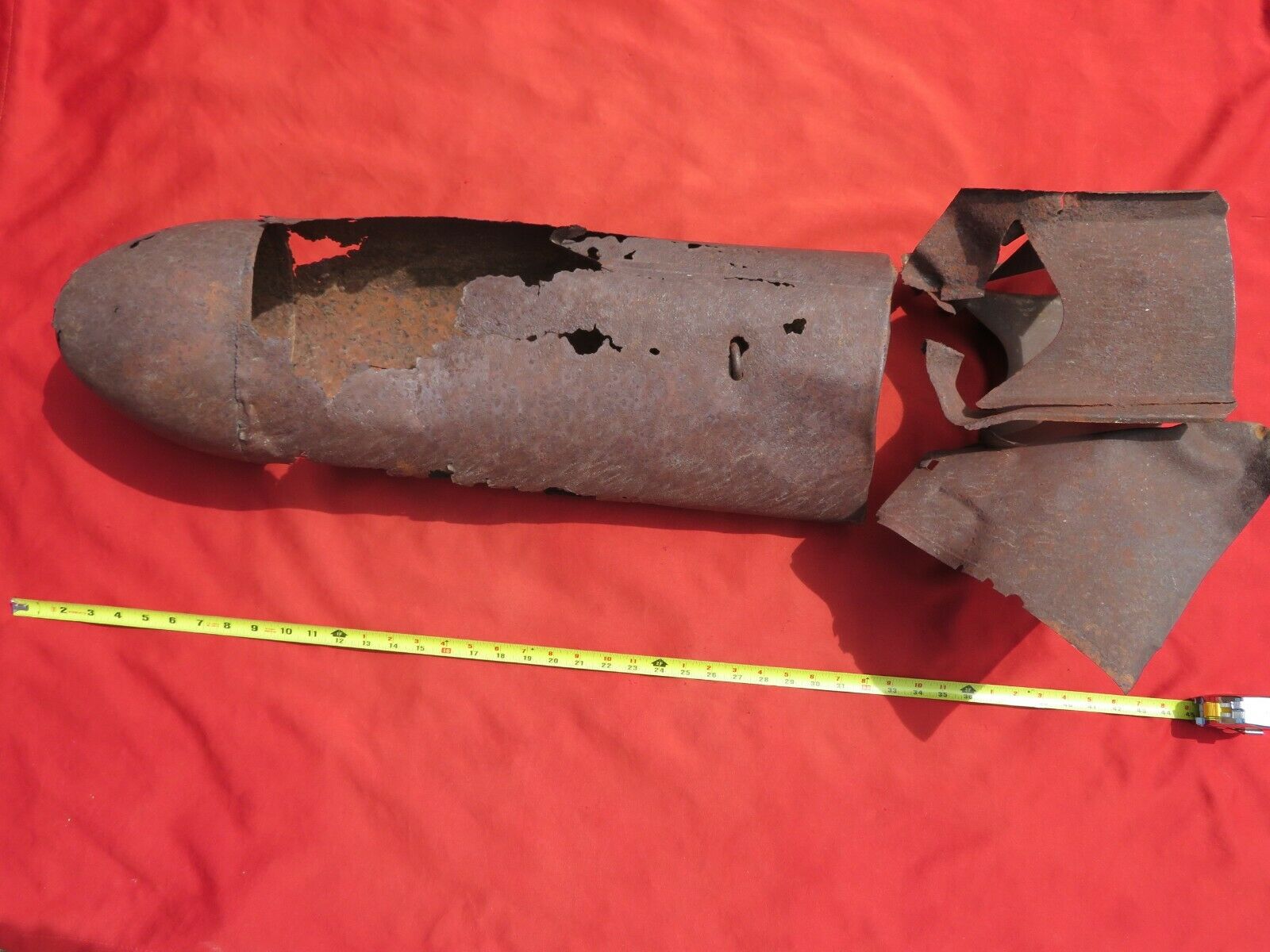
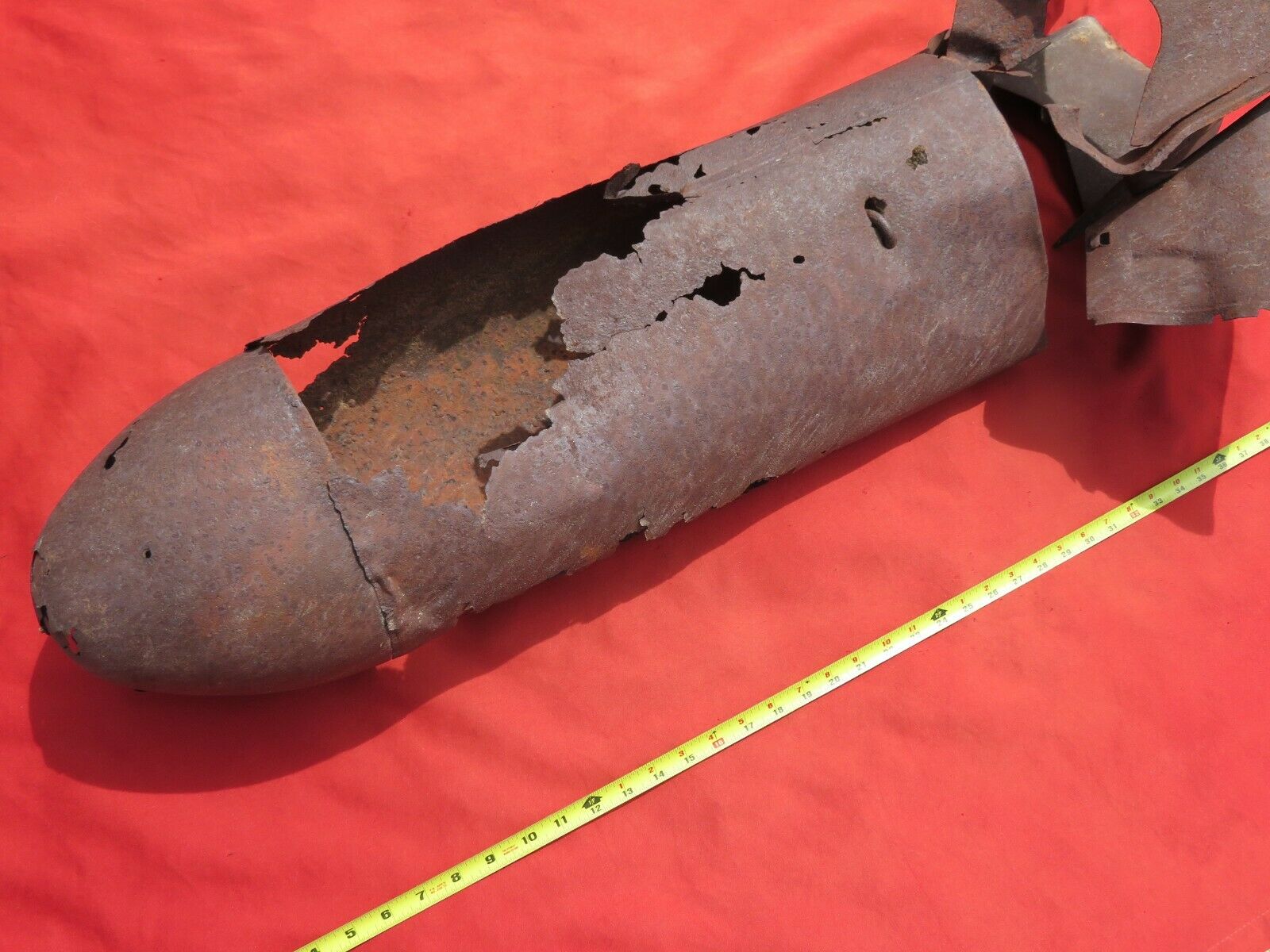
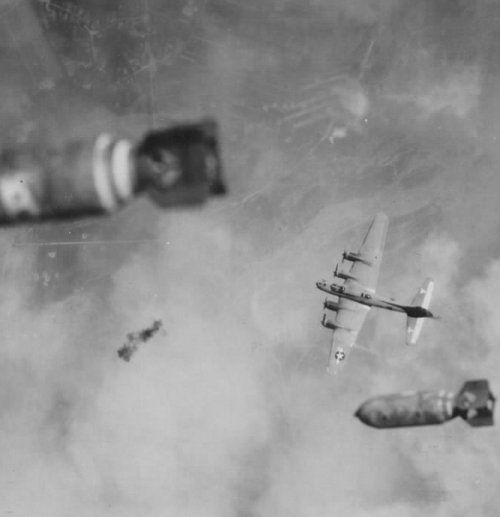
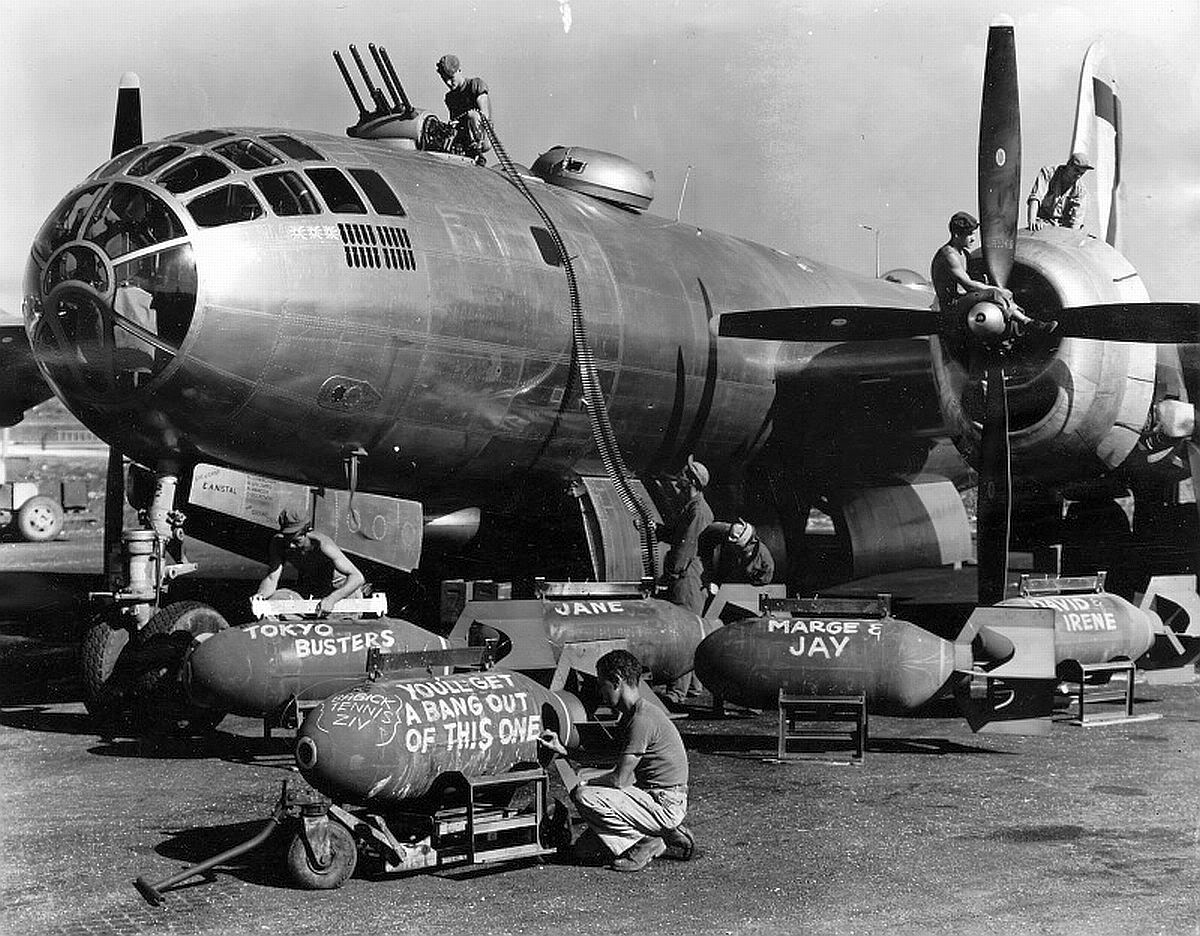
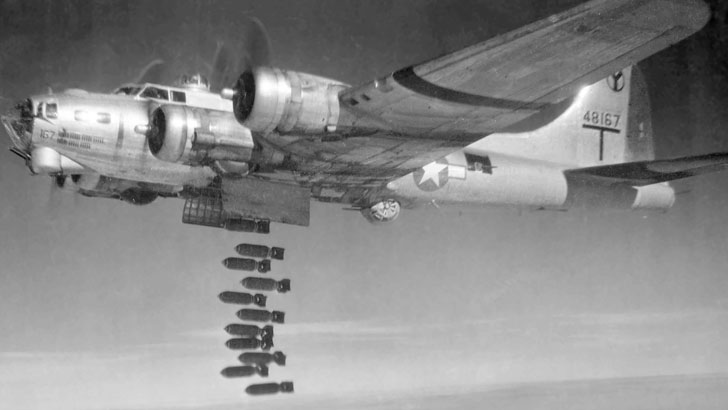
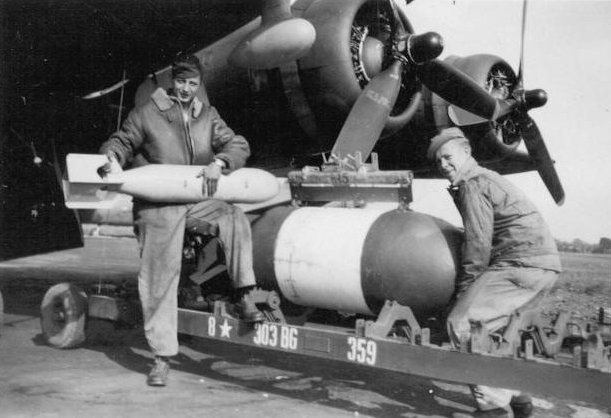
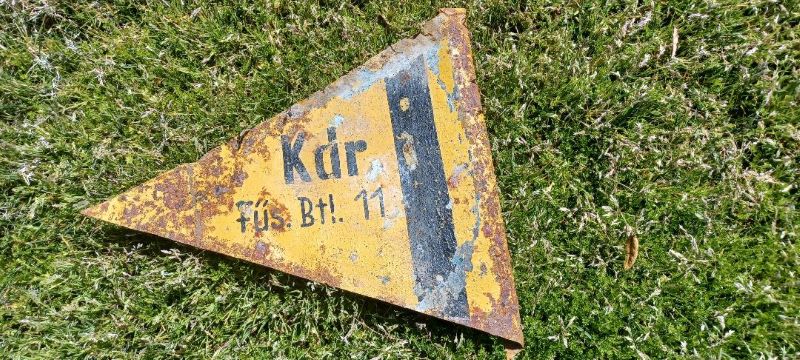
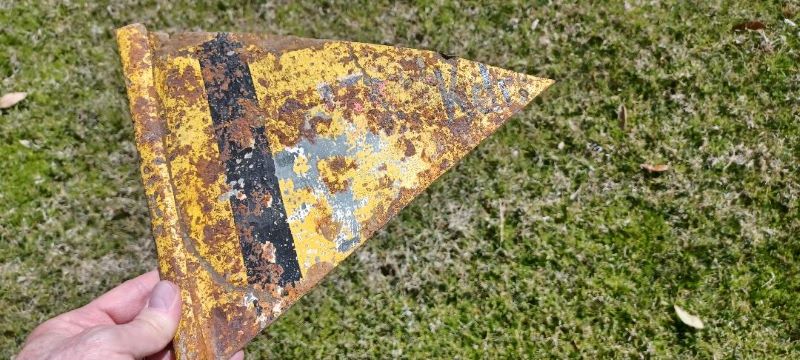
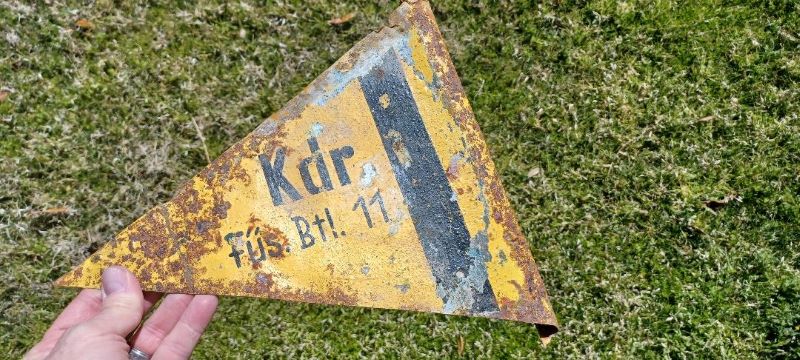
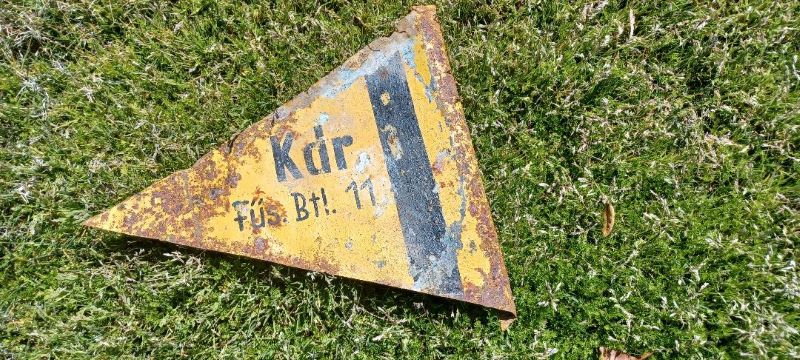
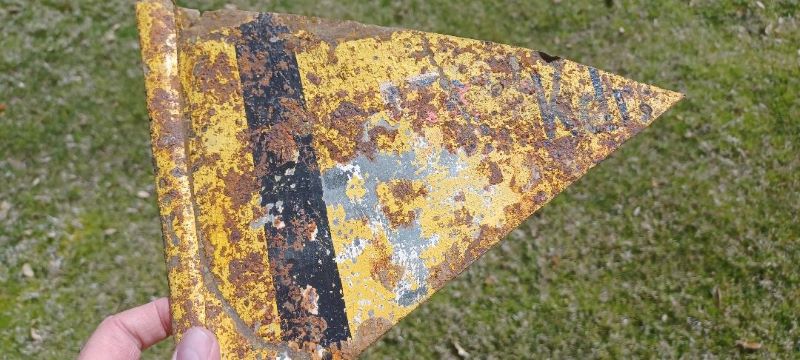
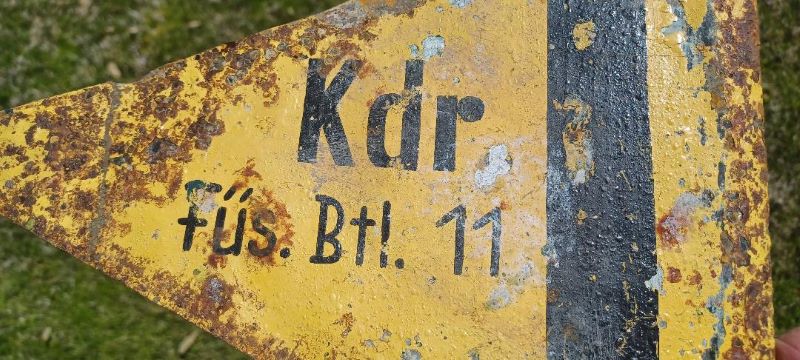
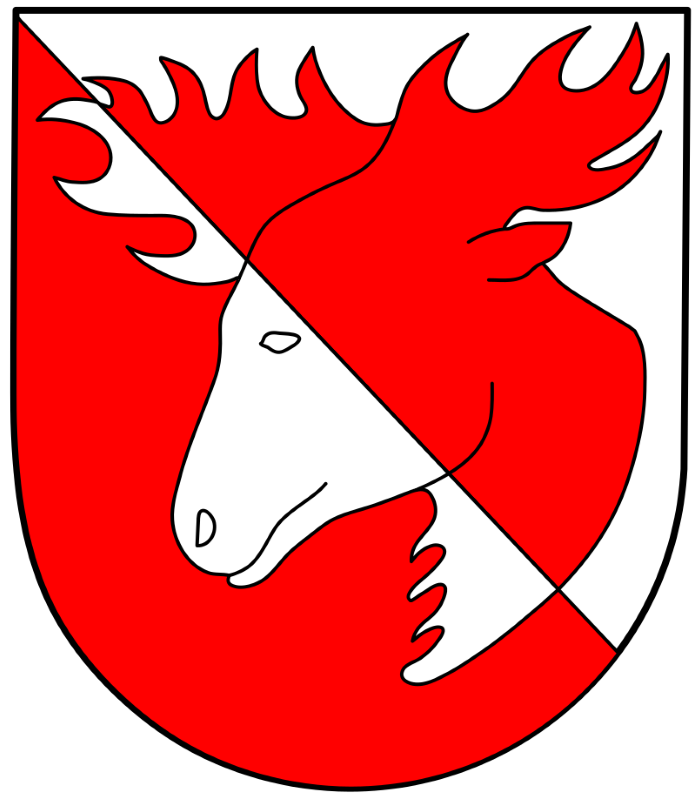
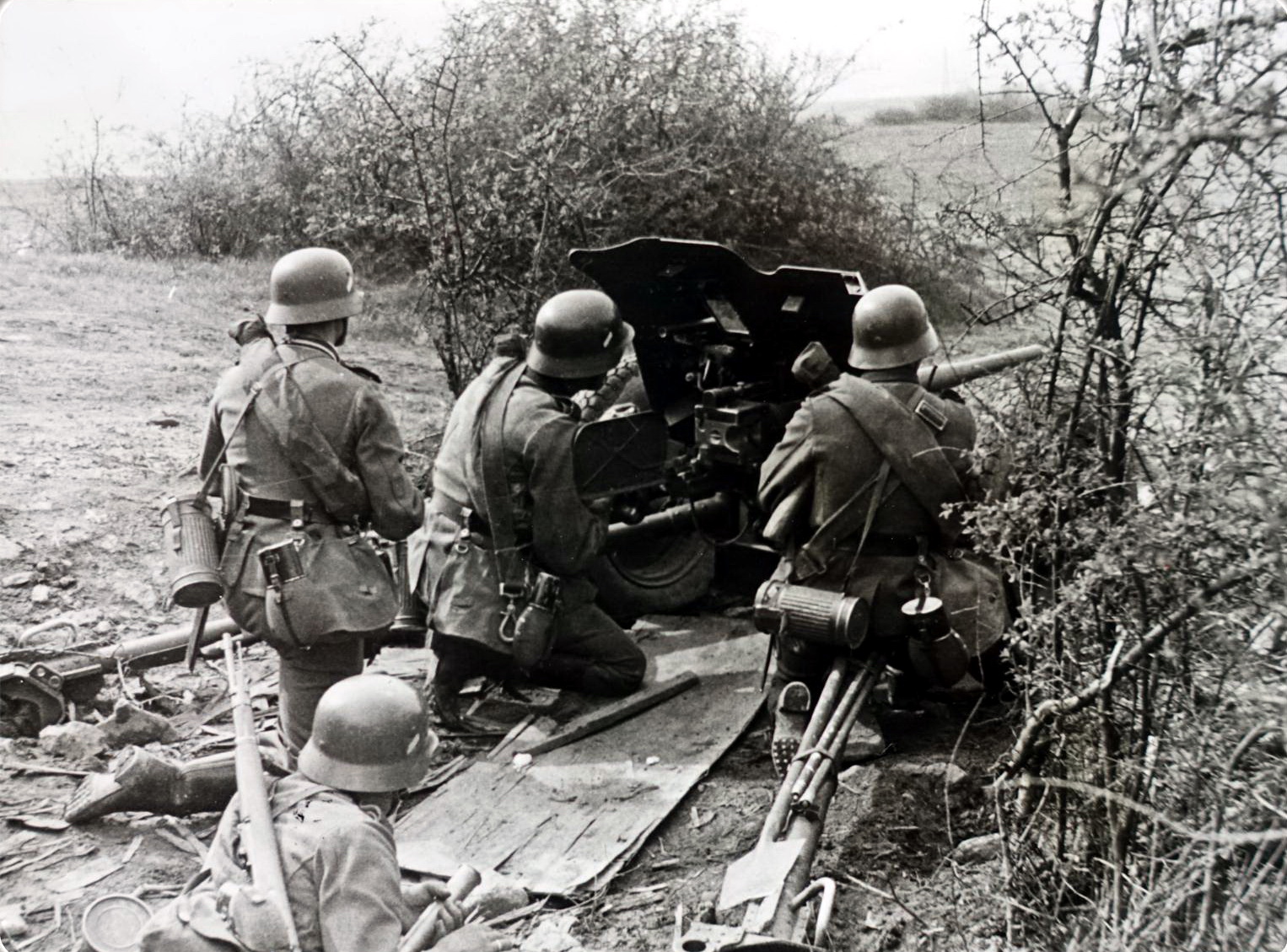
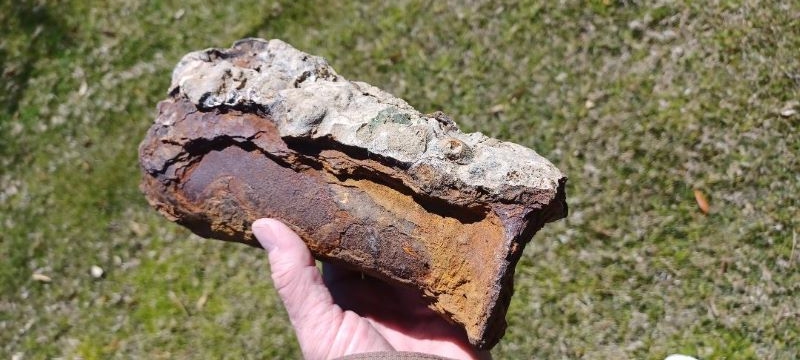
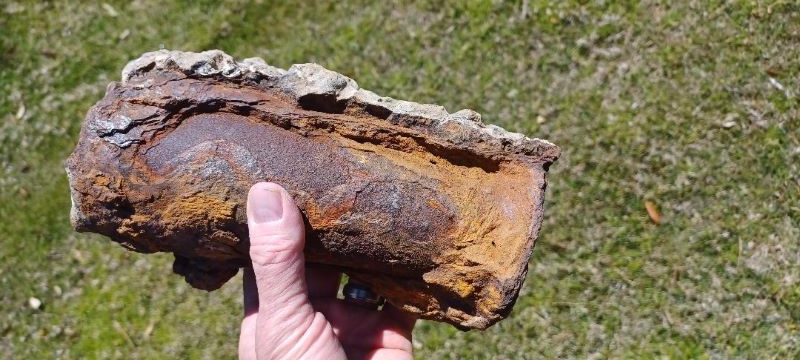
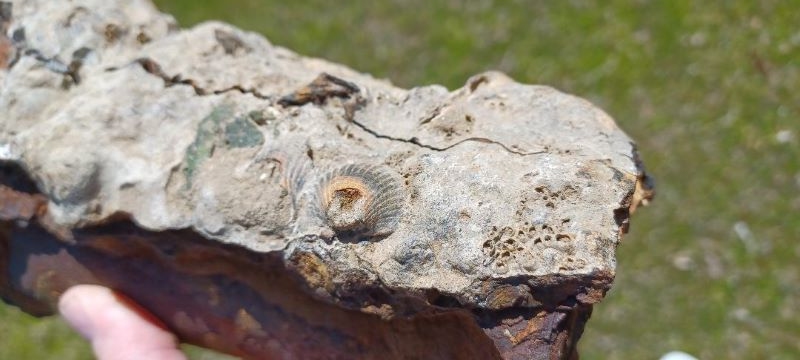
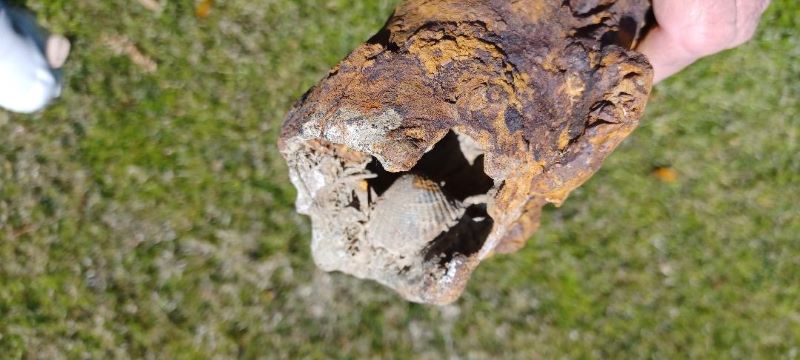
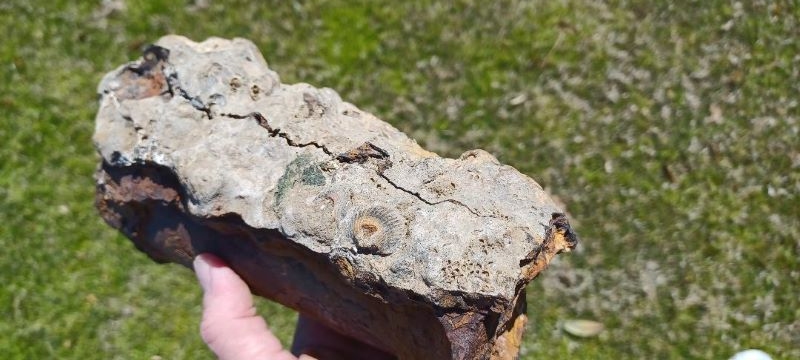
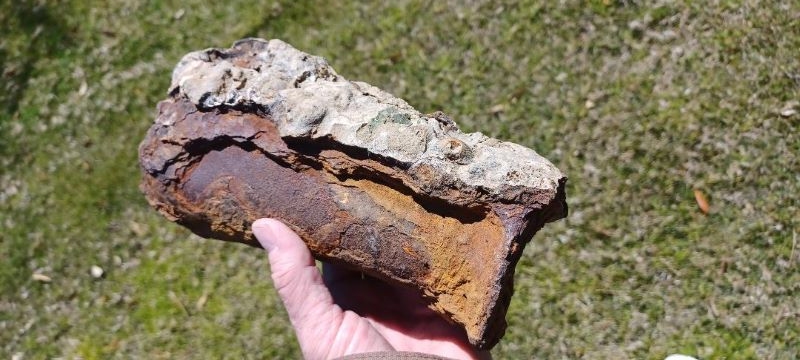
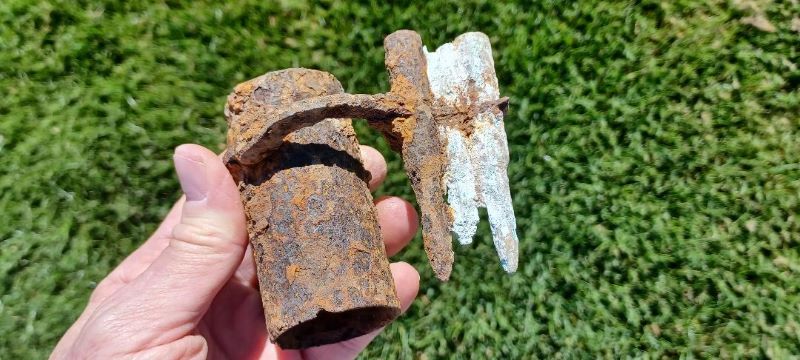
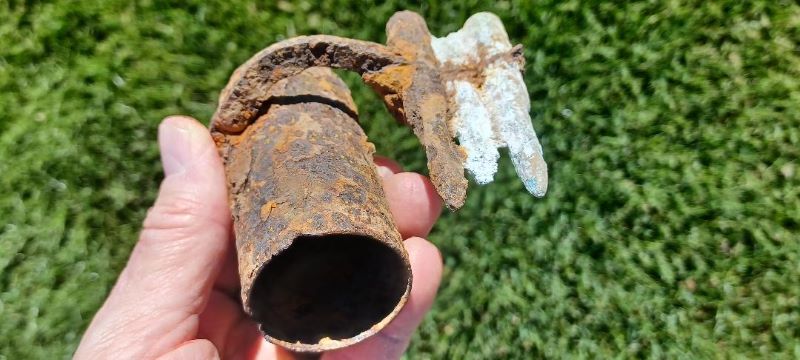
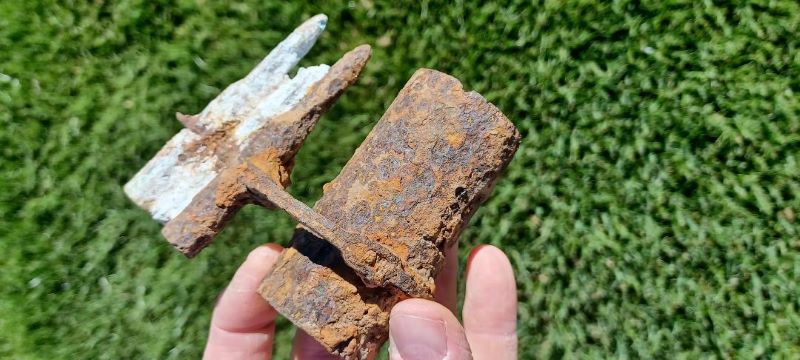
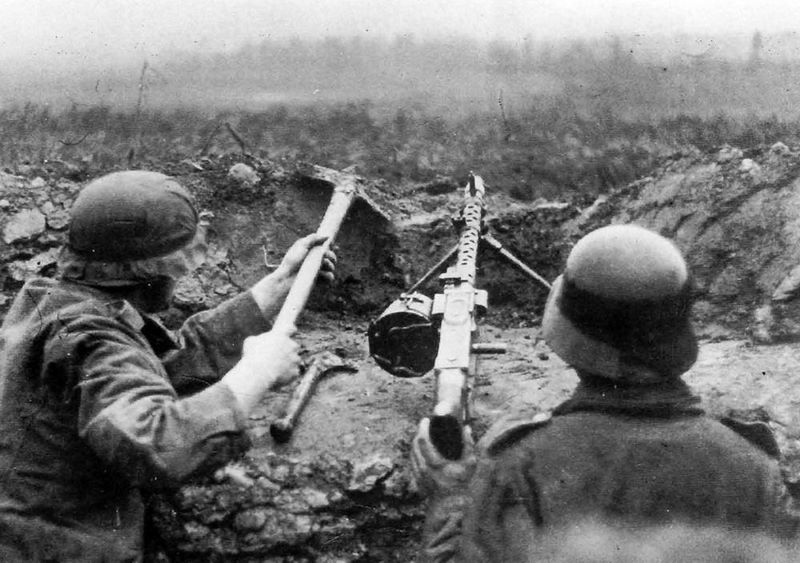
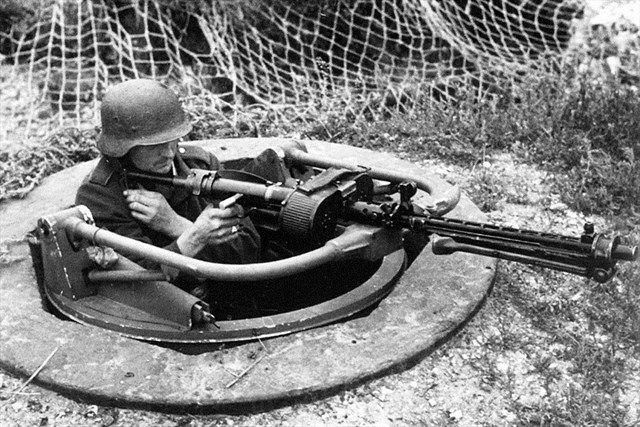
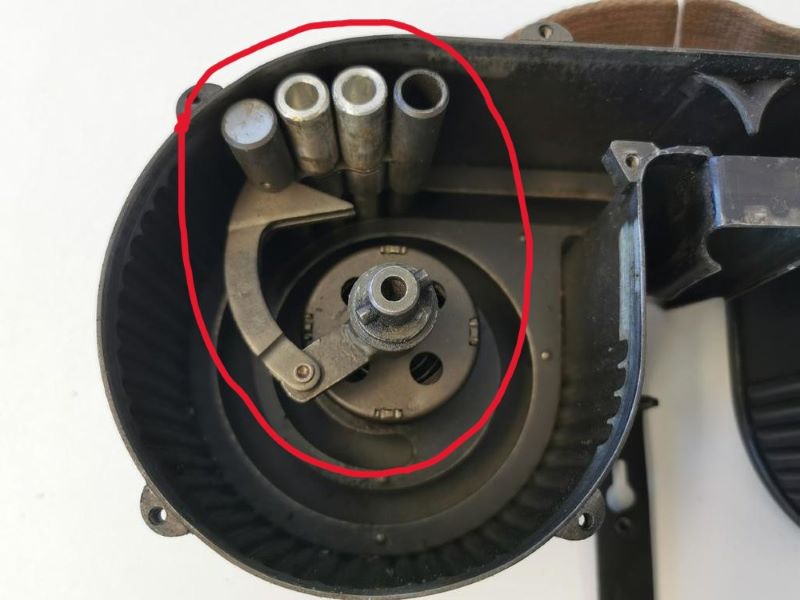
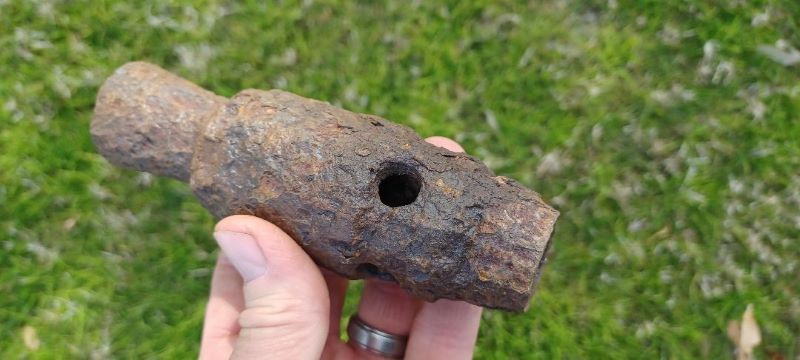
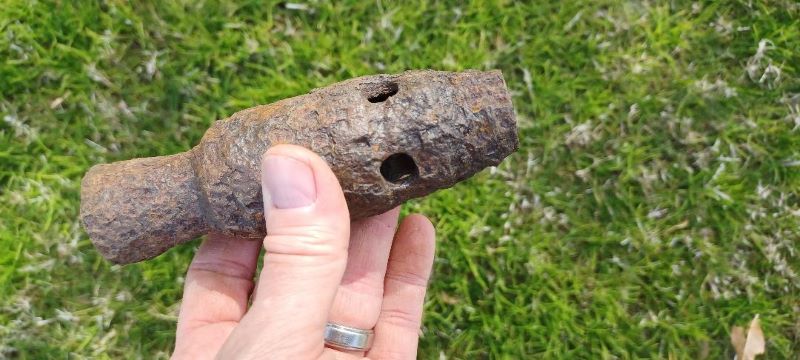
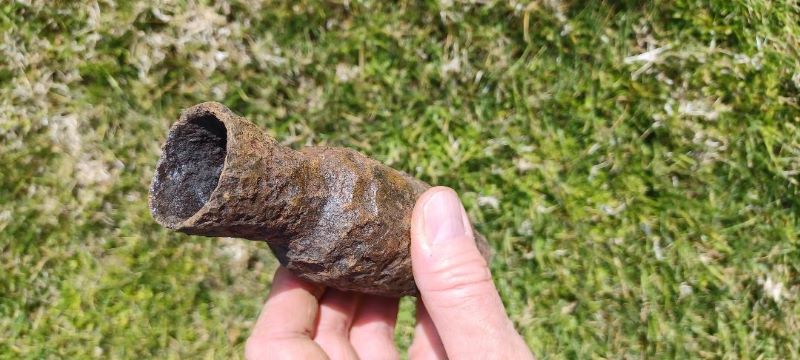
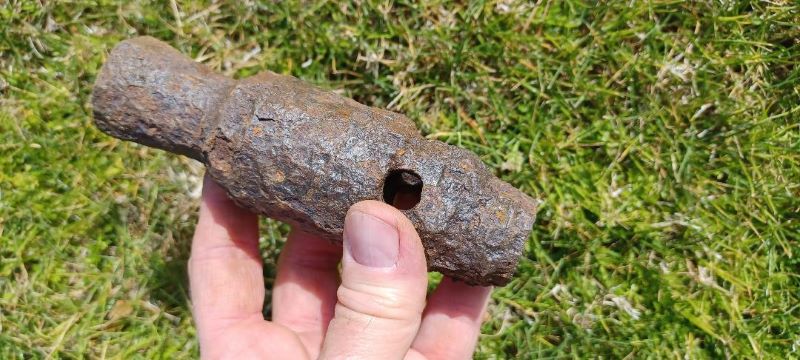
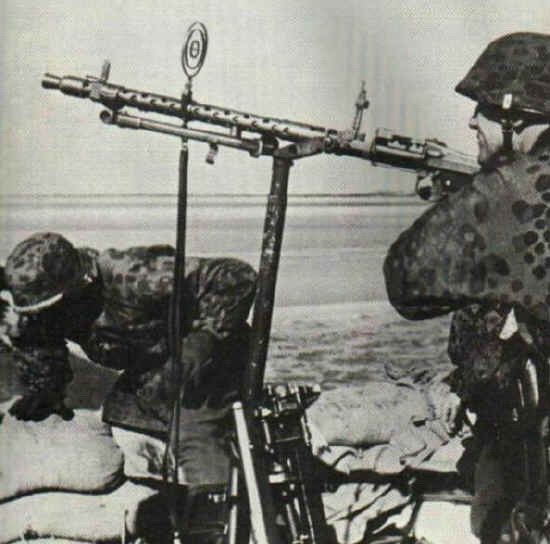
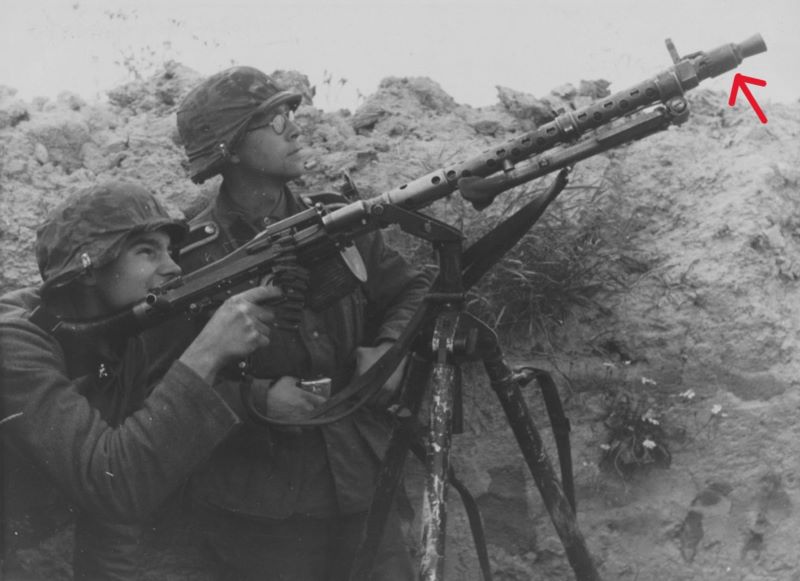
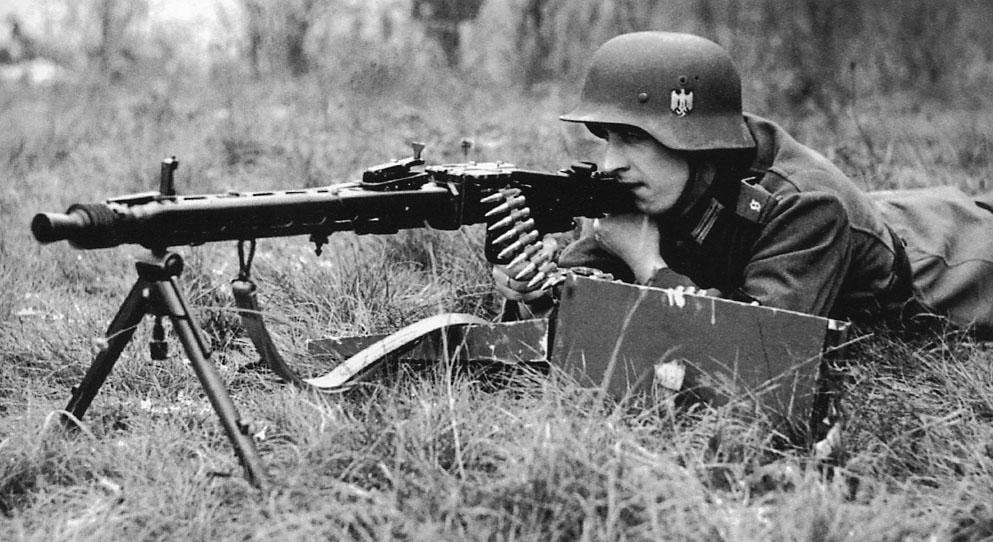
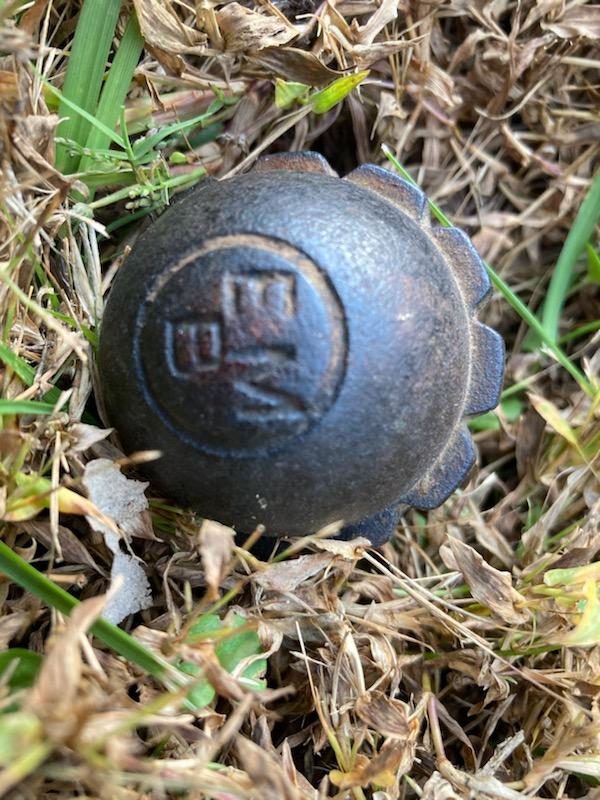
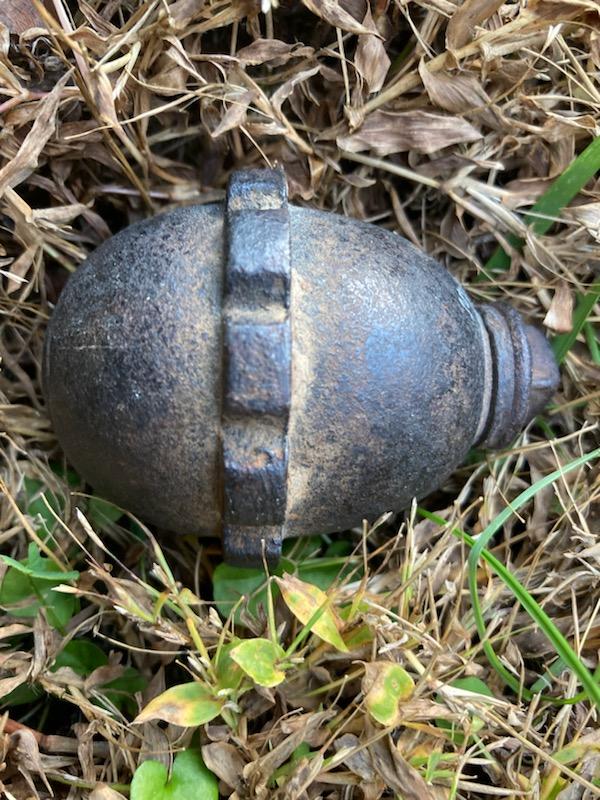
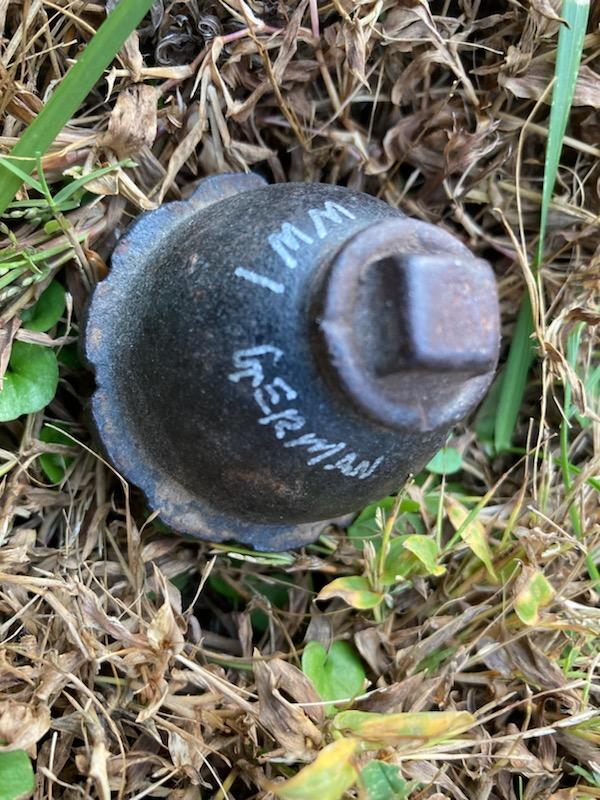
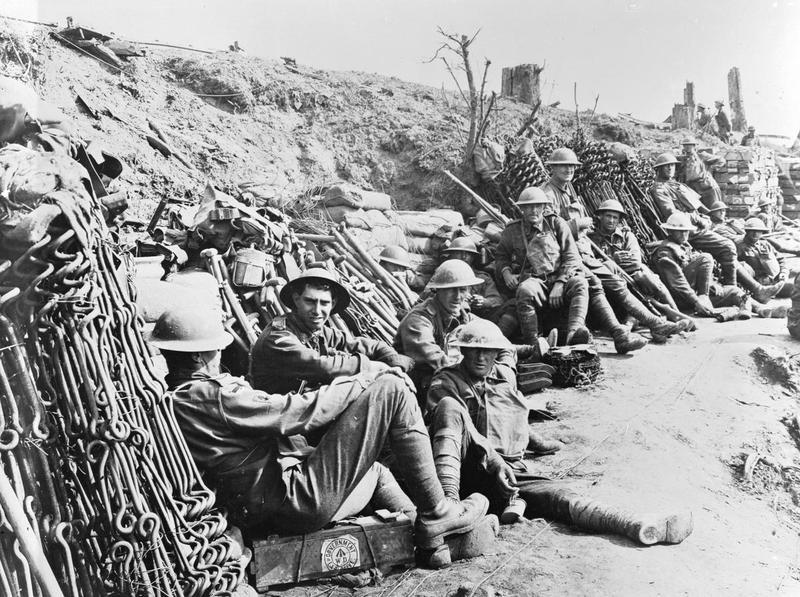
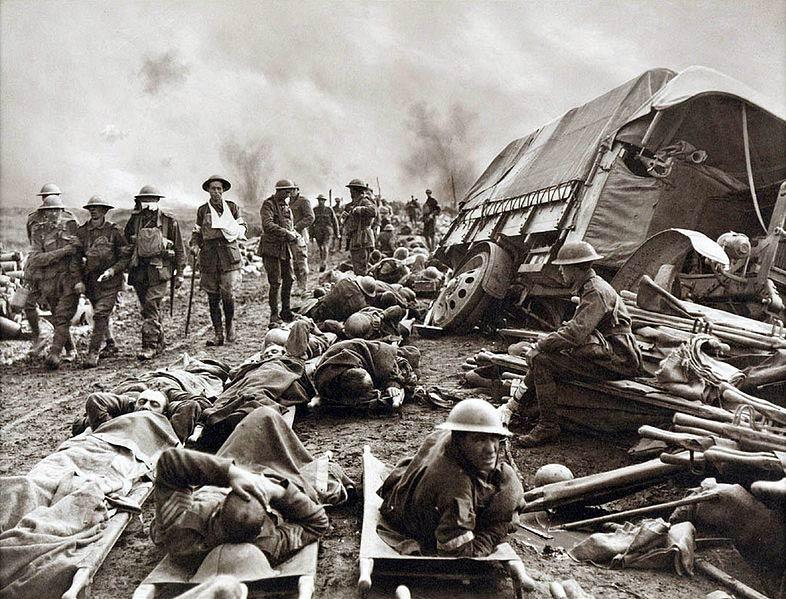
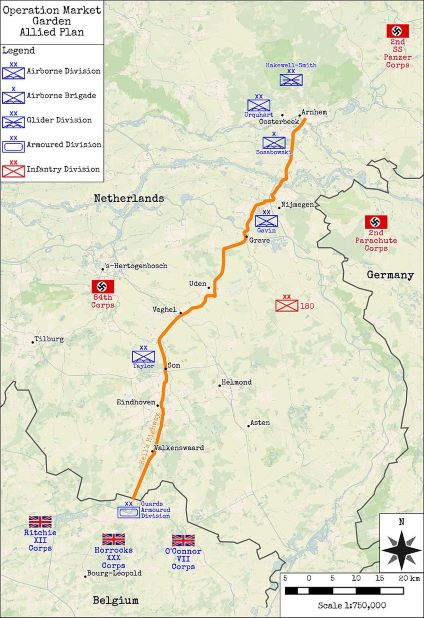
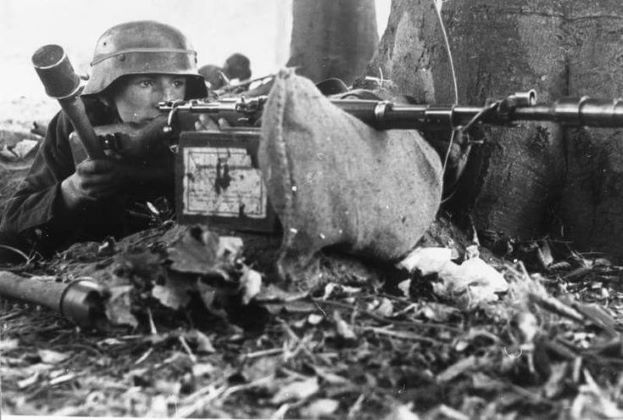
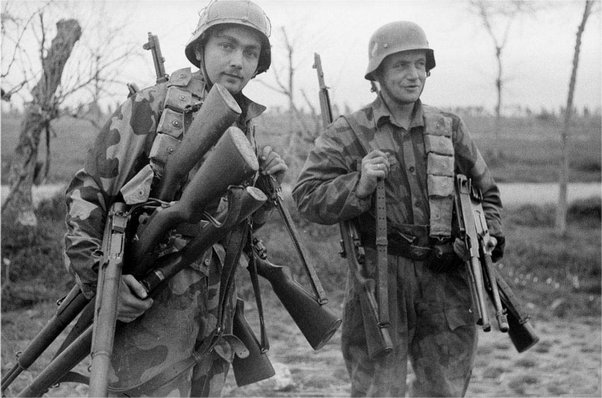
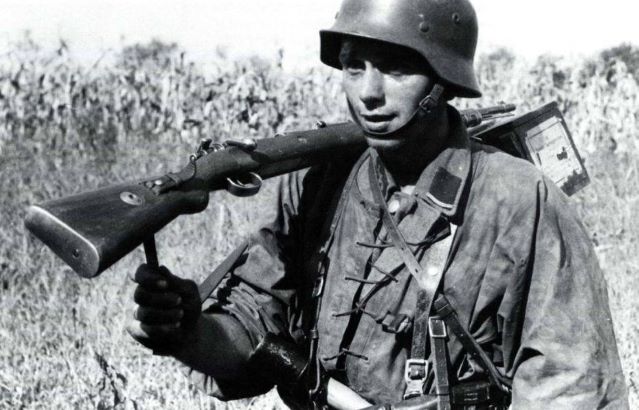
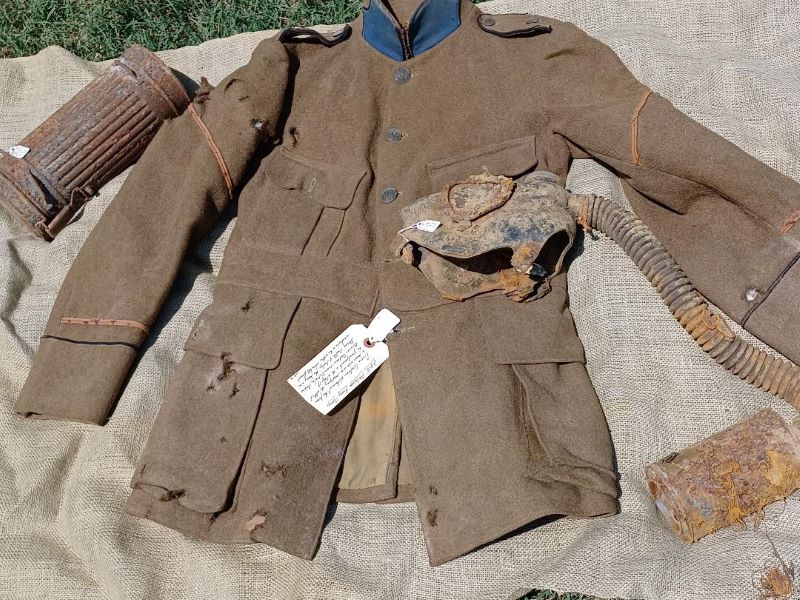
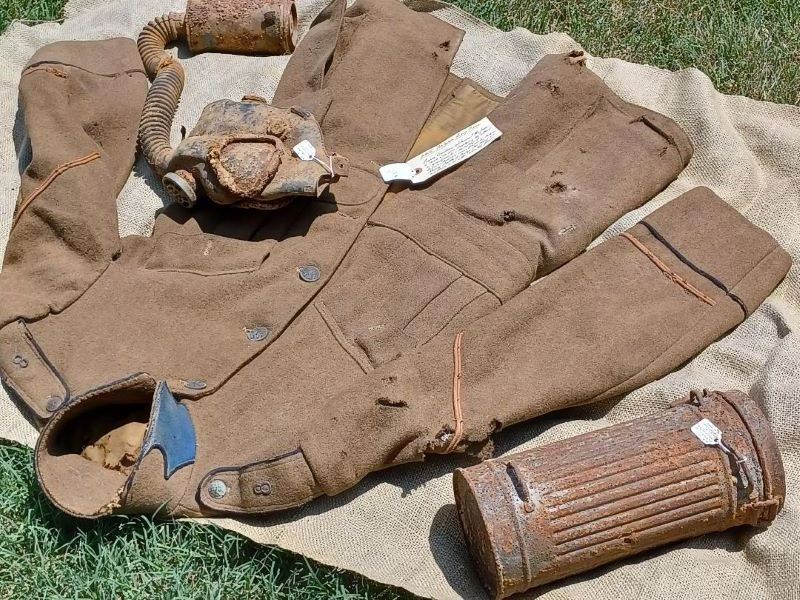
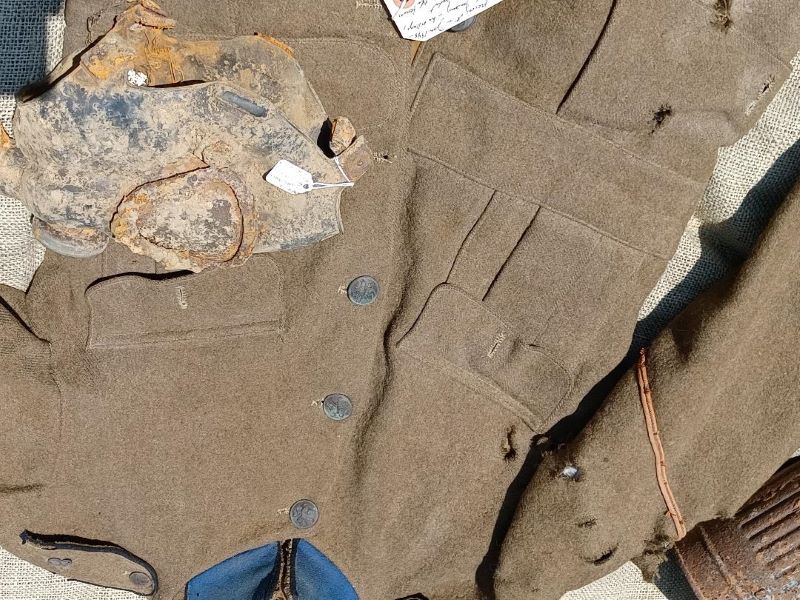
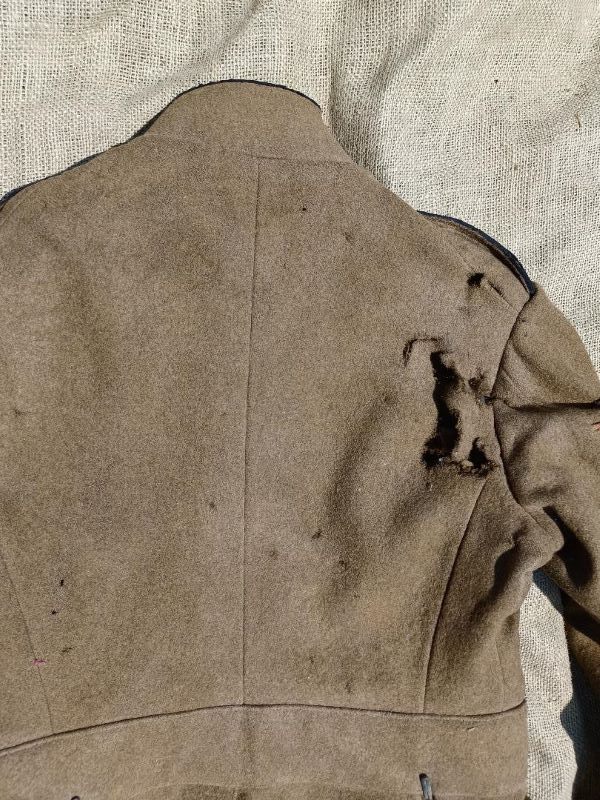
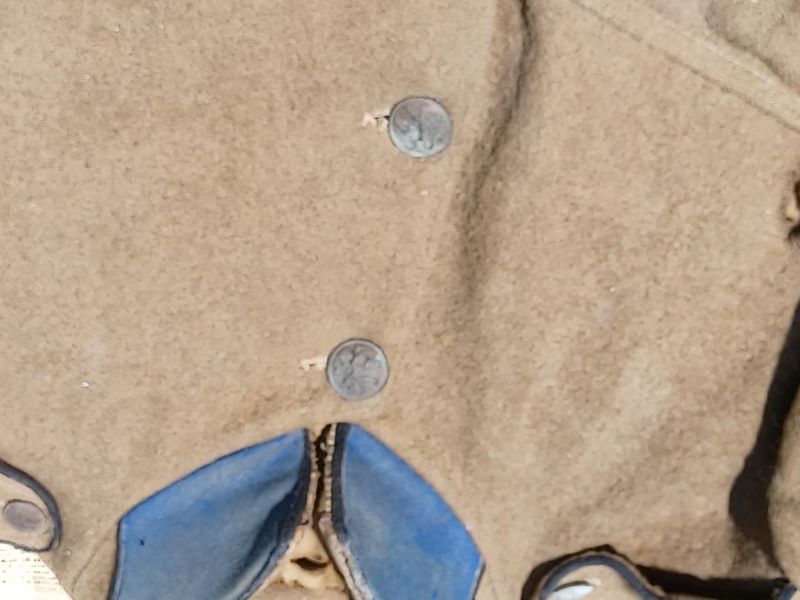
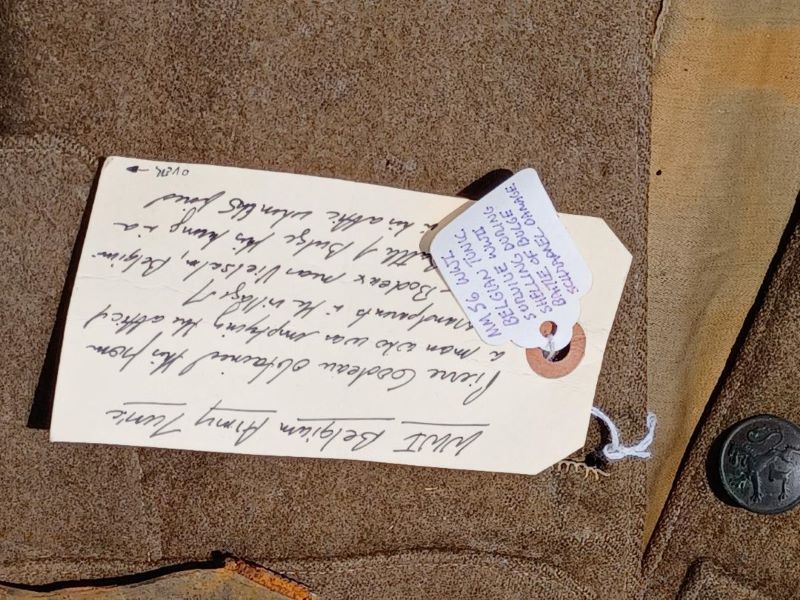
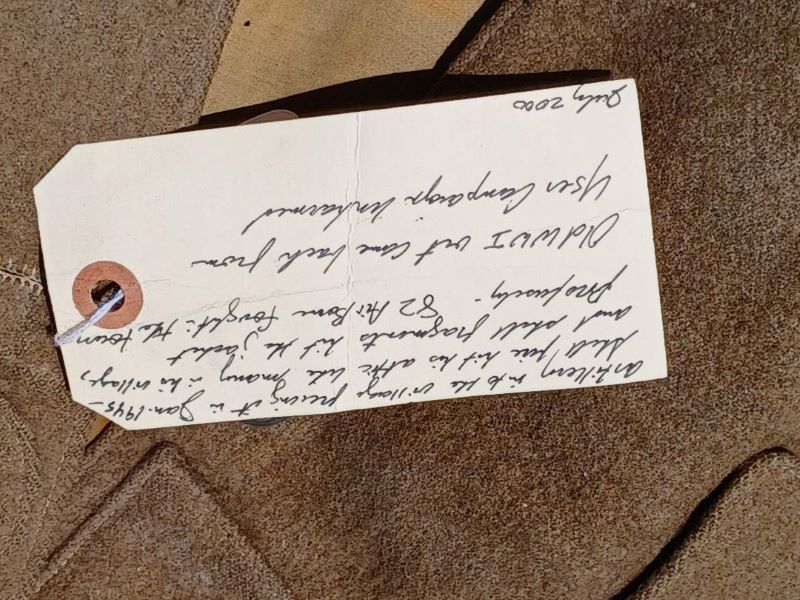
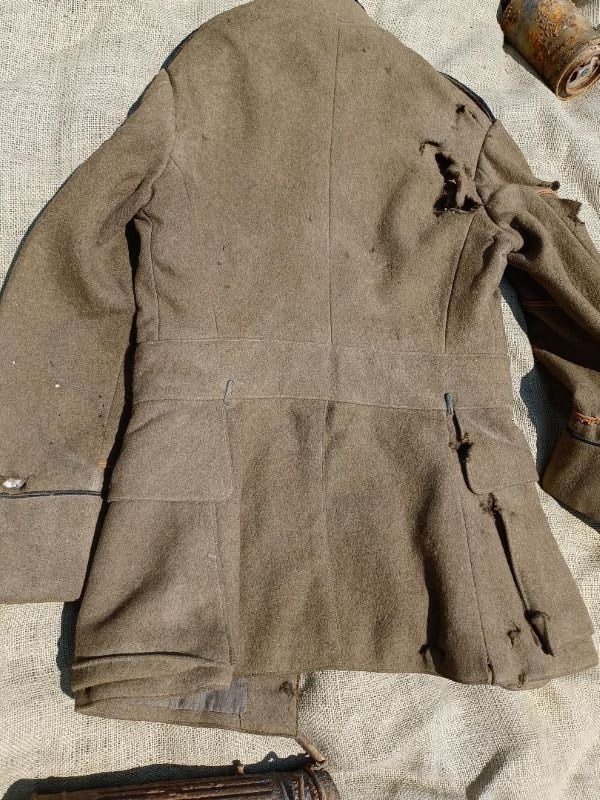
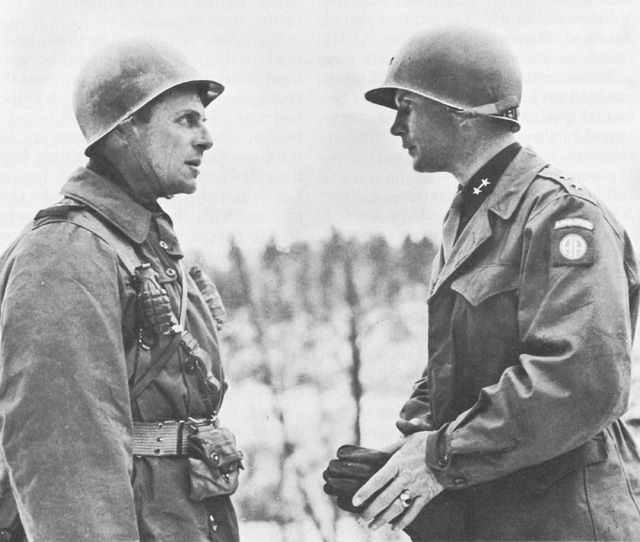
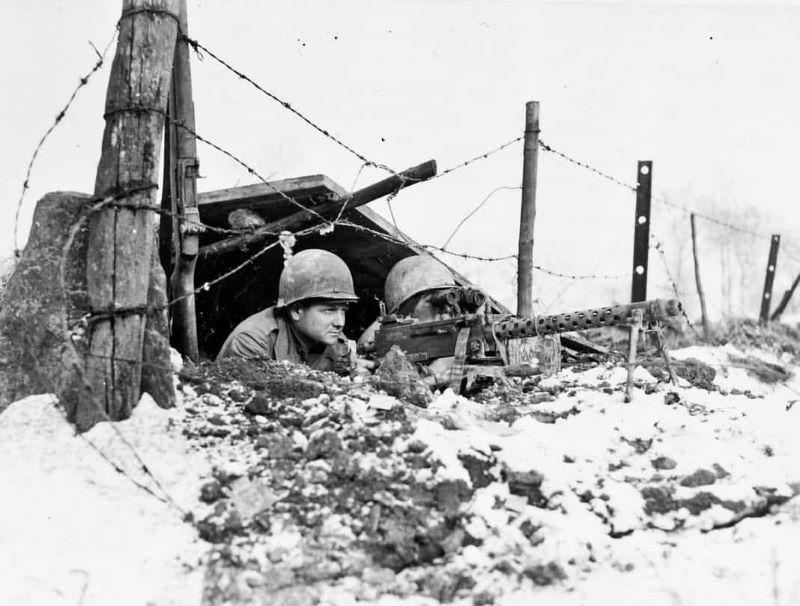
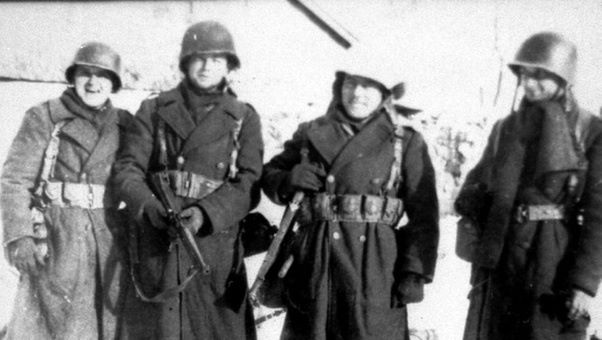
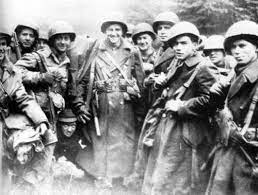
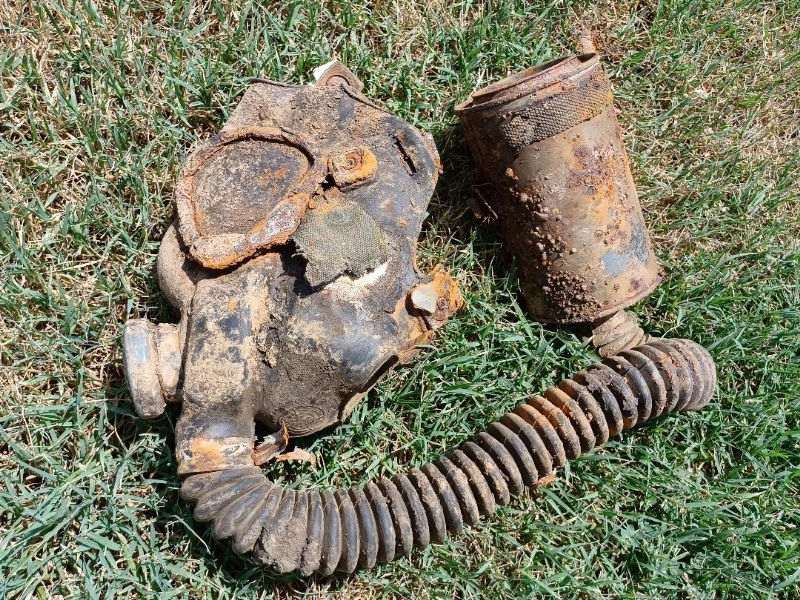
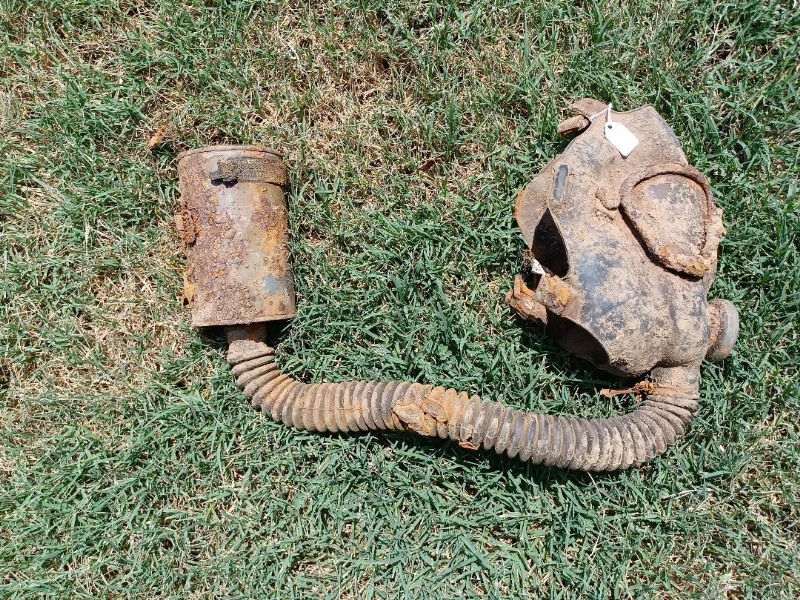
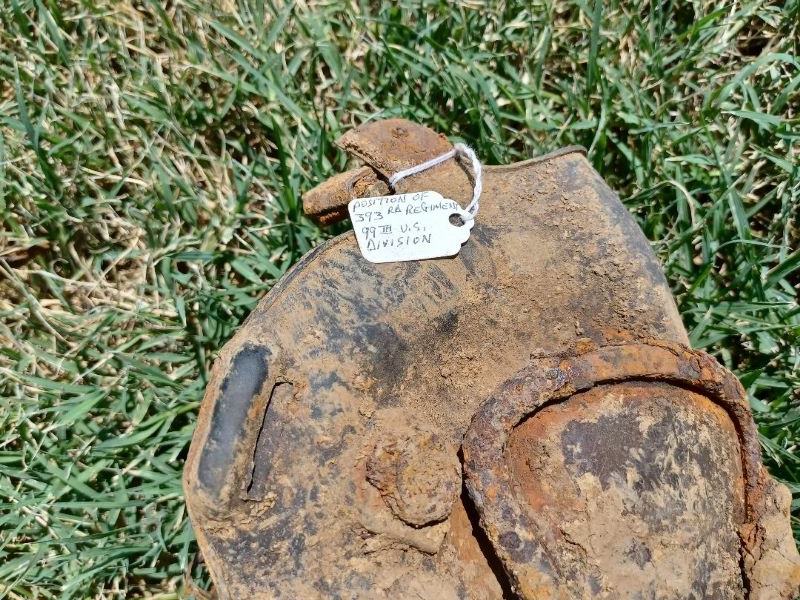
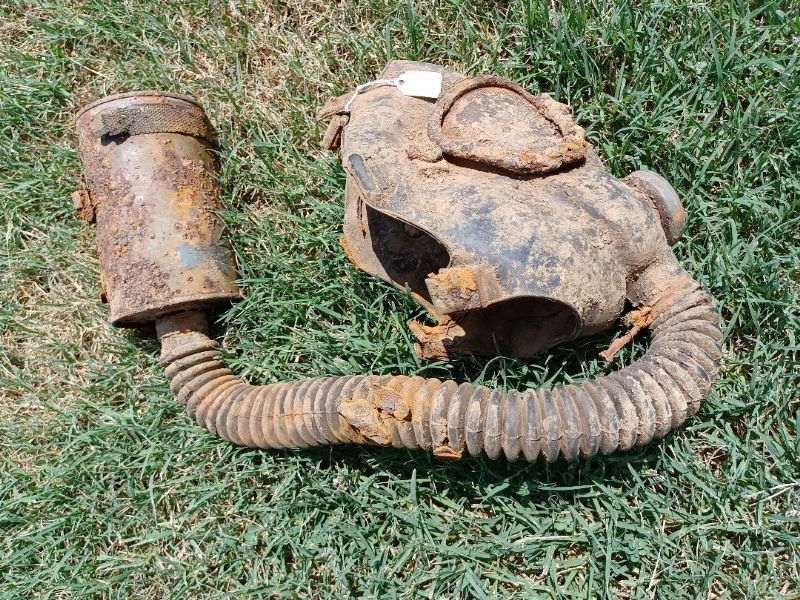
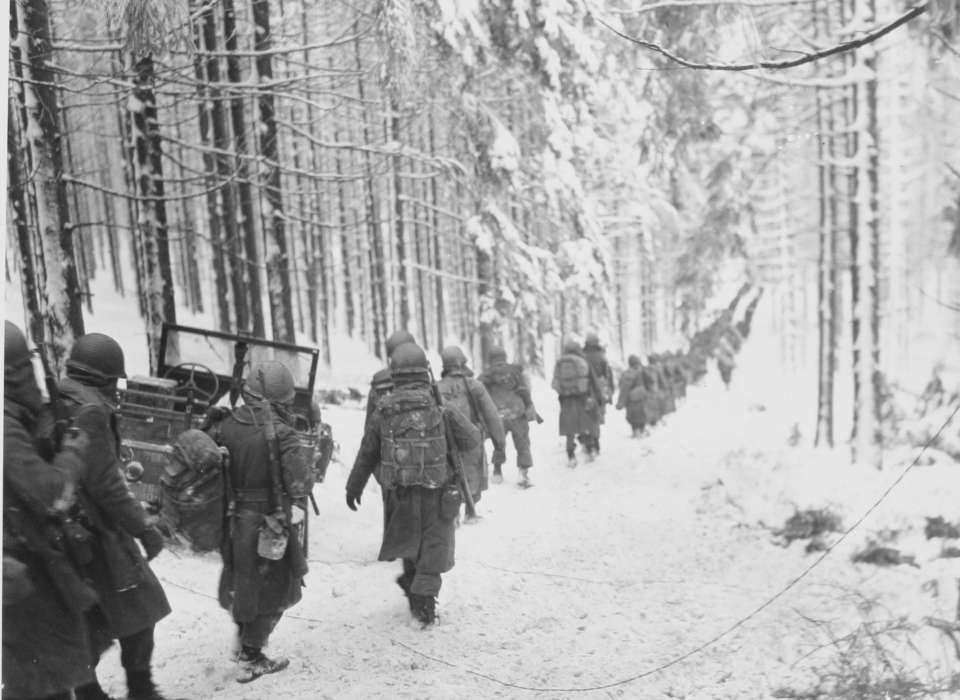
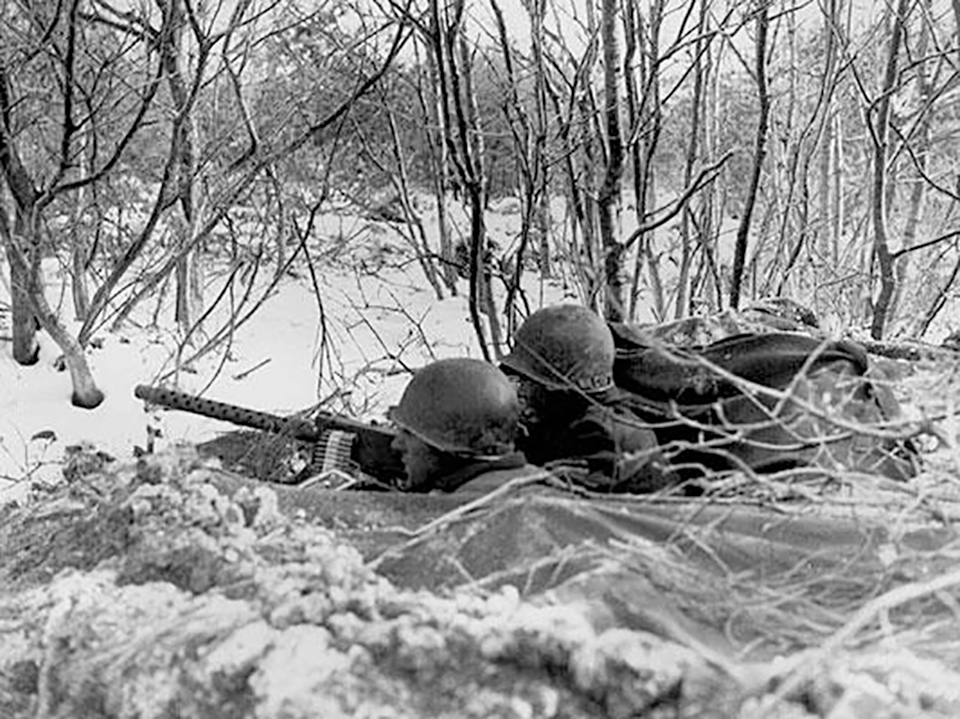
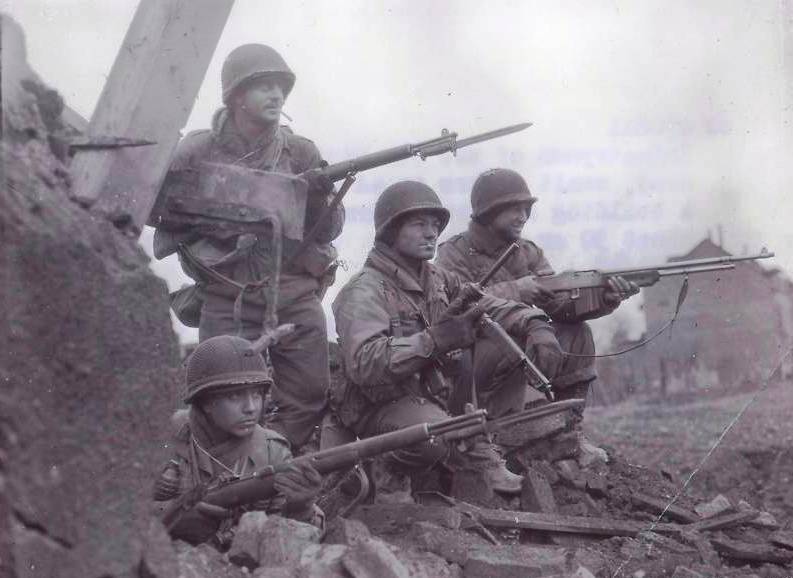
 (1).jpg)
.jpg)
.jpg)
 (1).jpg)
 (1).jpg)
 (1).jpg)
 (1).jpg)
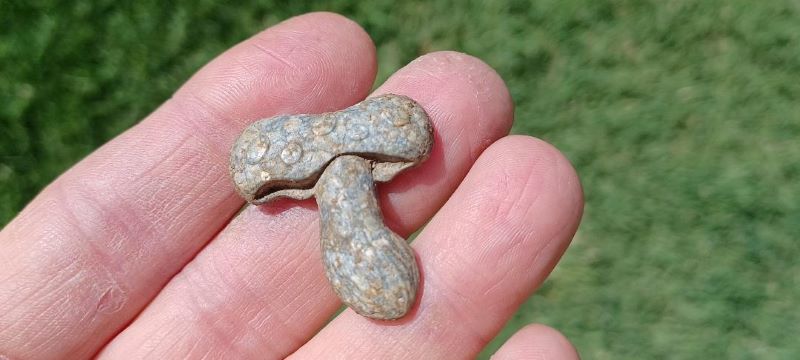
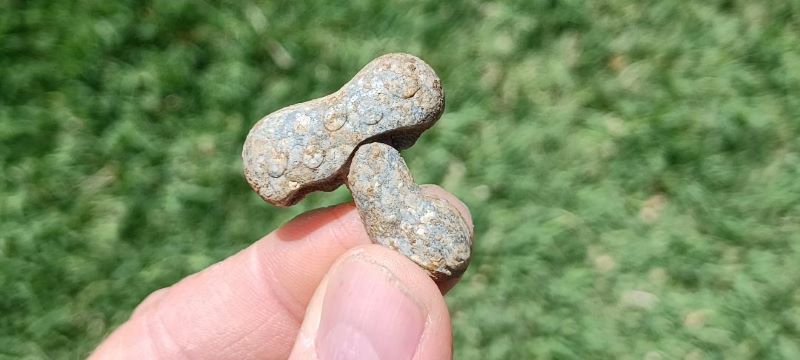
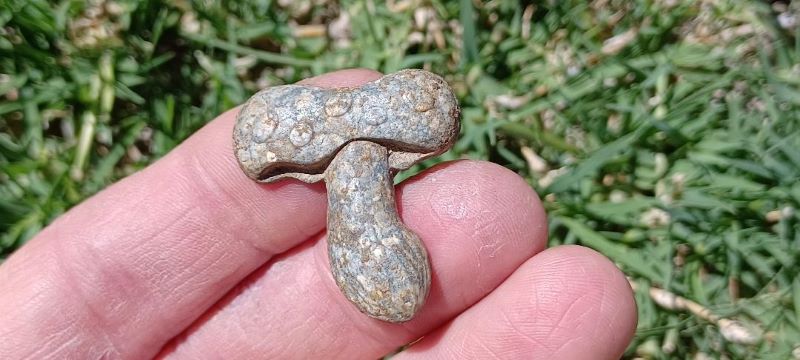
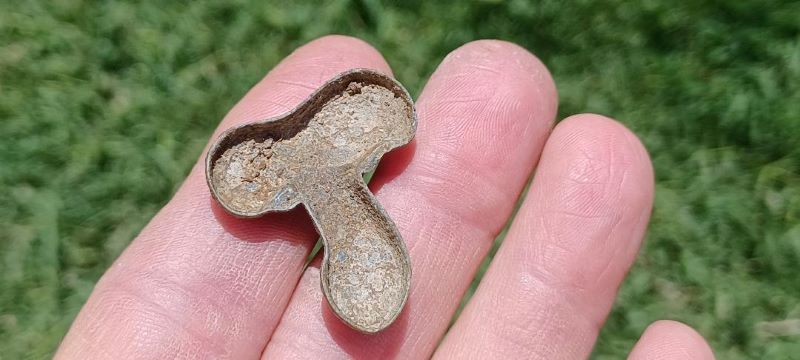
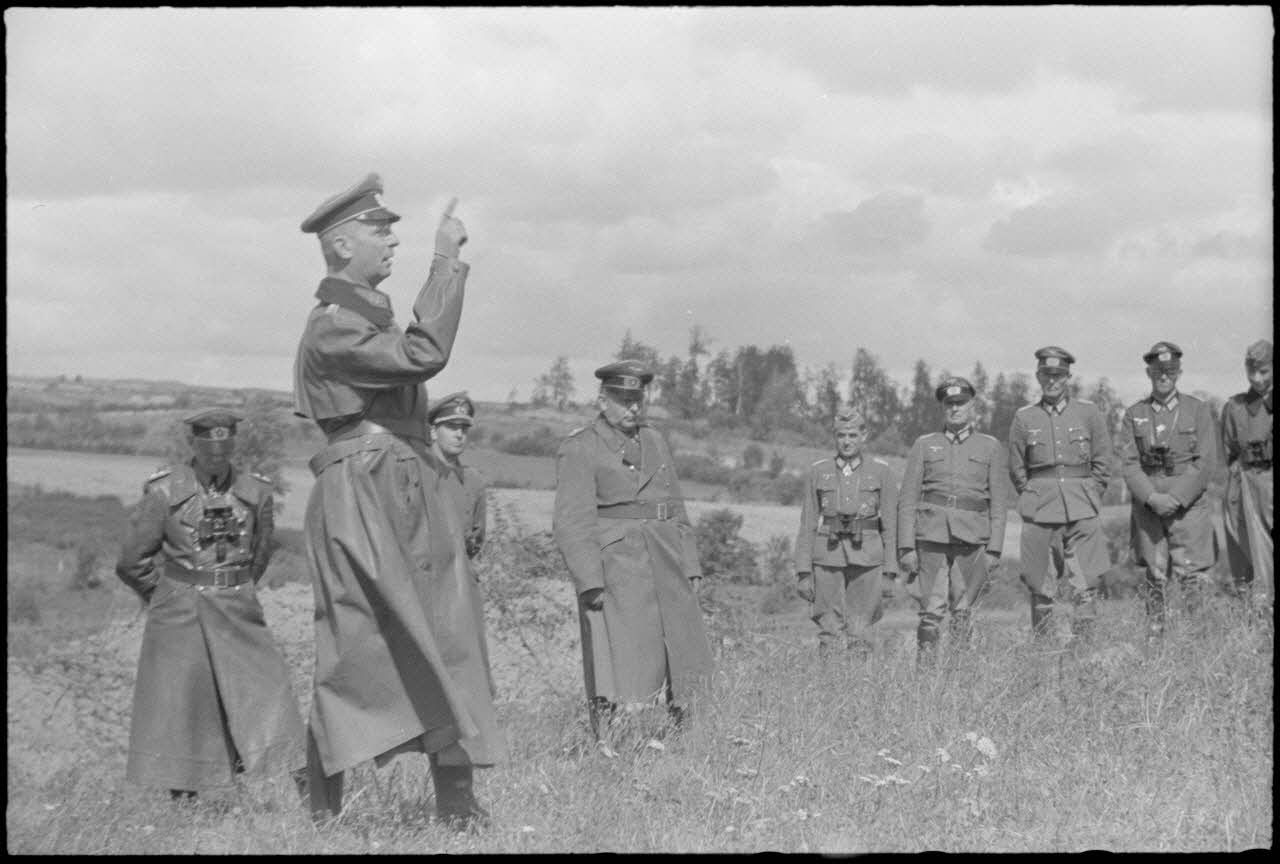
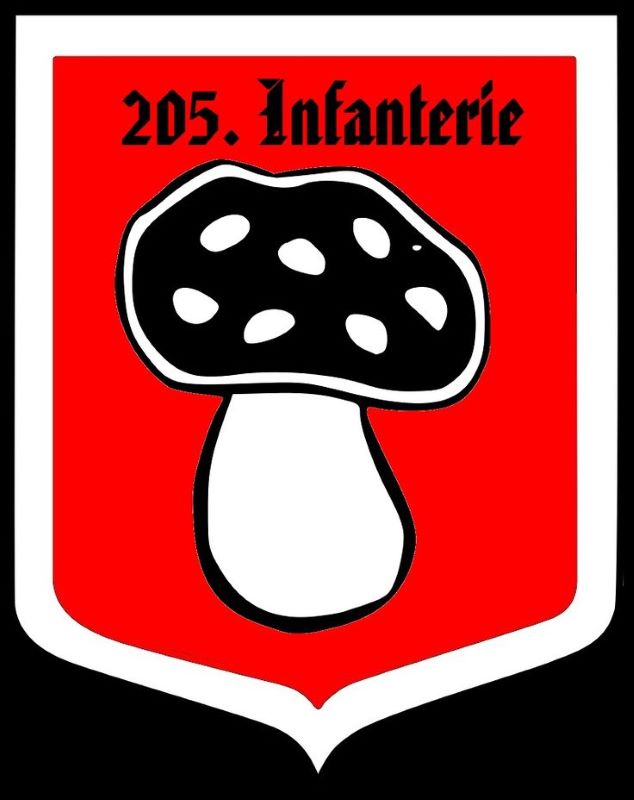
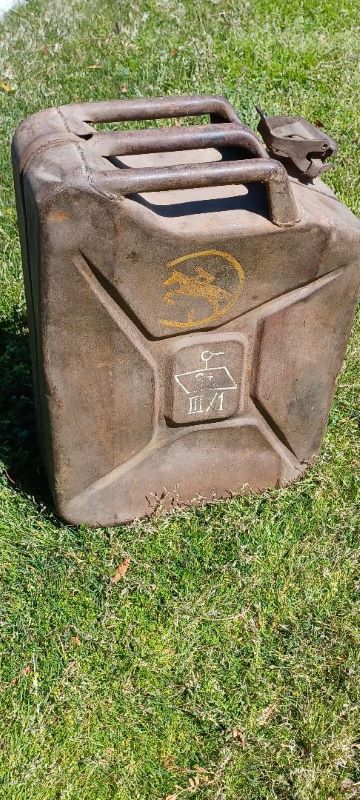
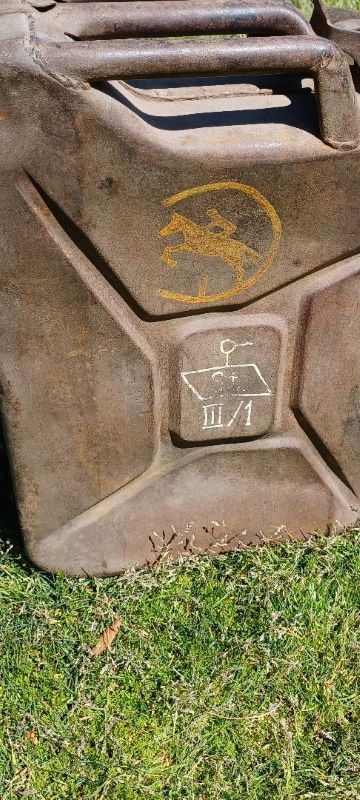
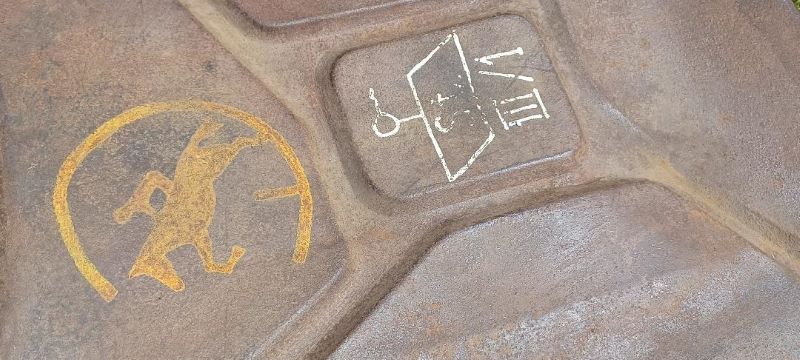
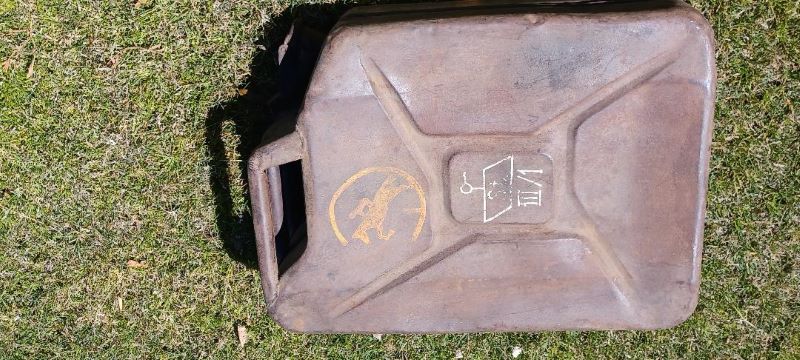
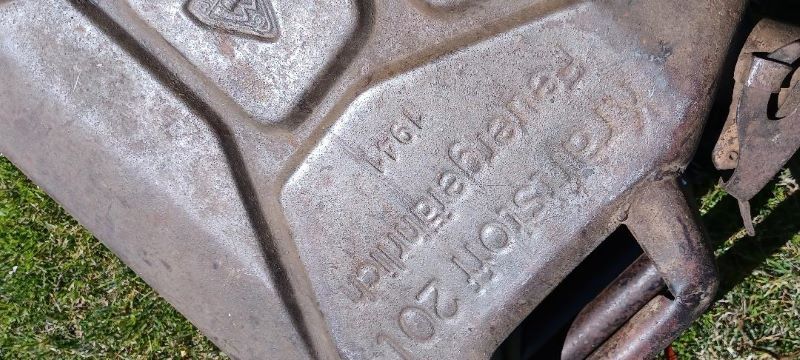
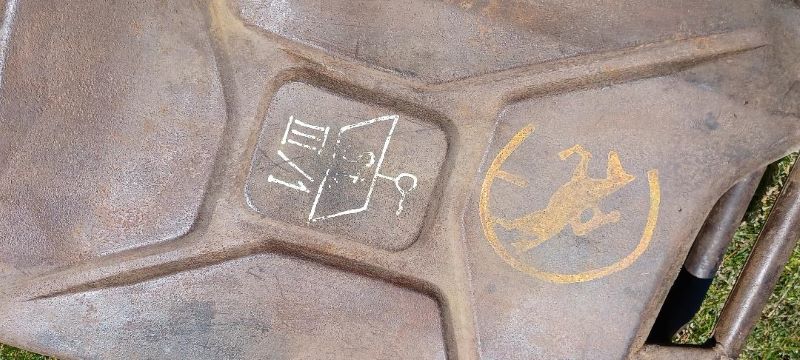
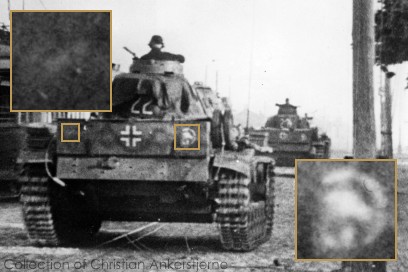
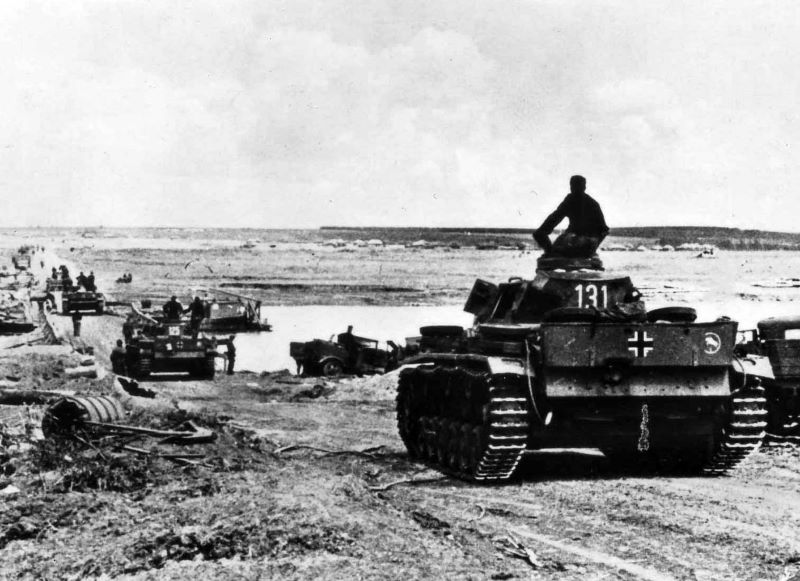
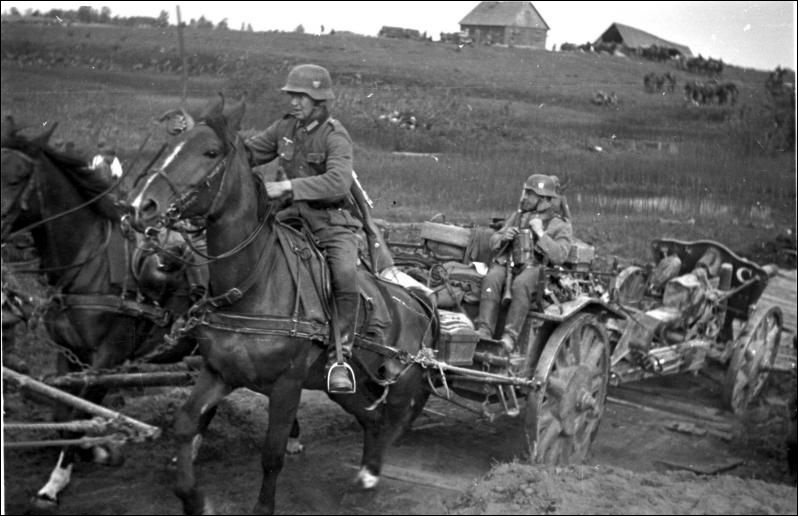
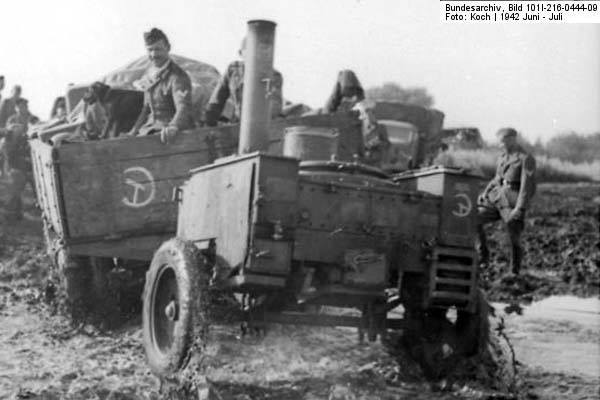
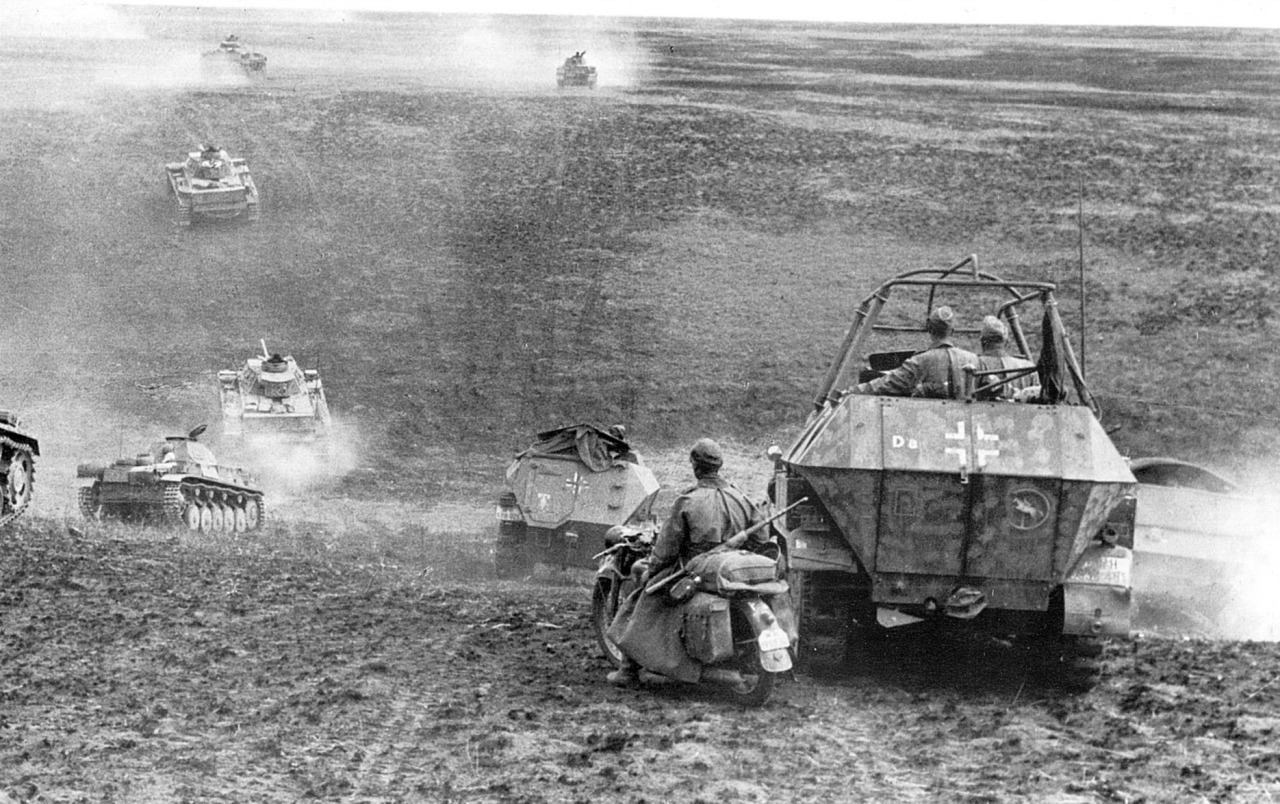
.jpg)
.jpg)
.jpg)
